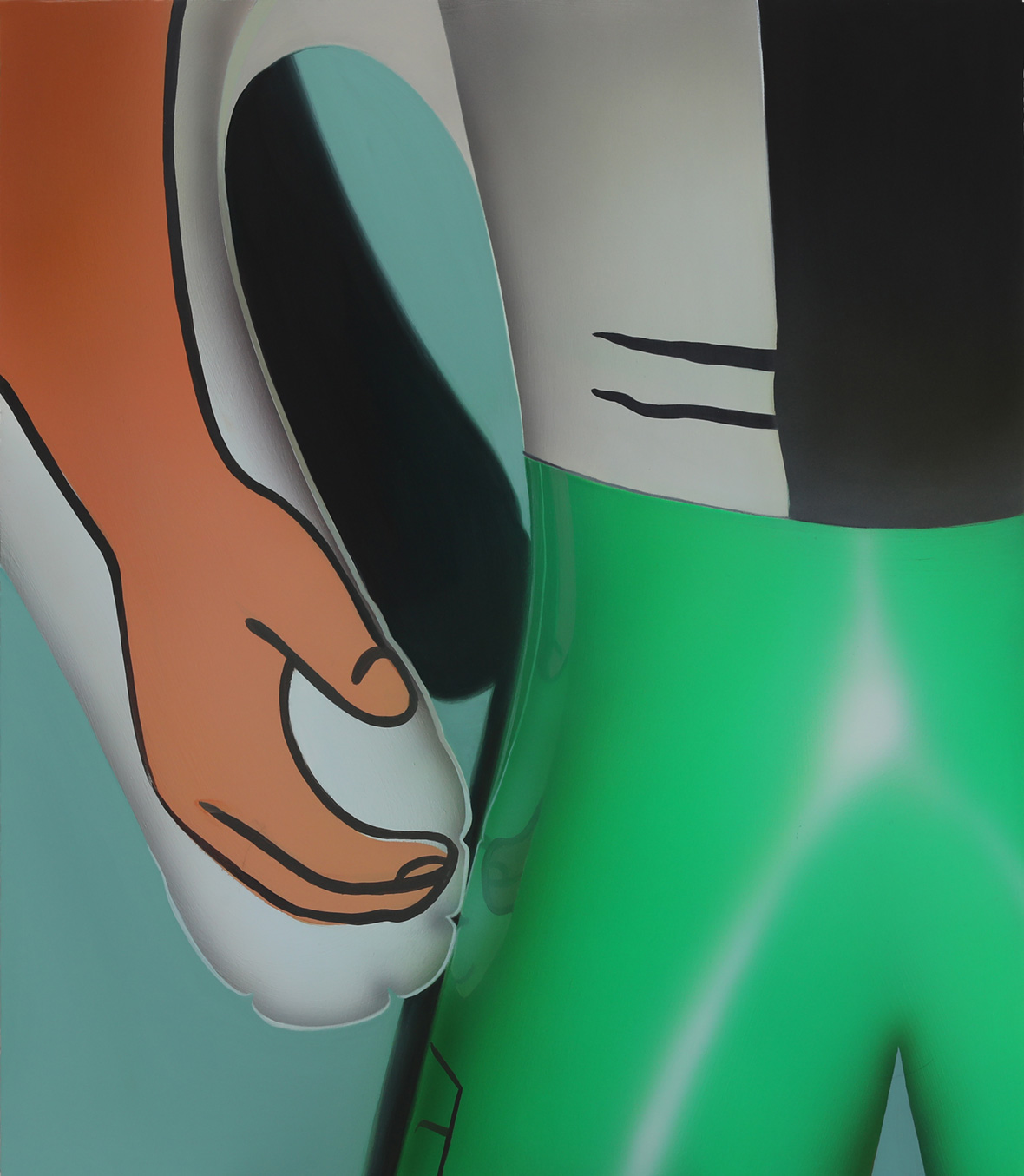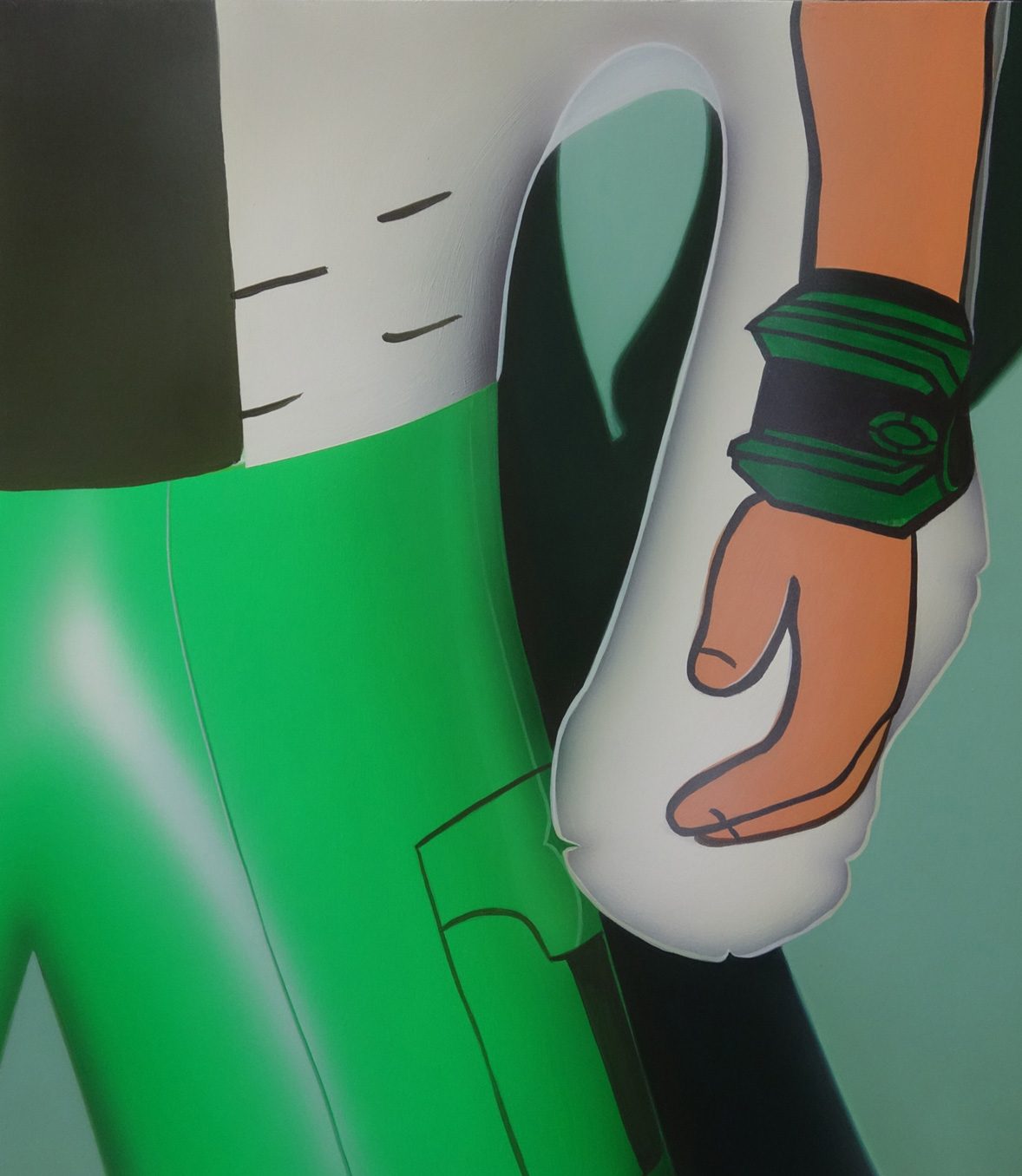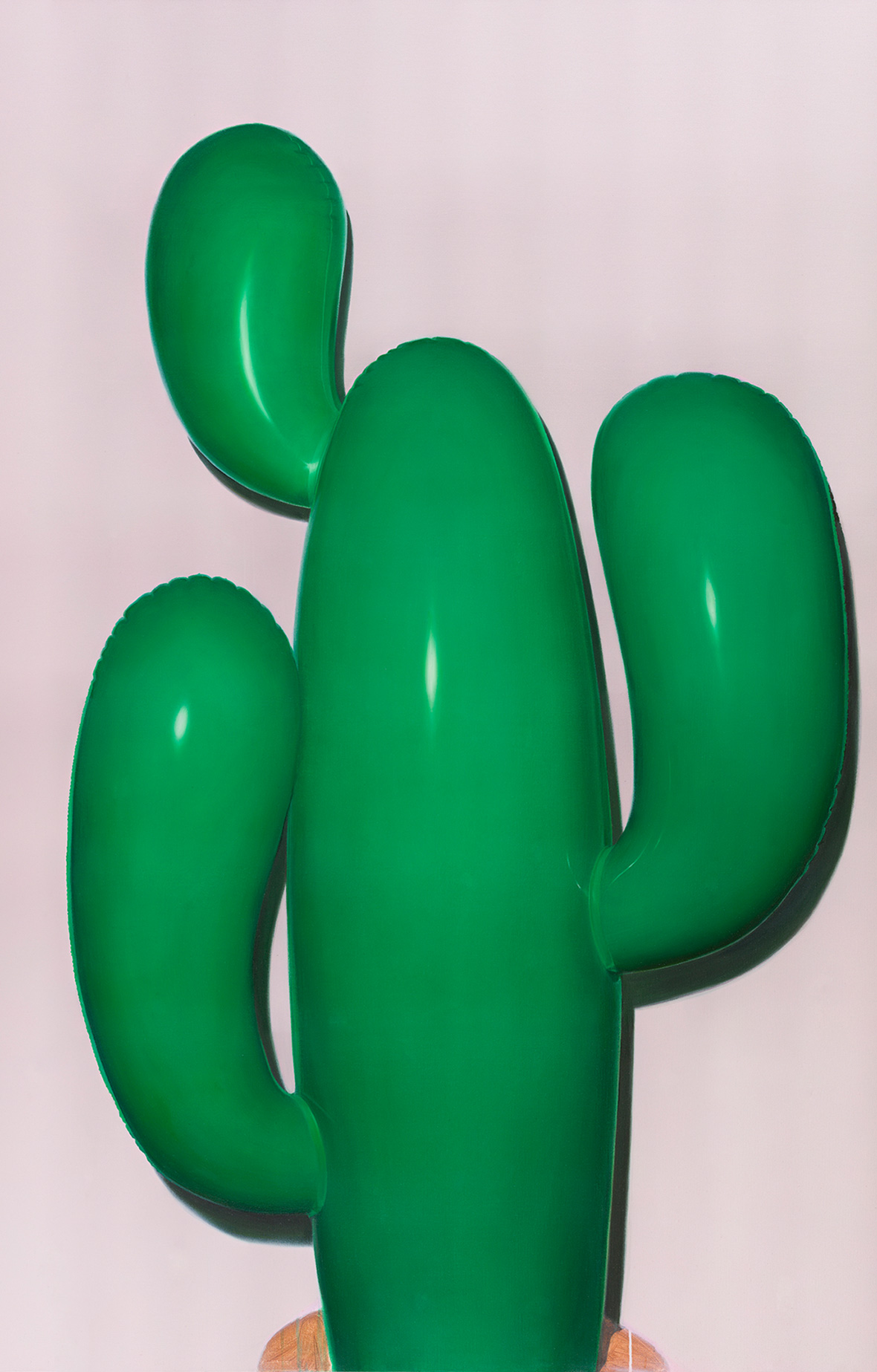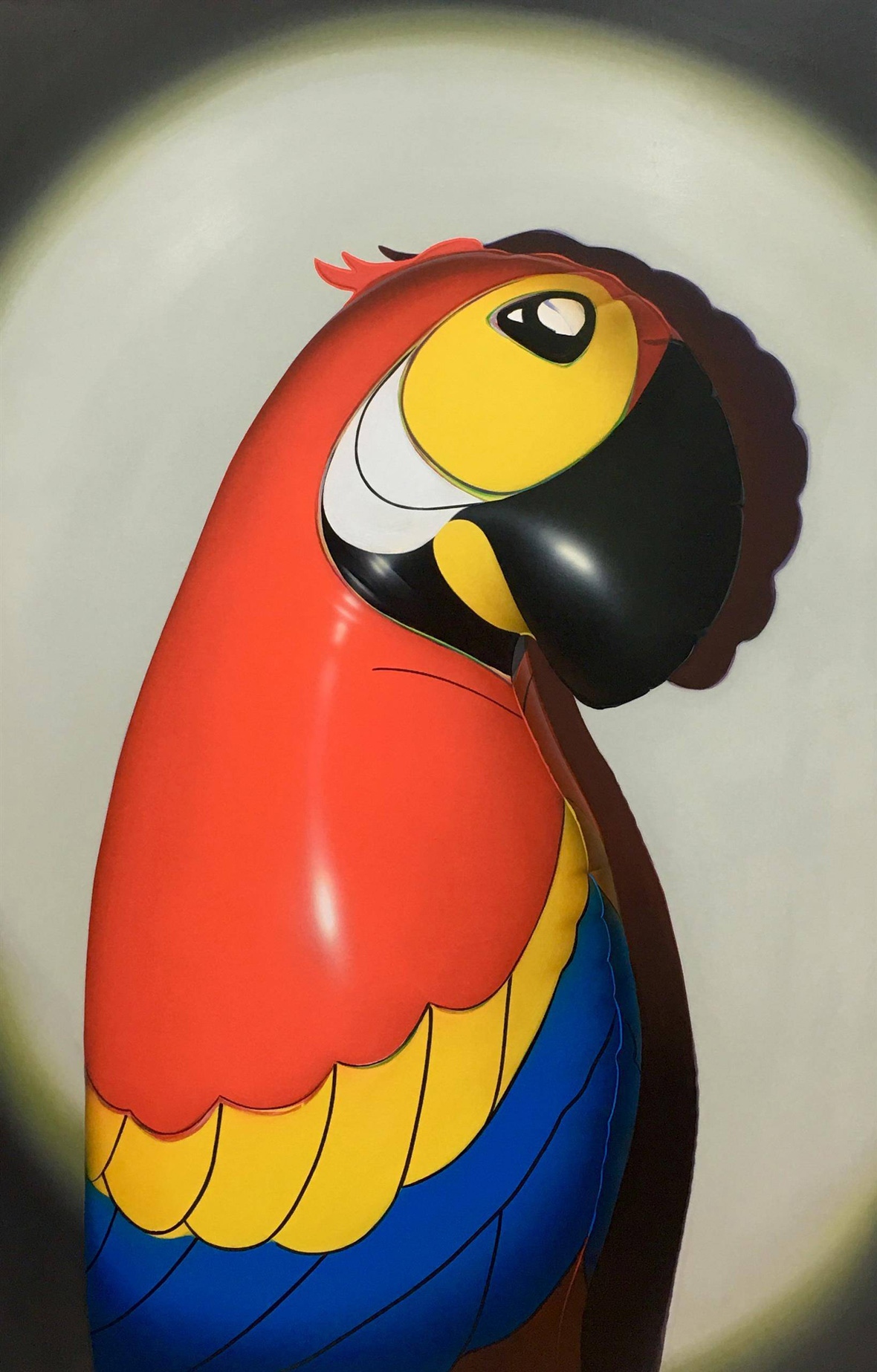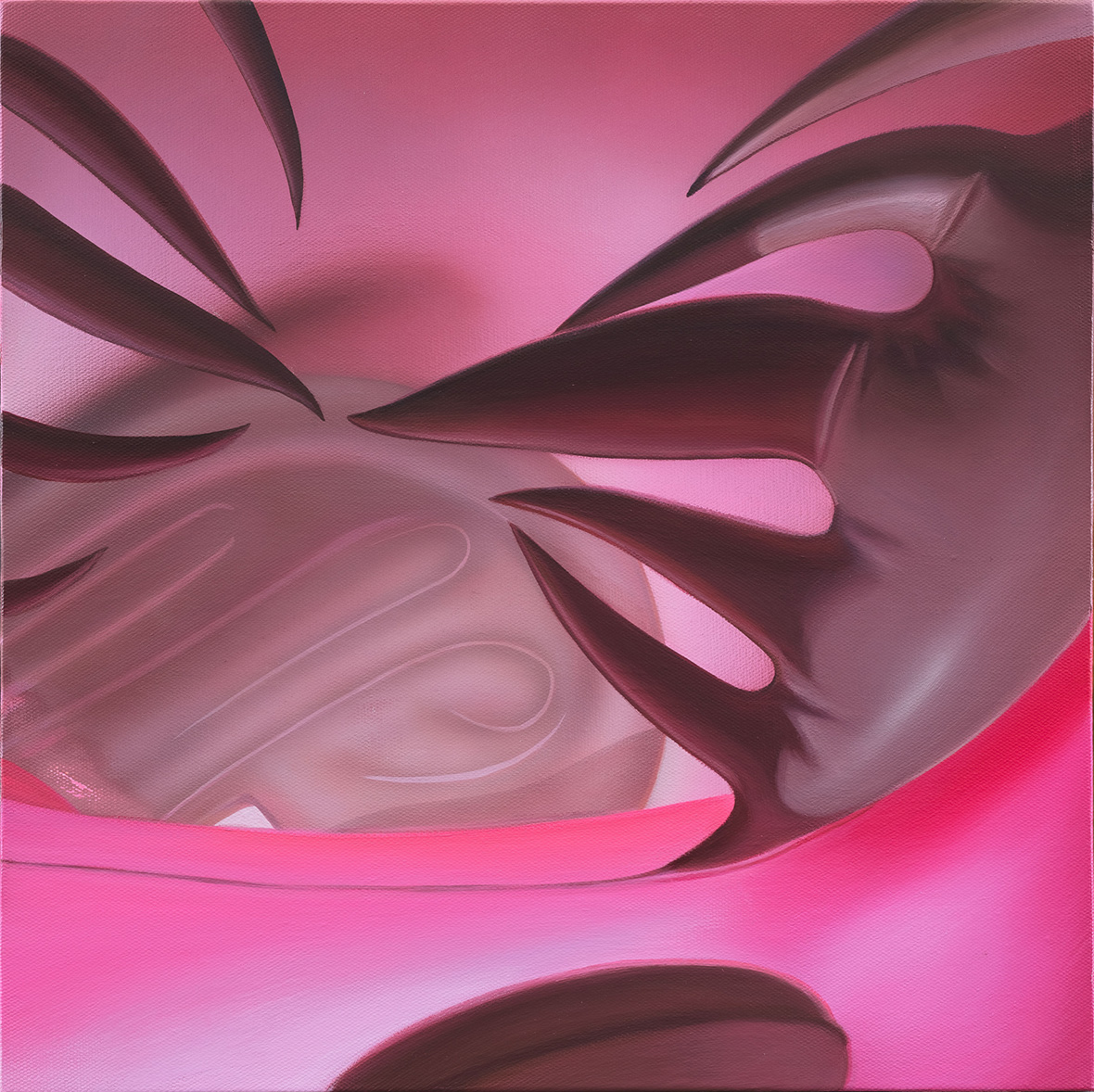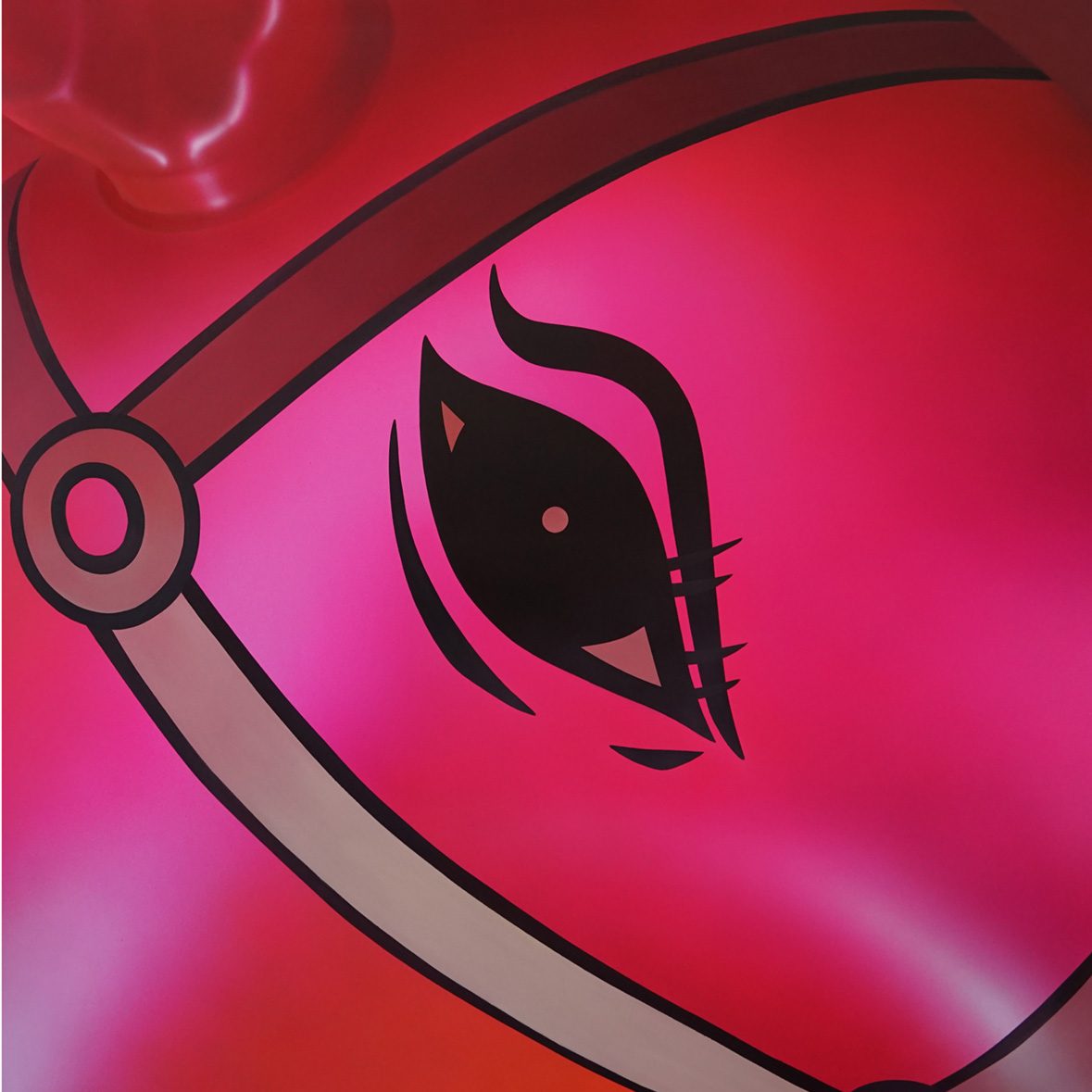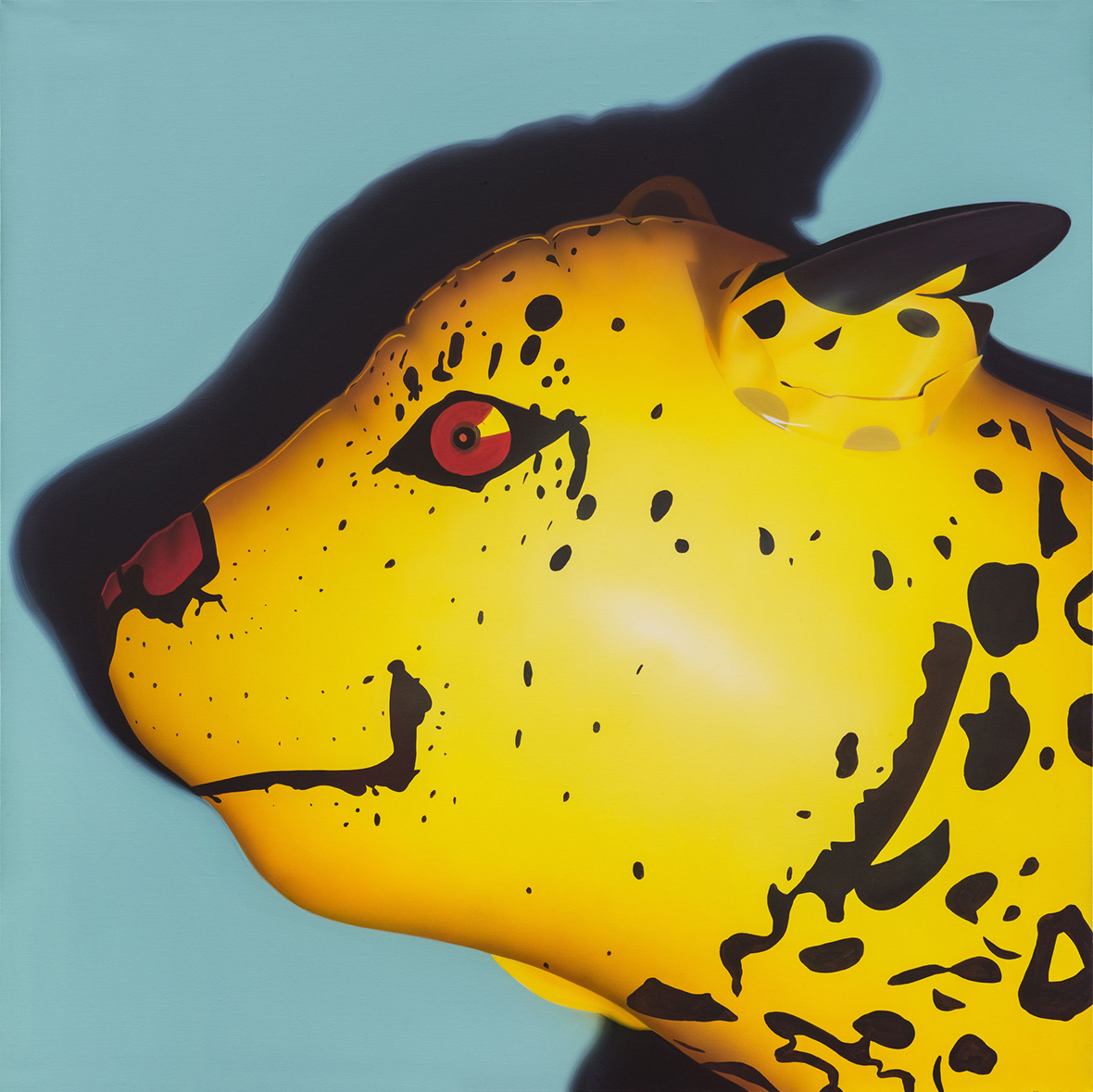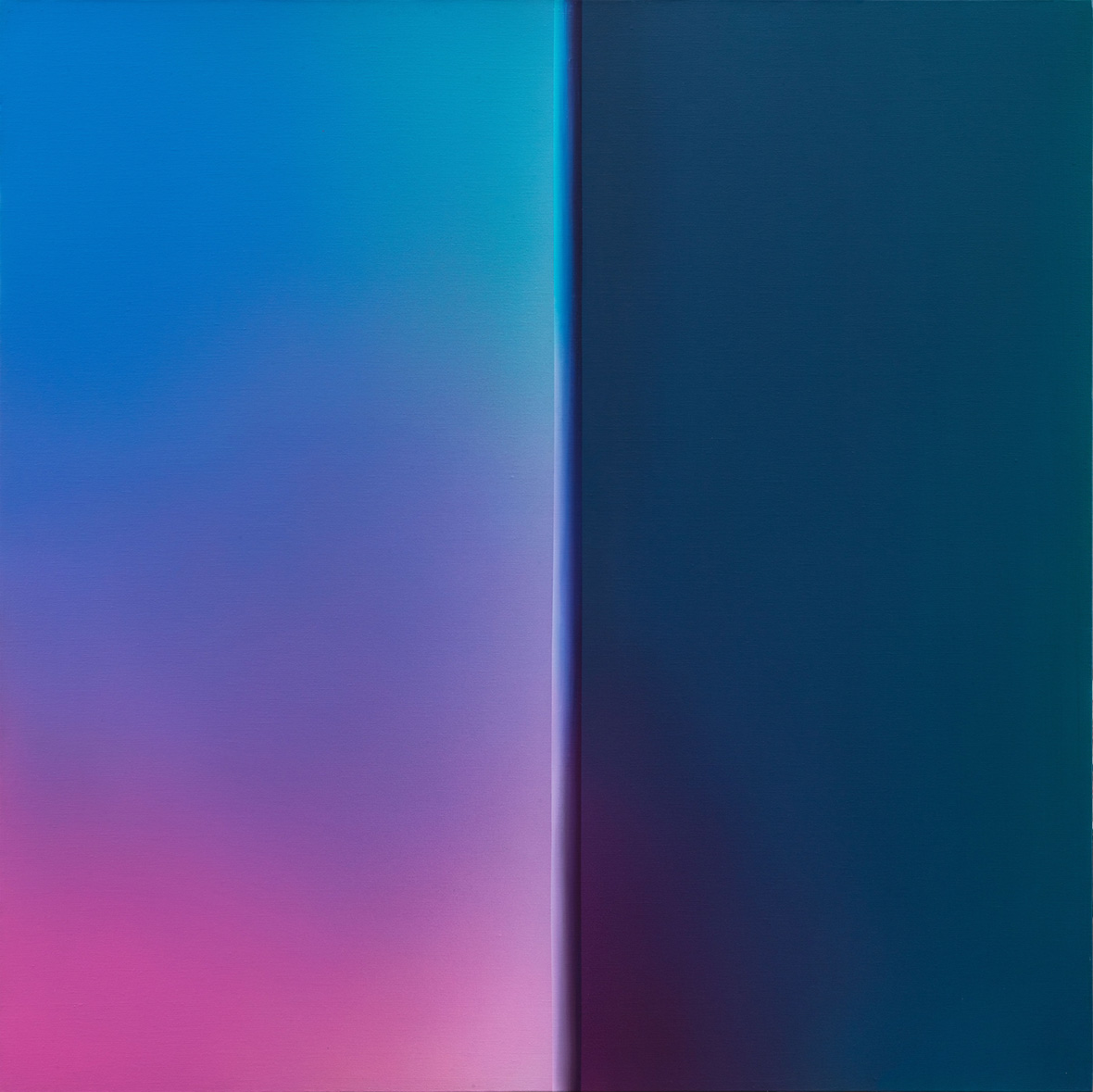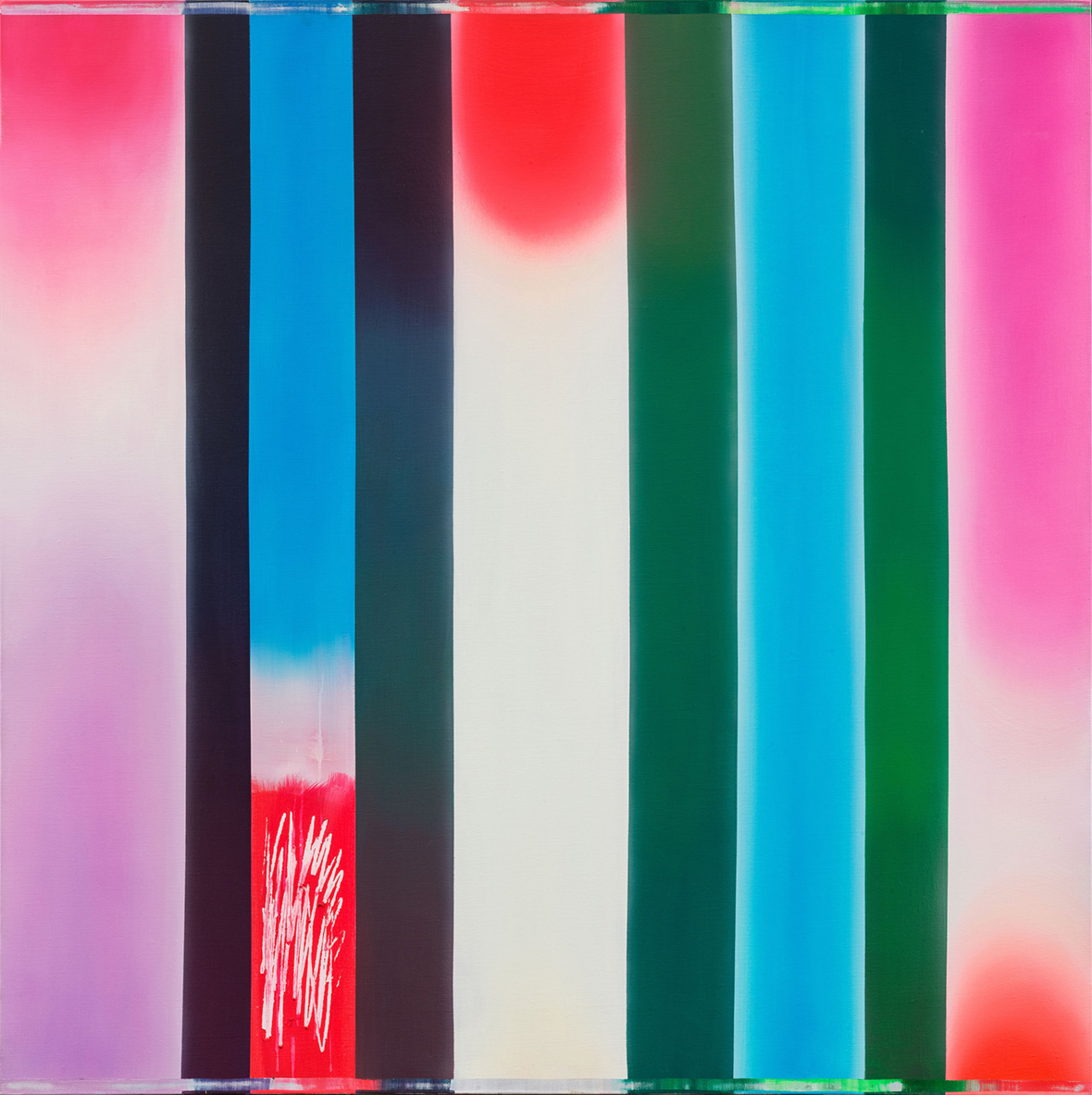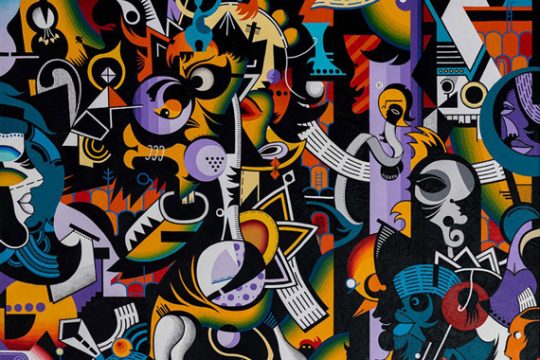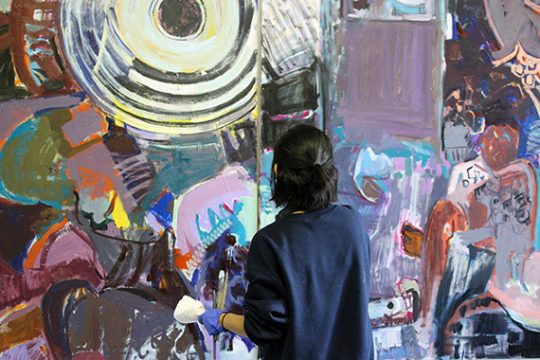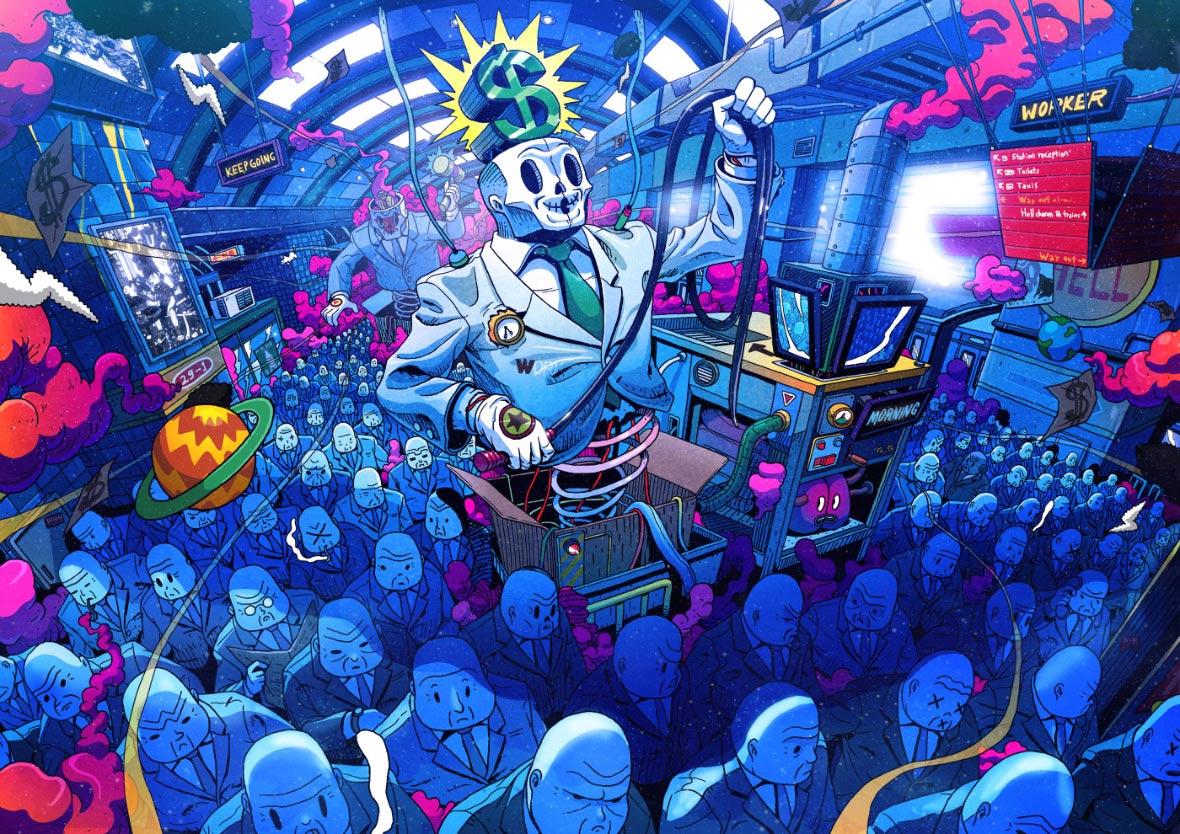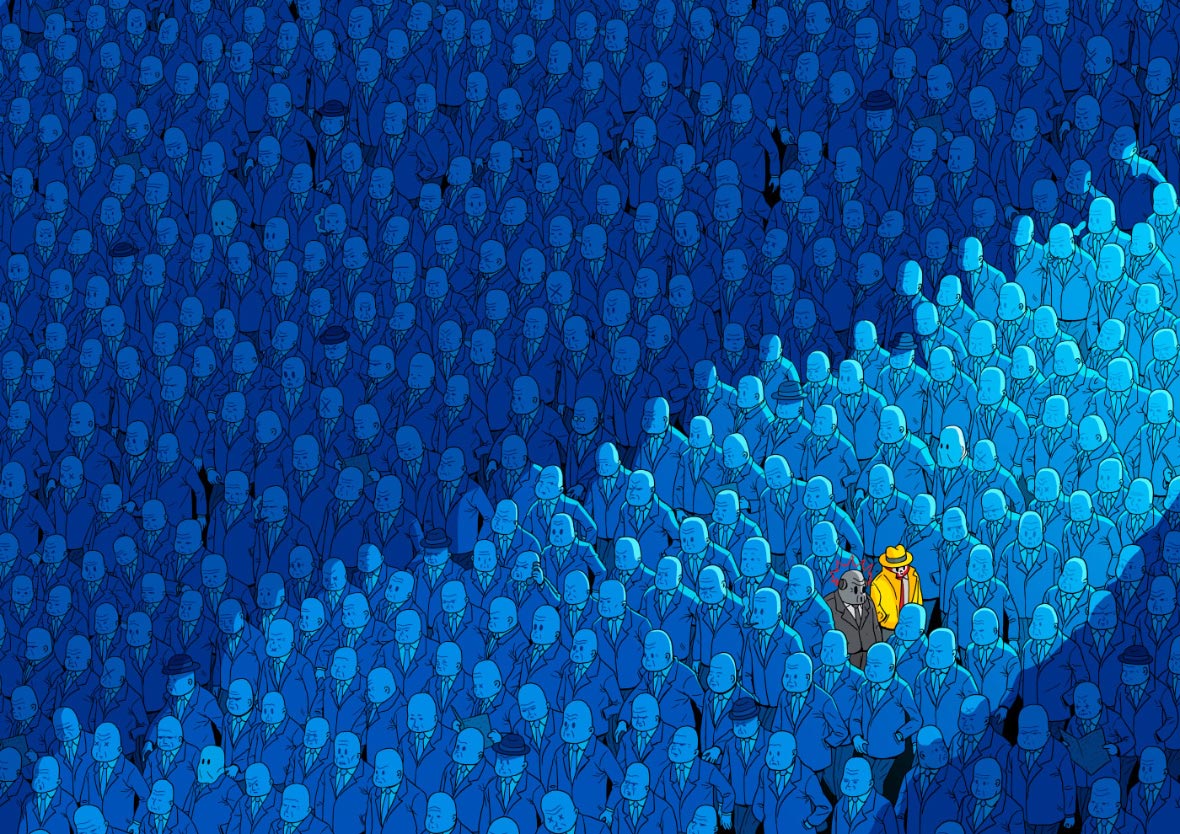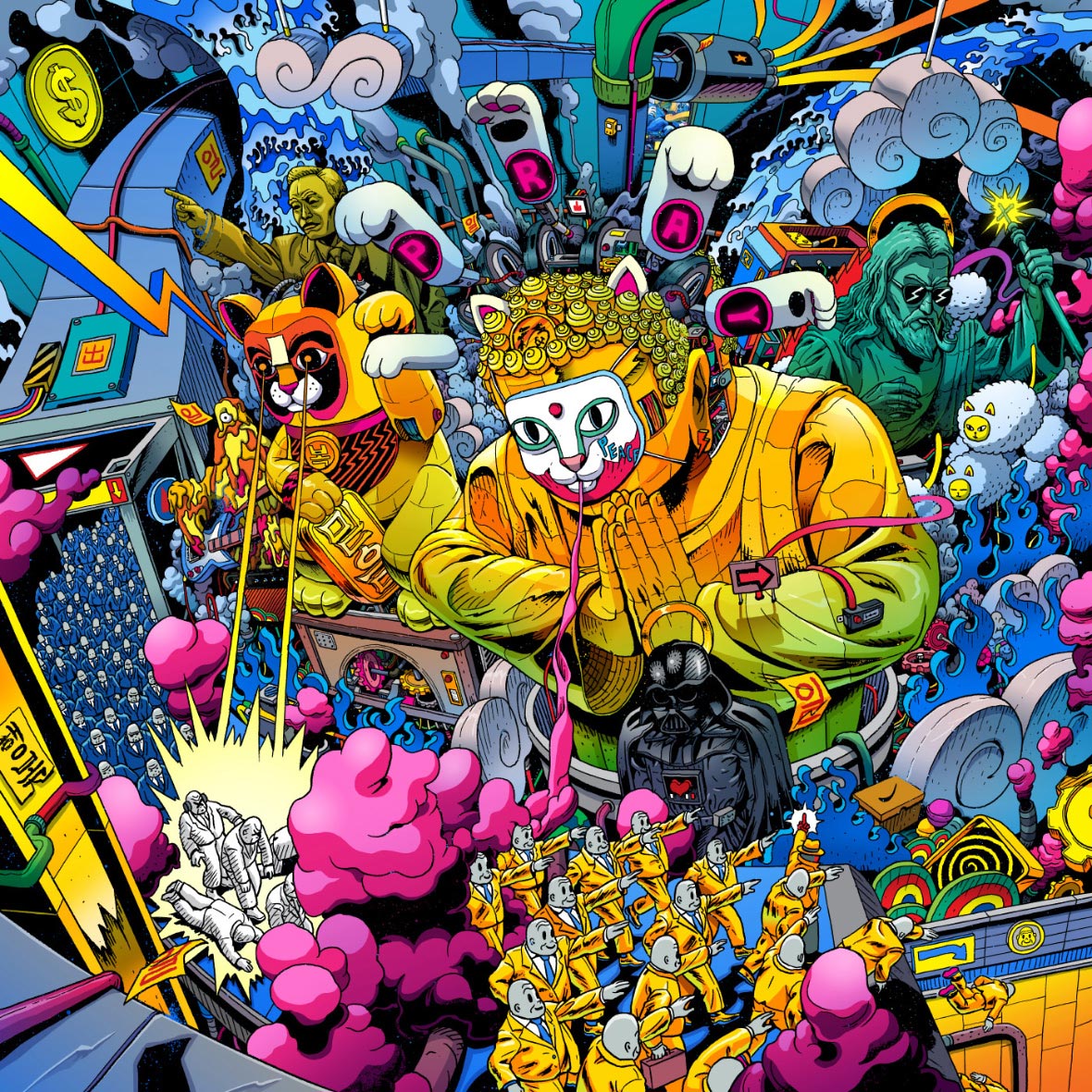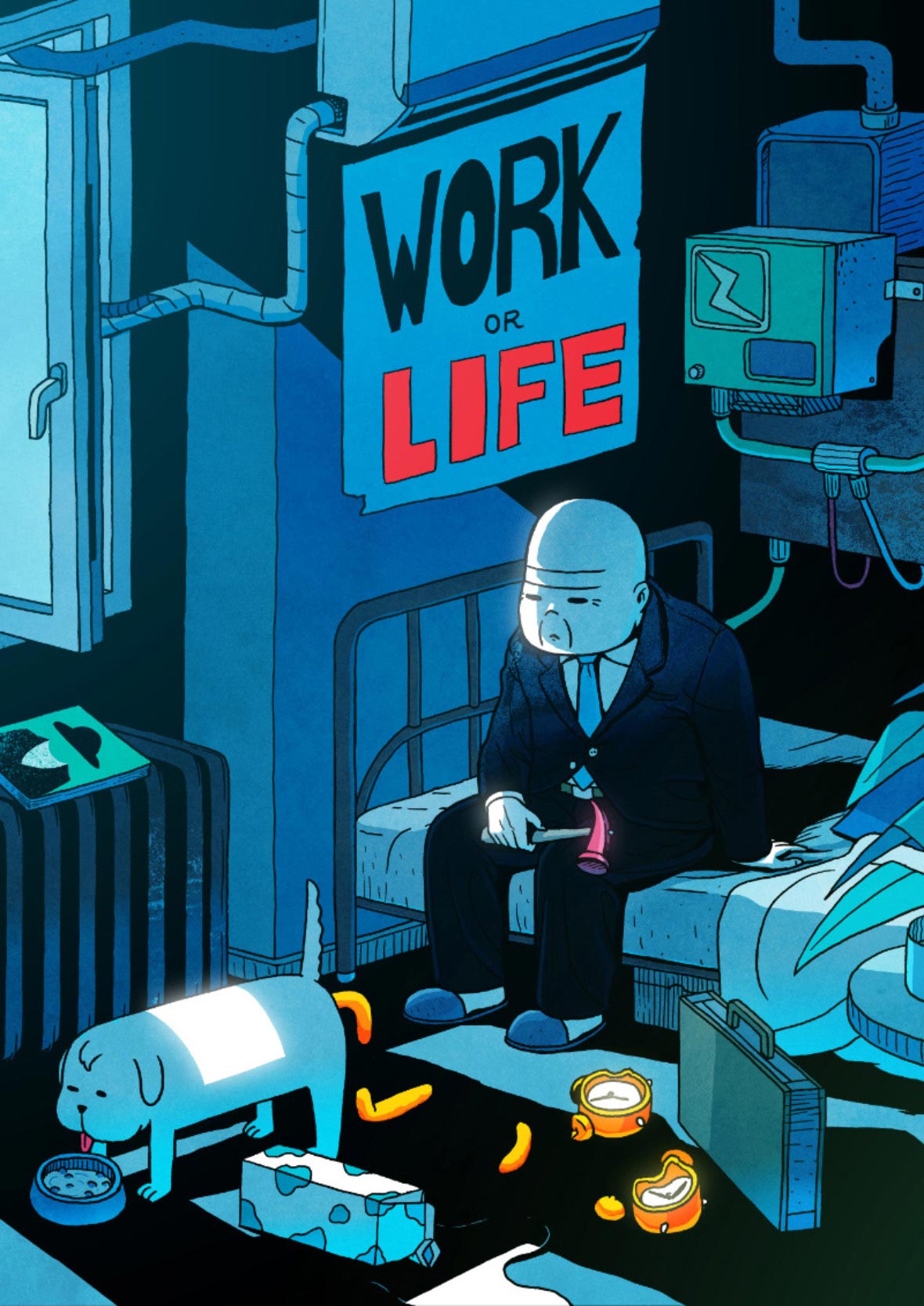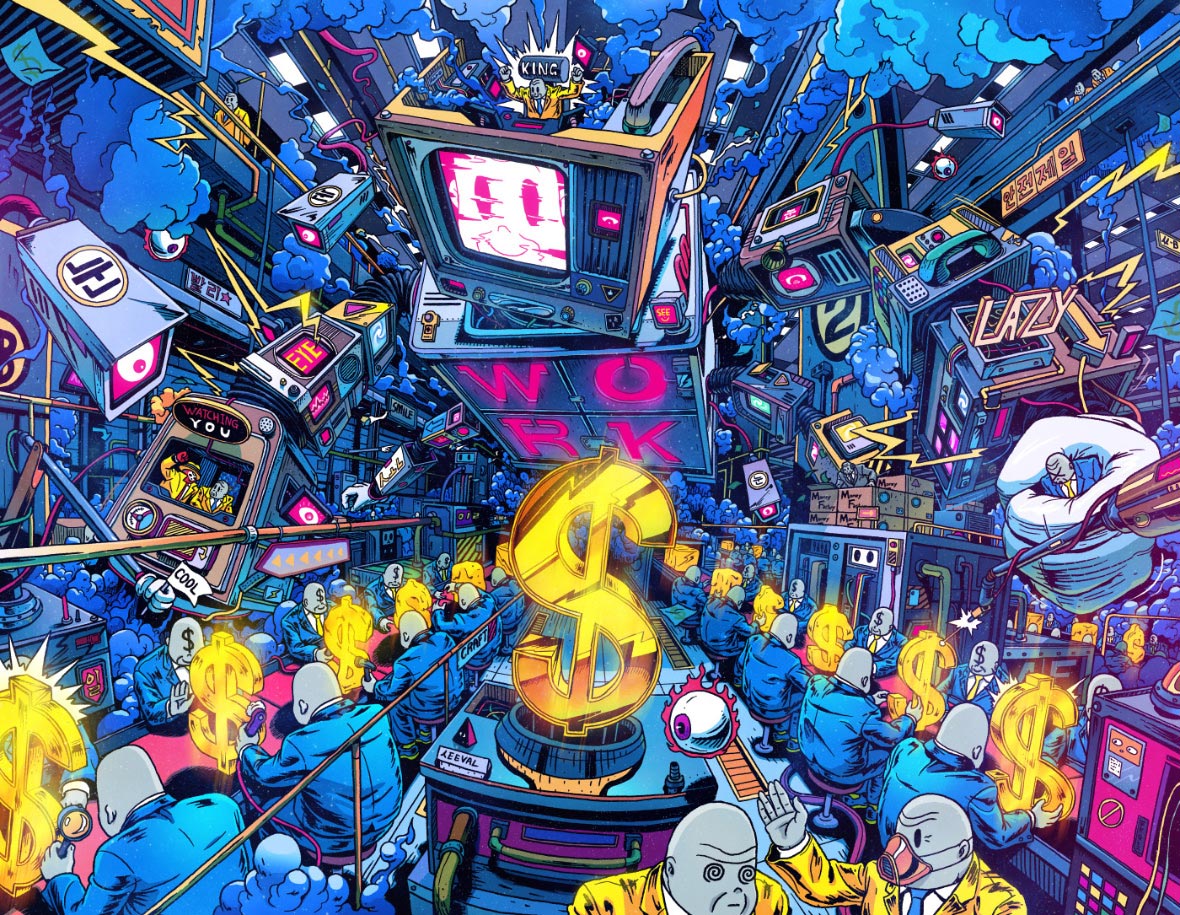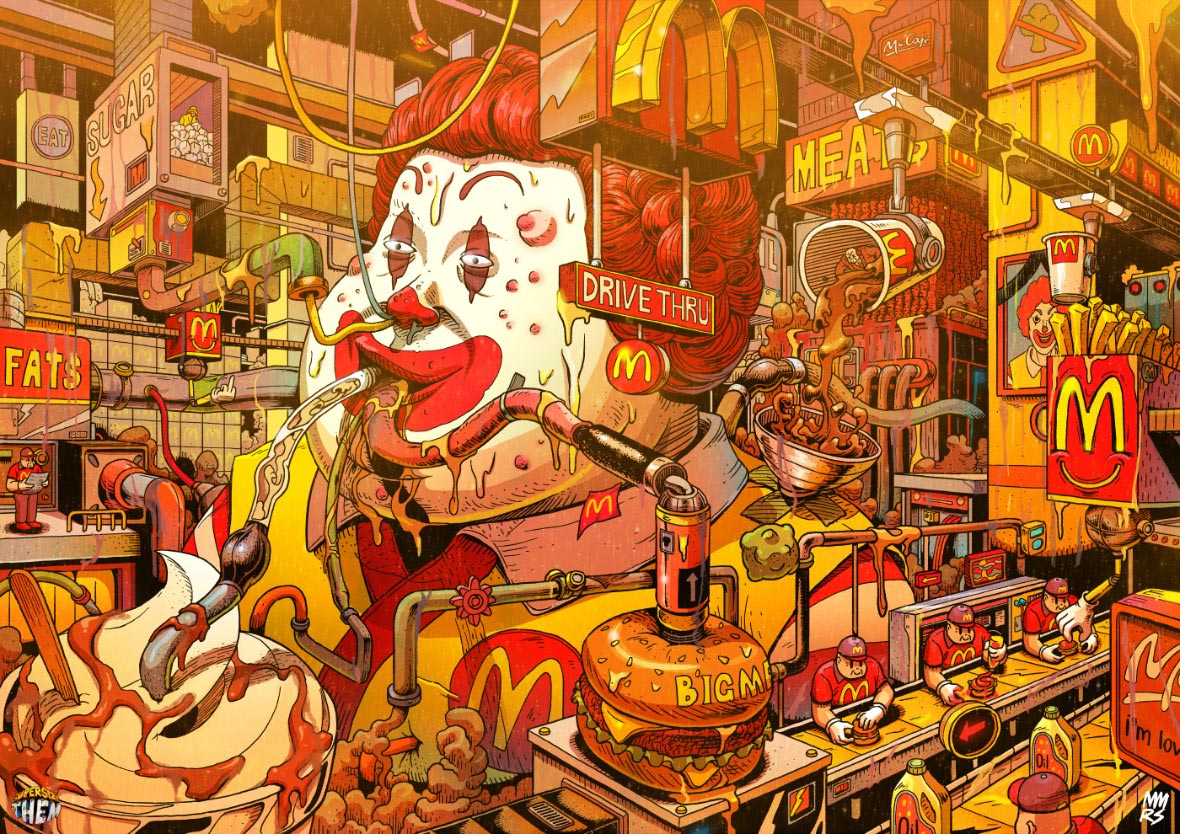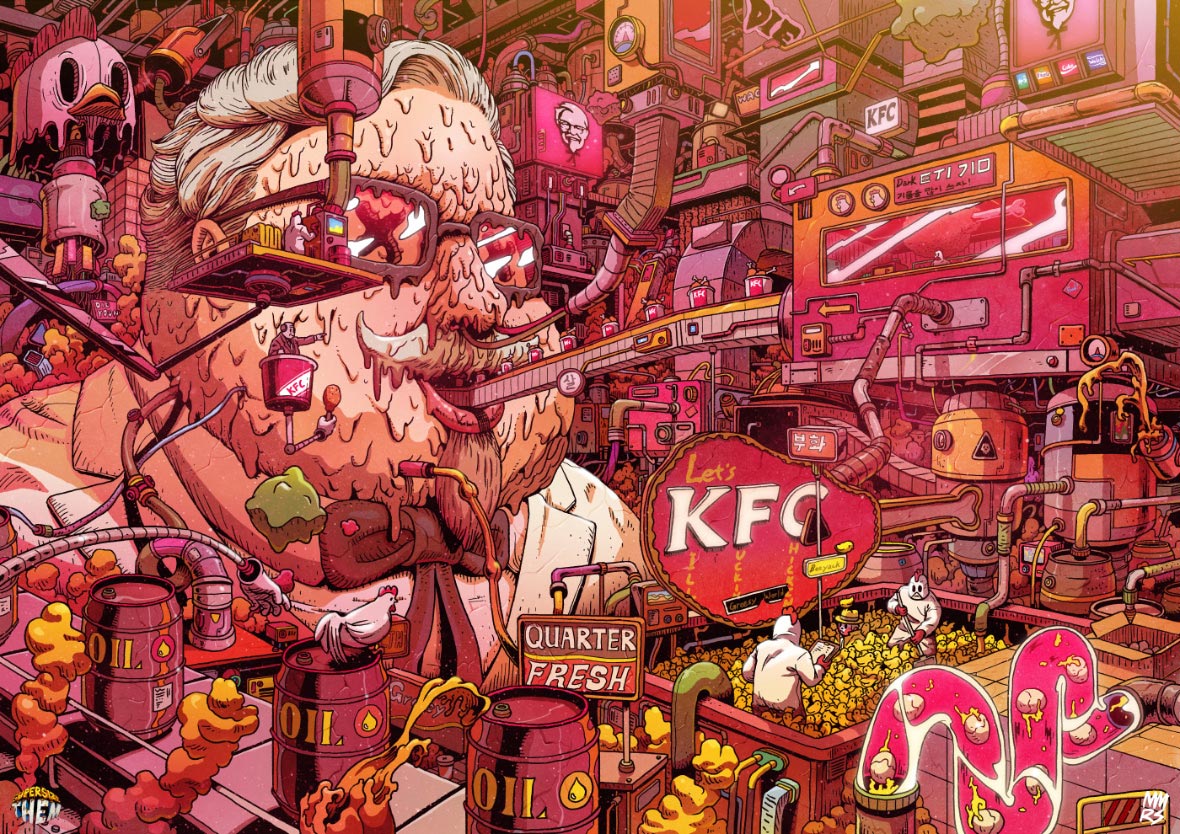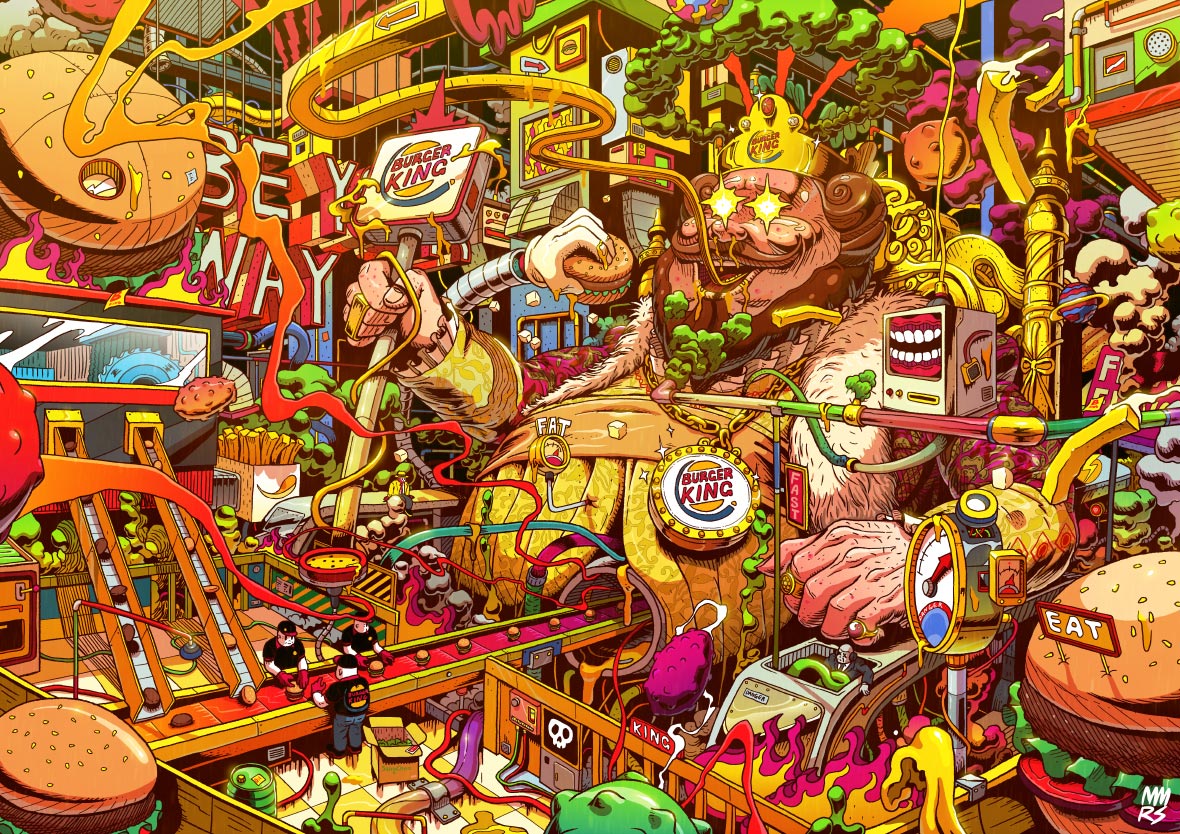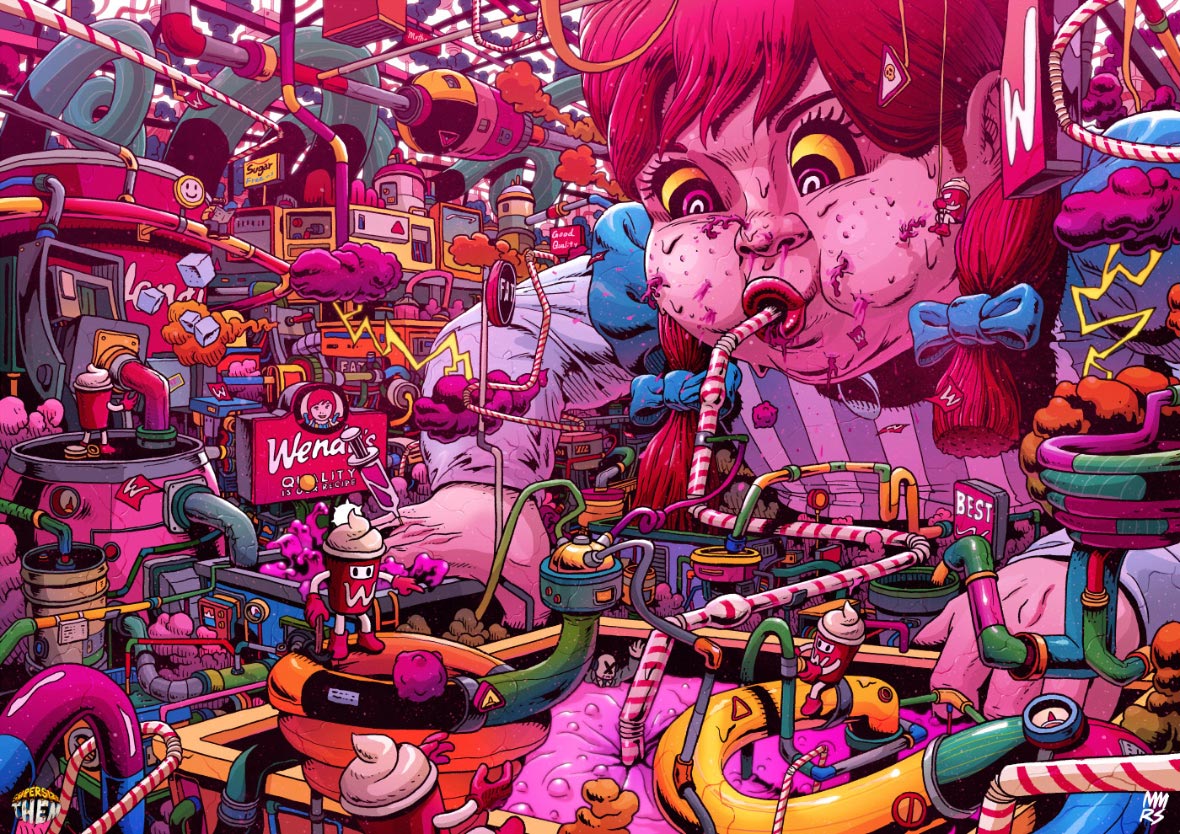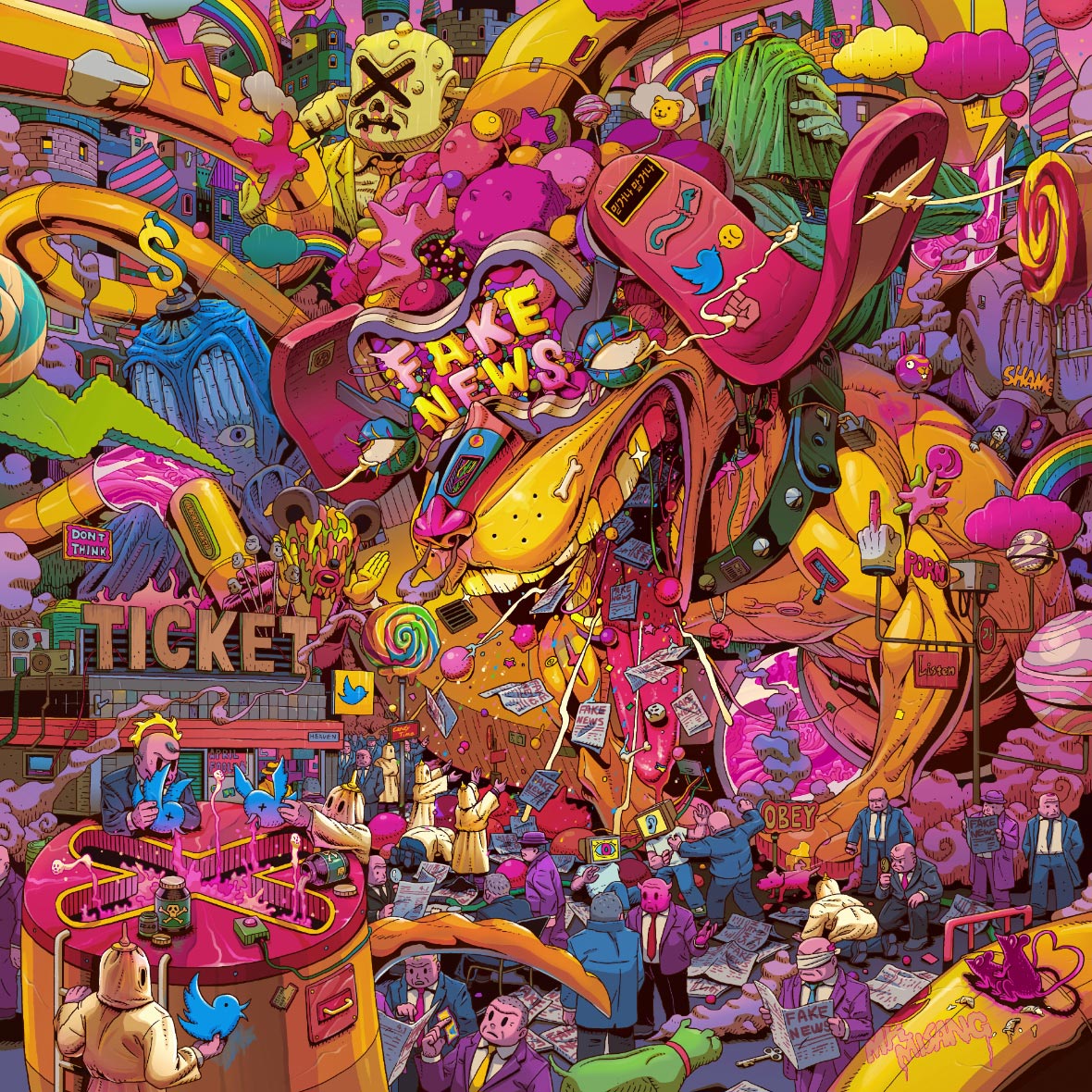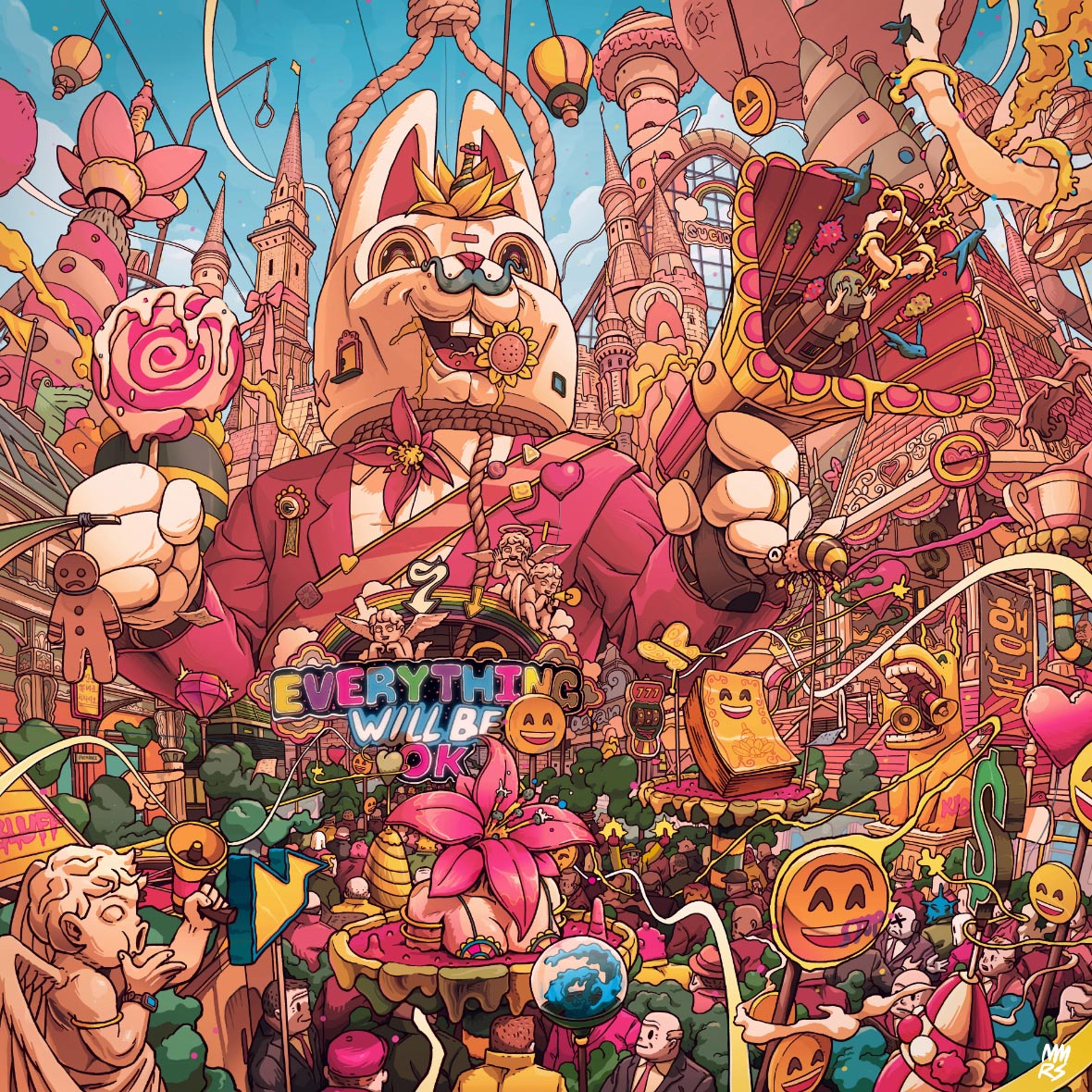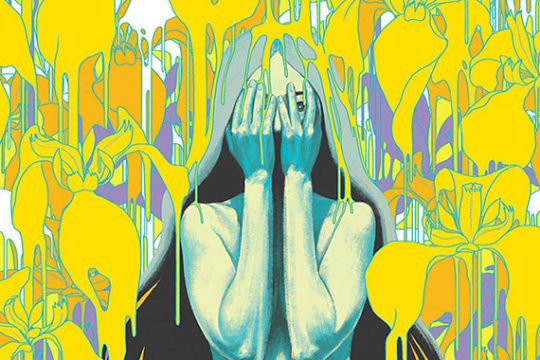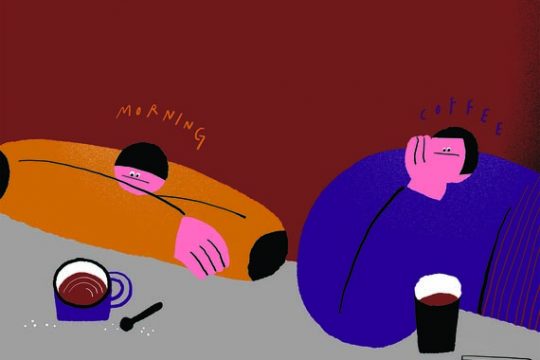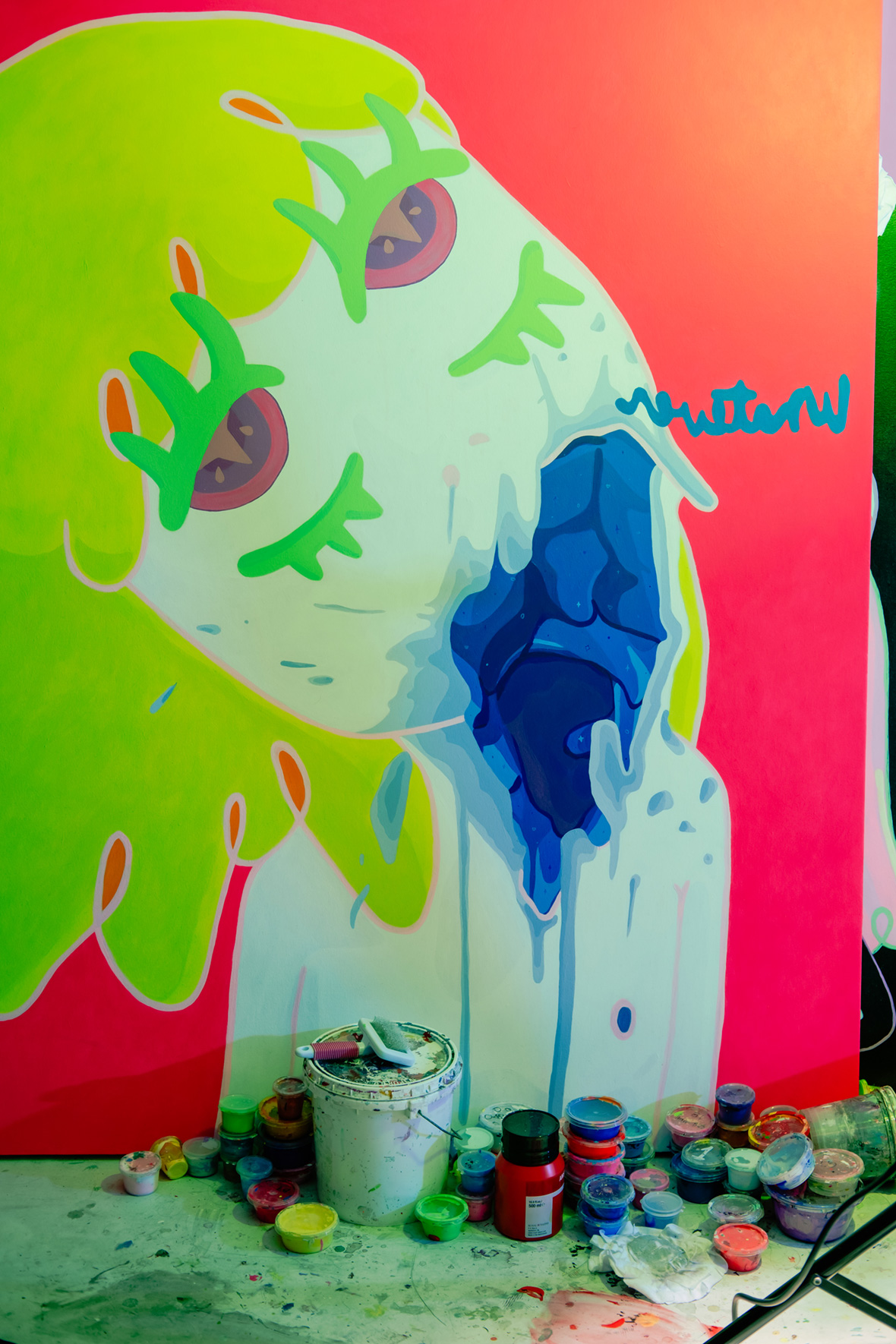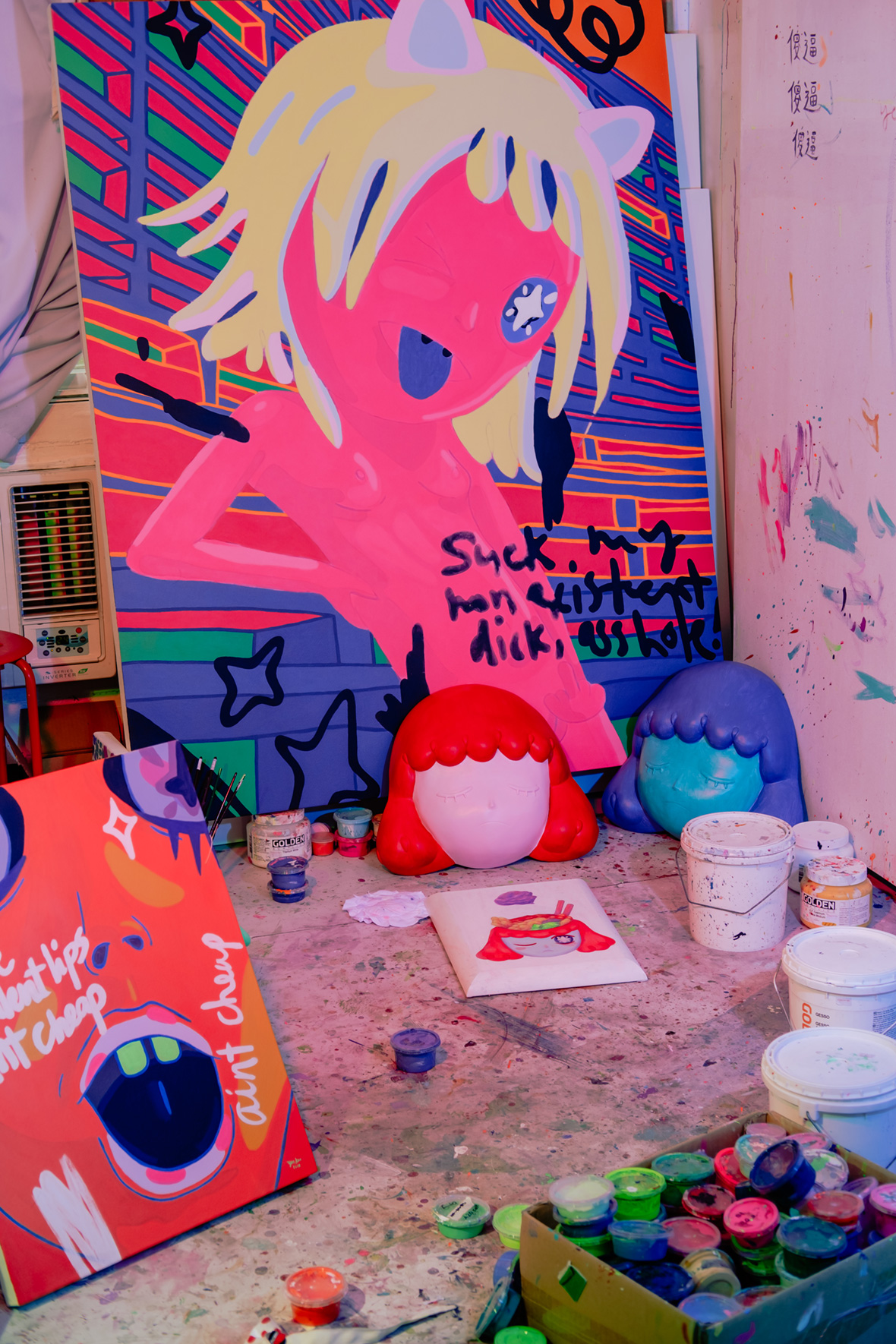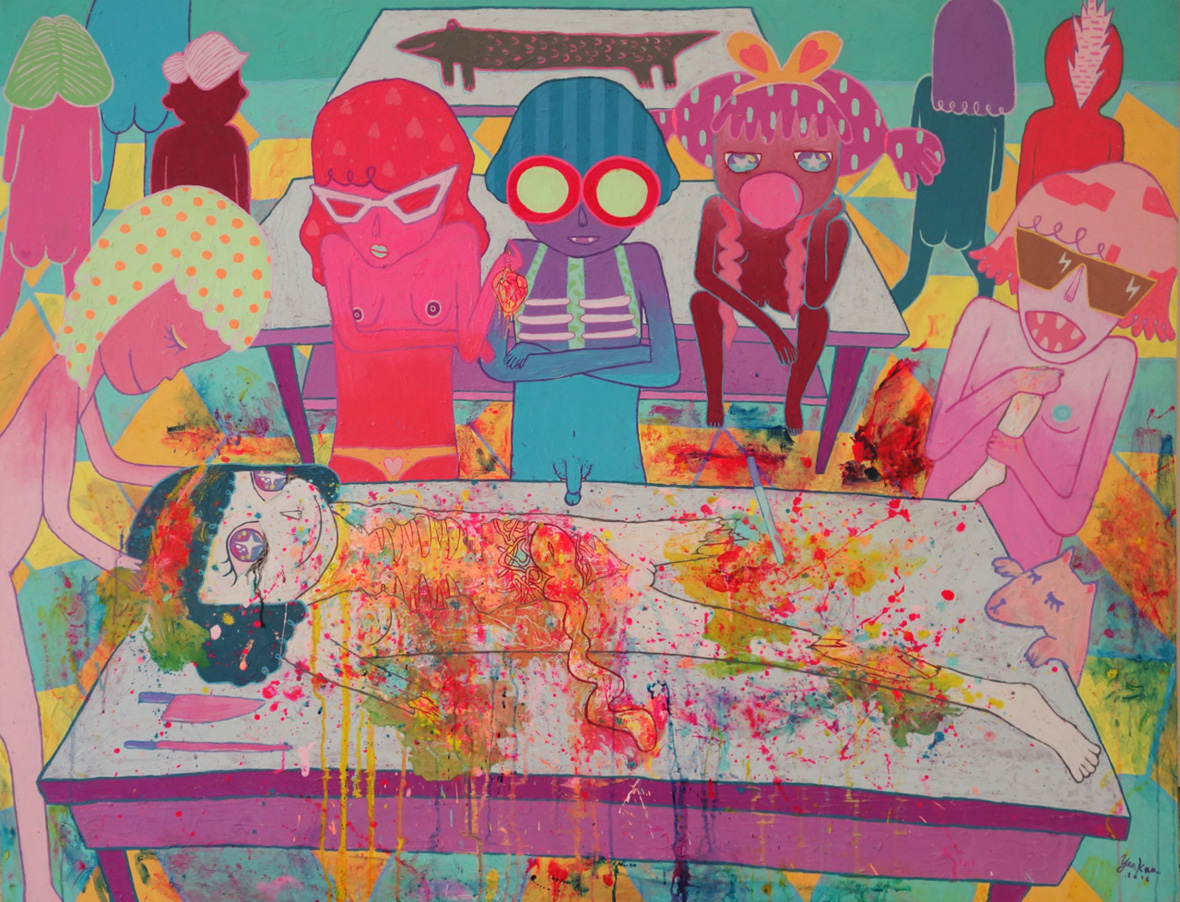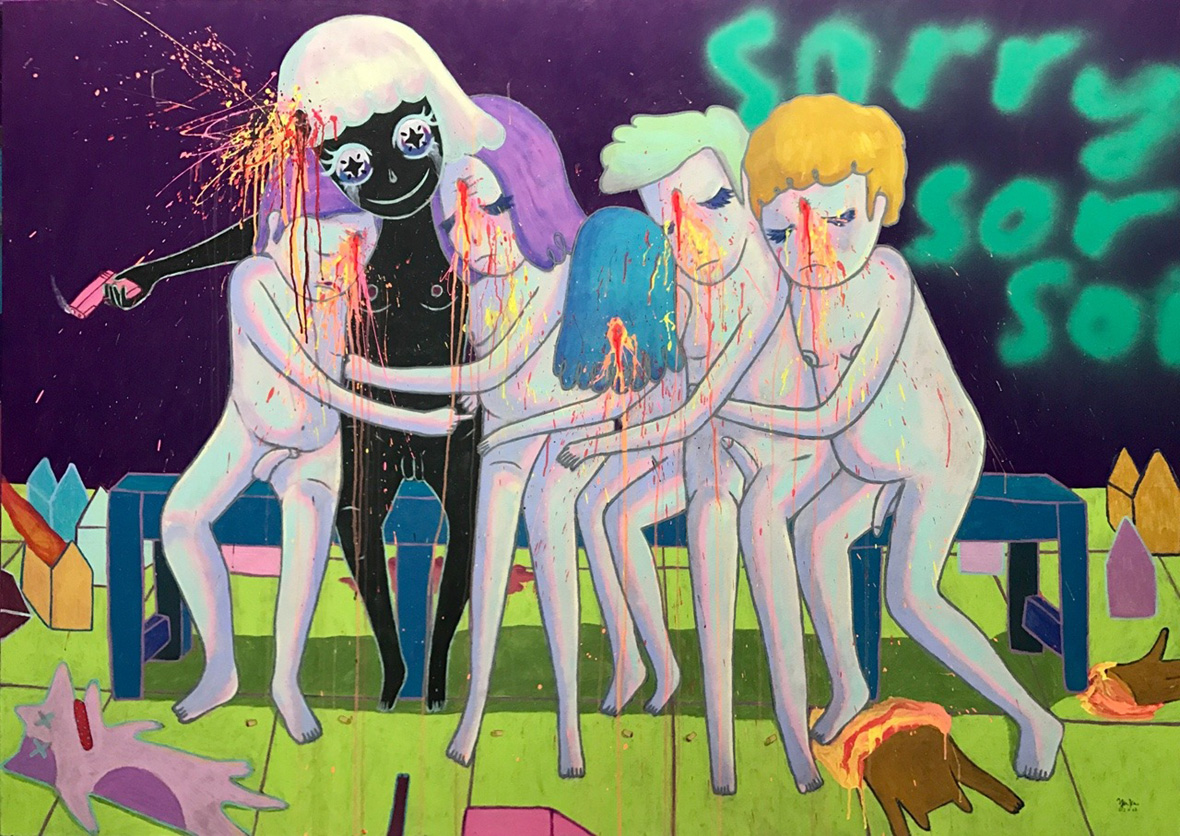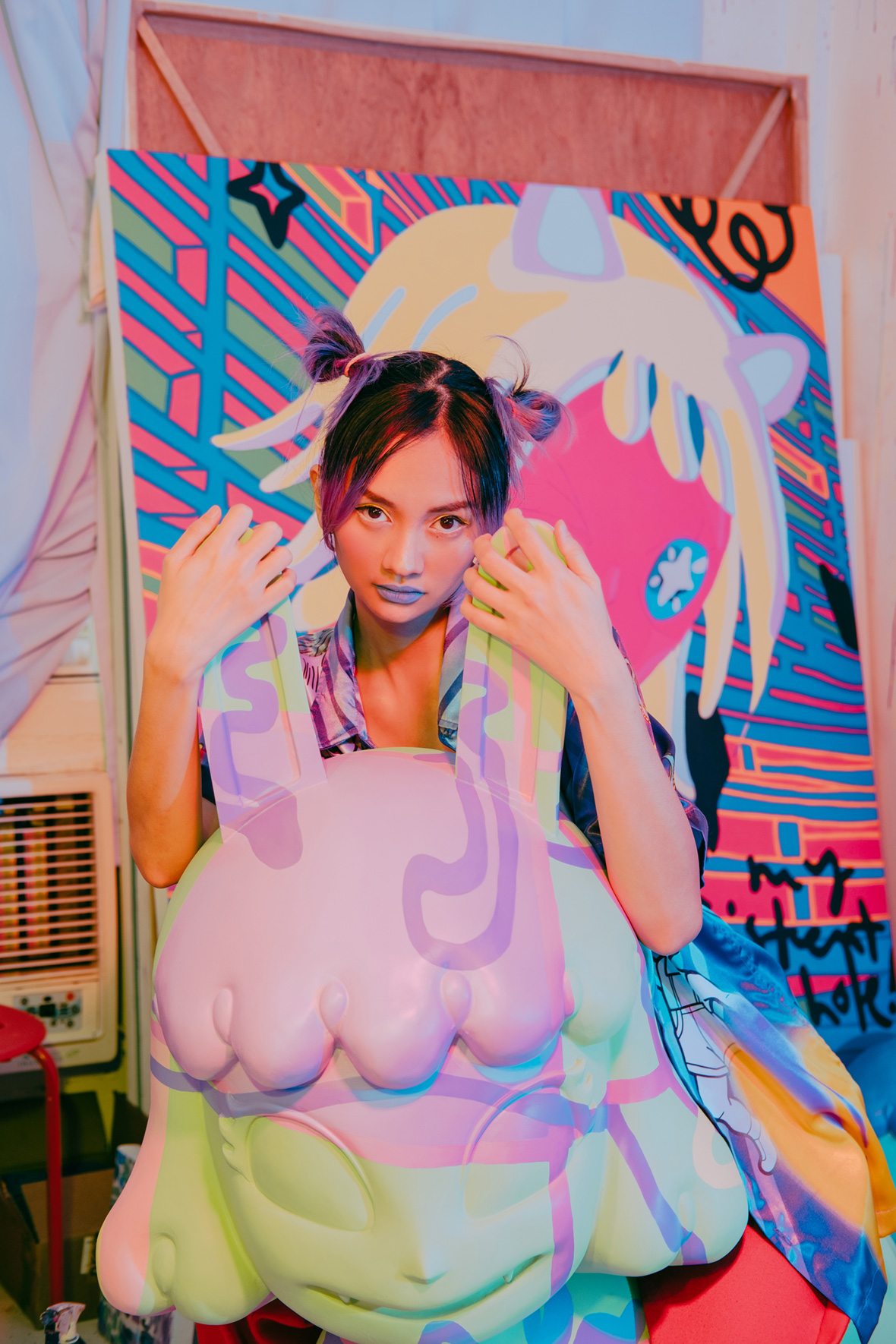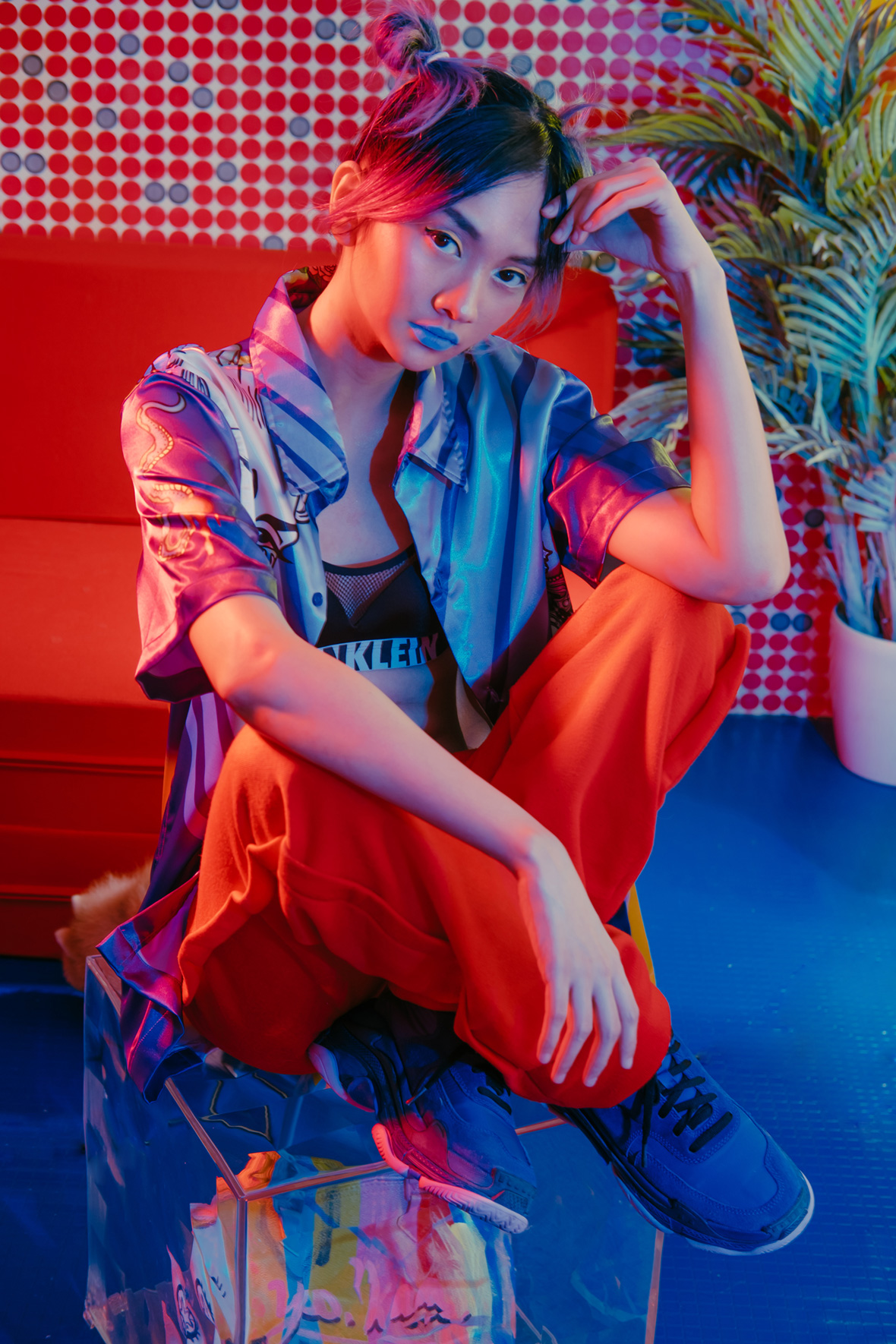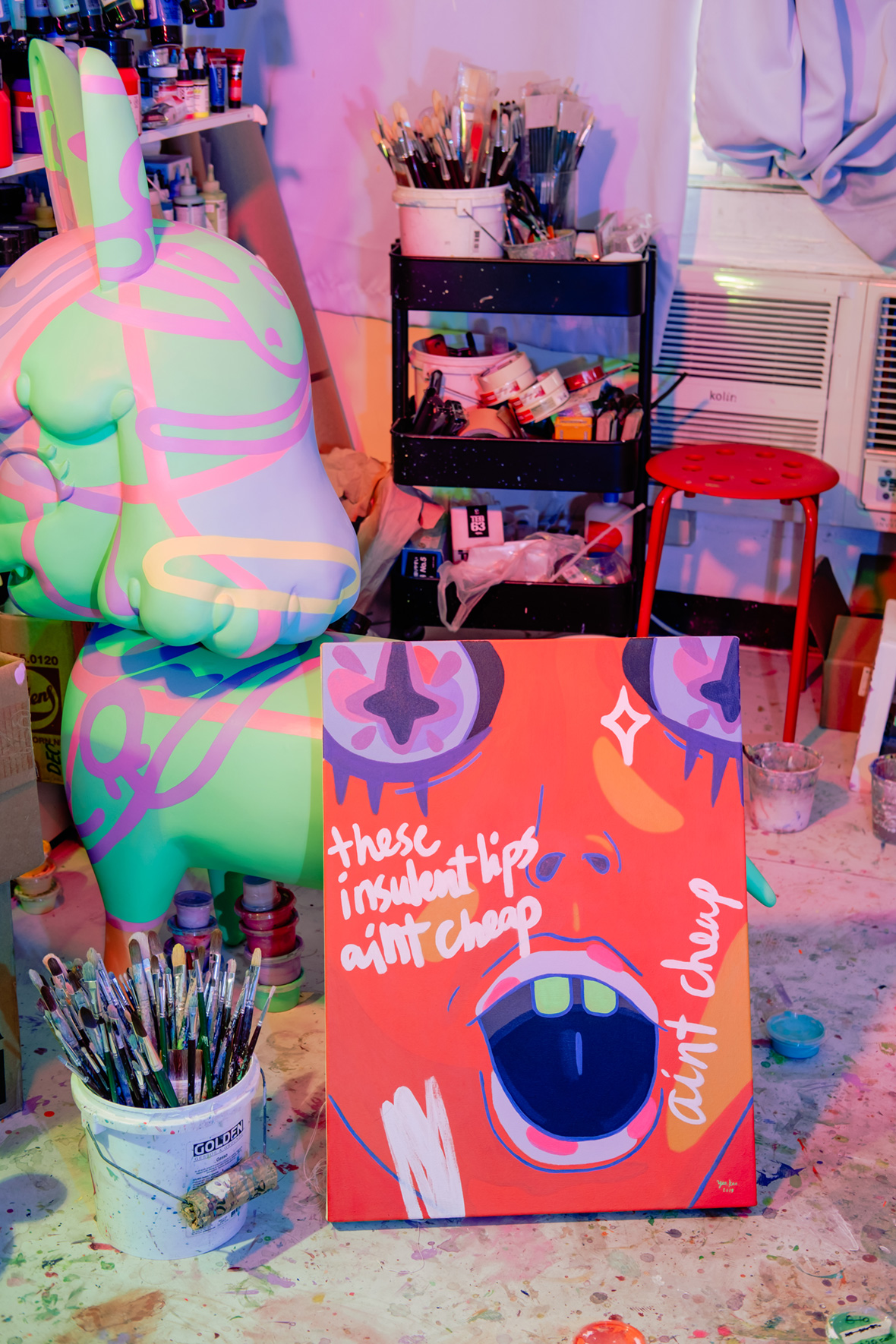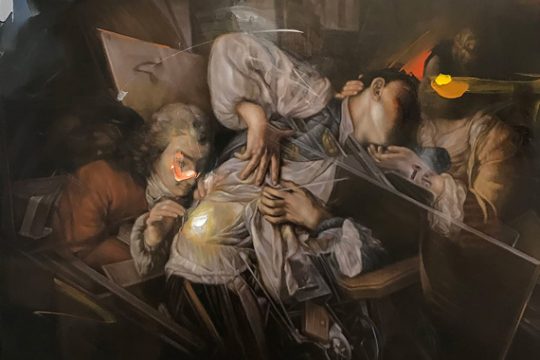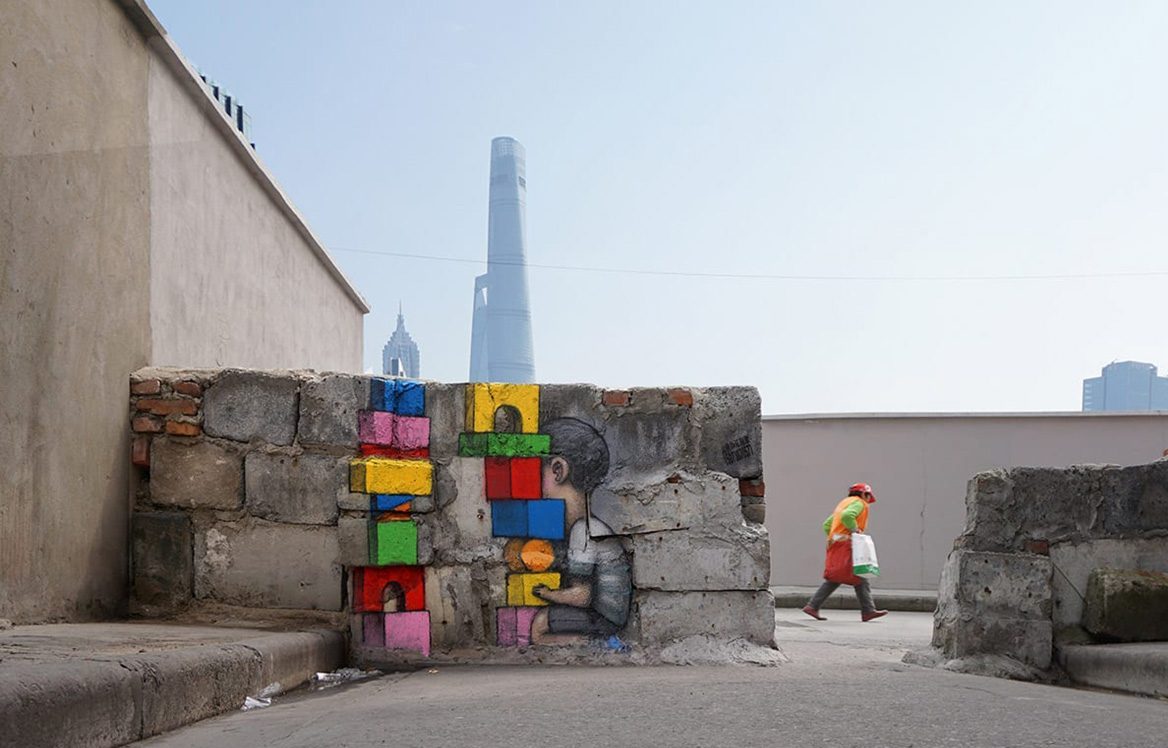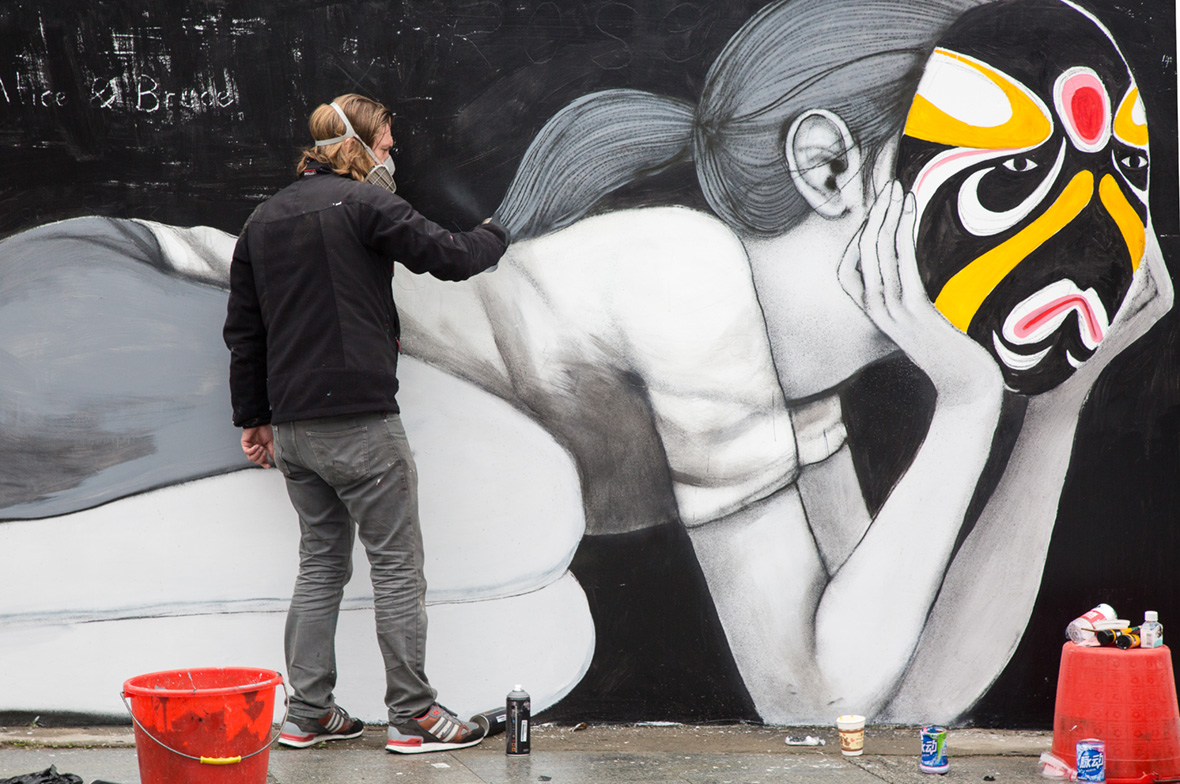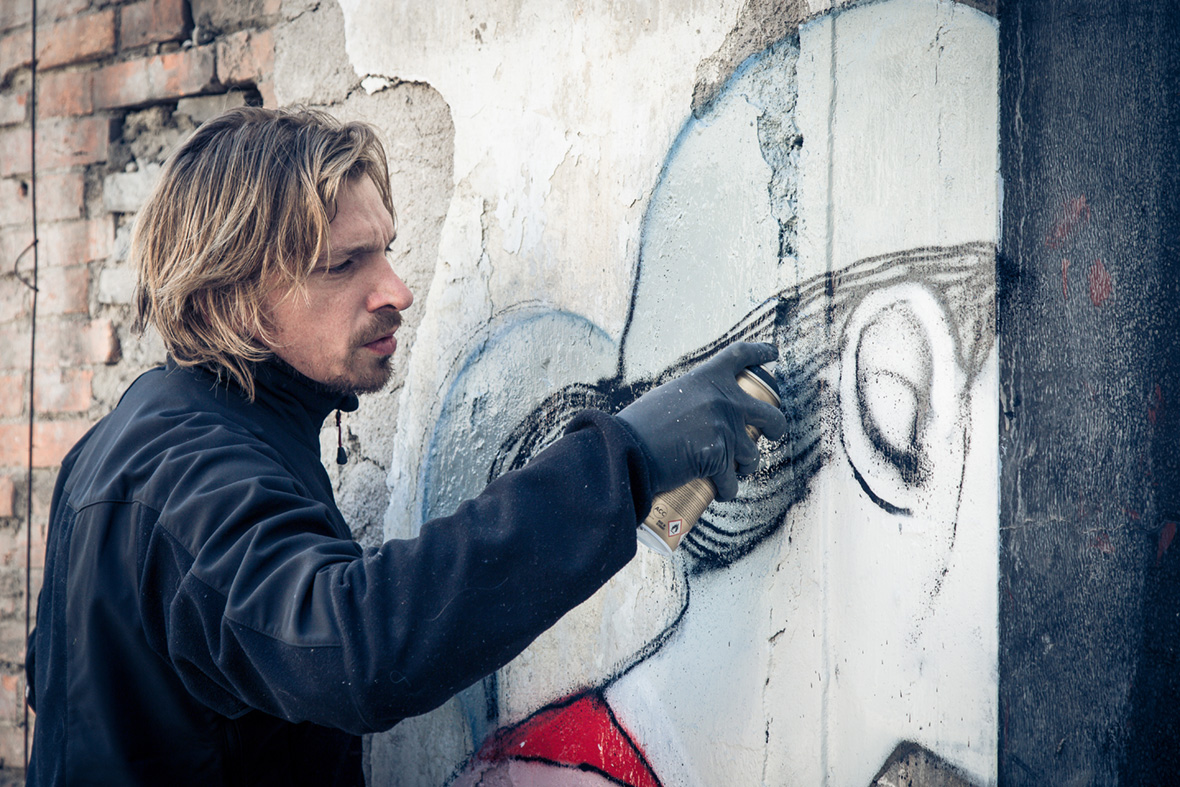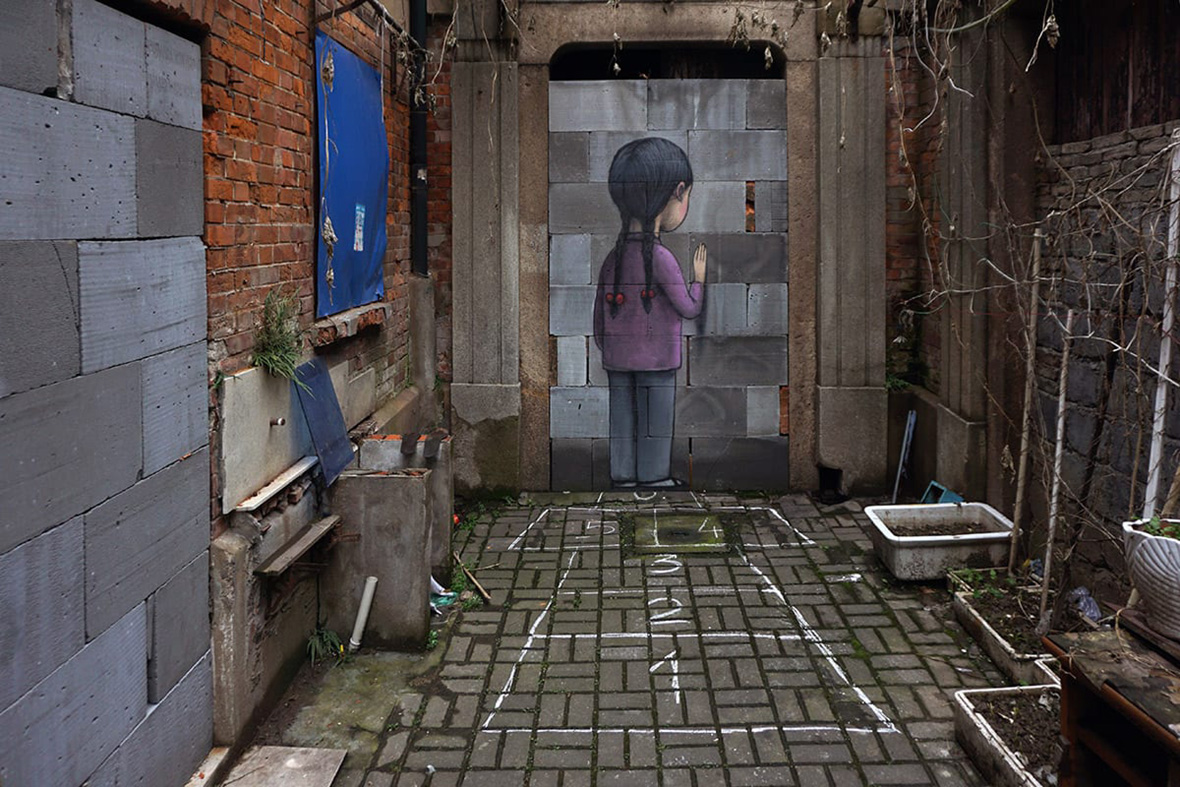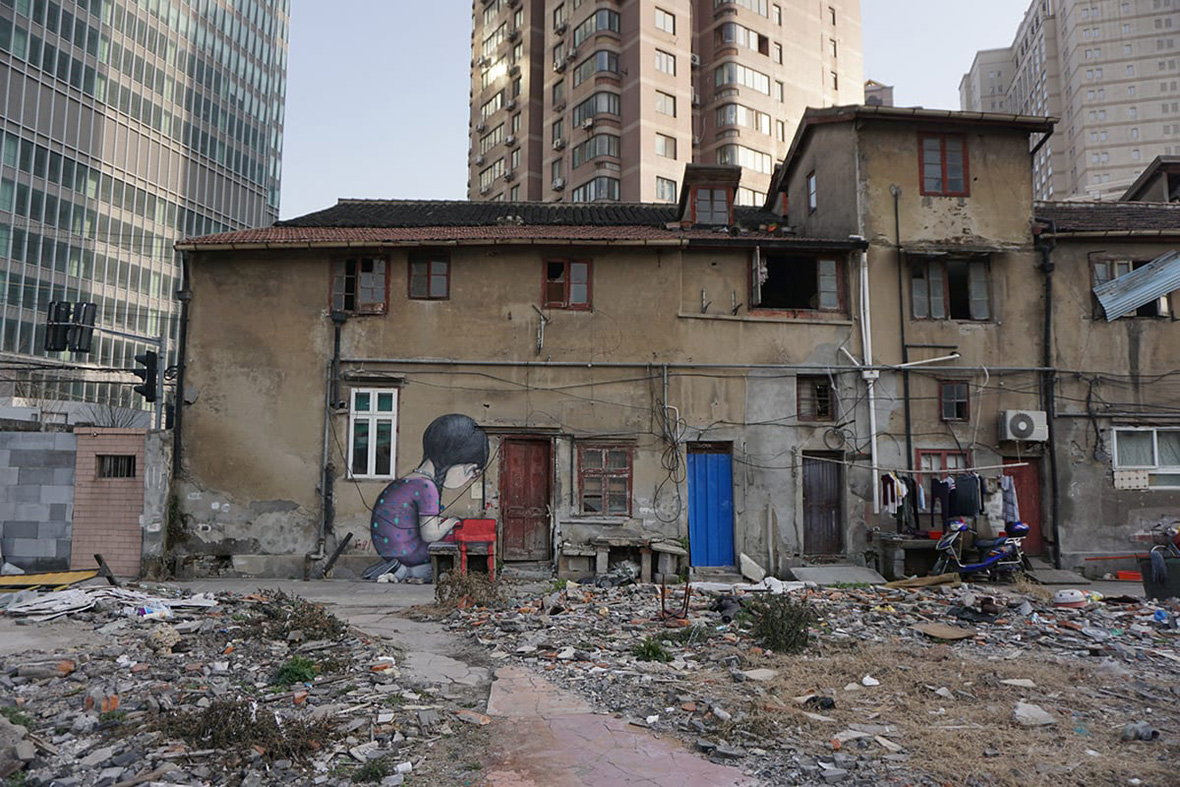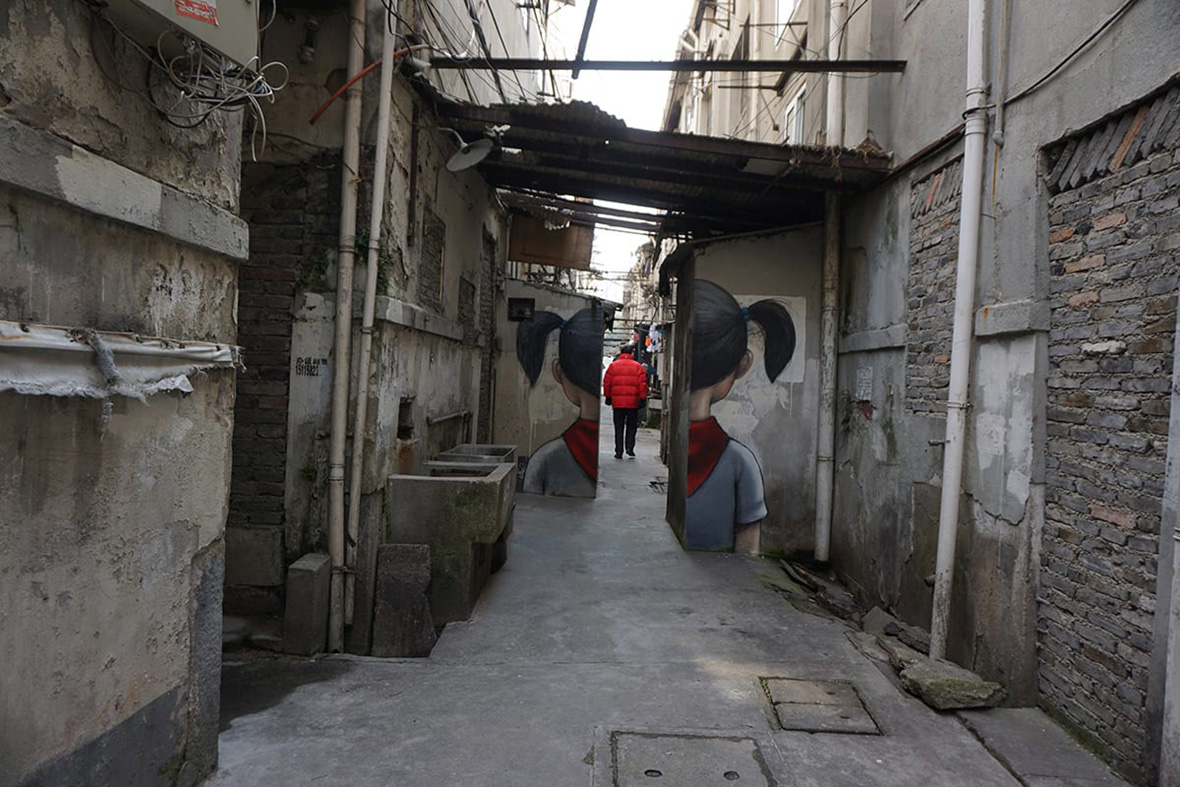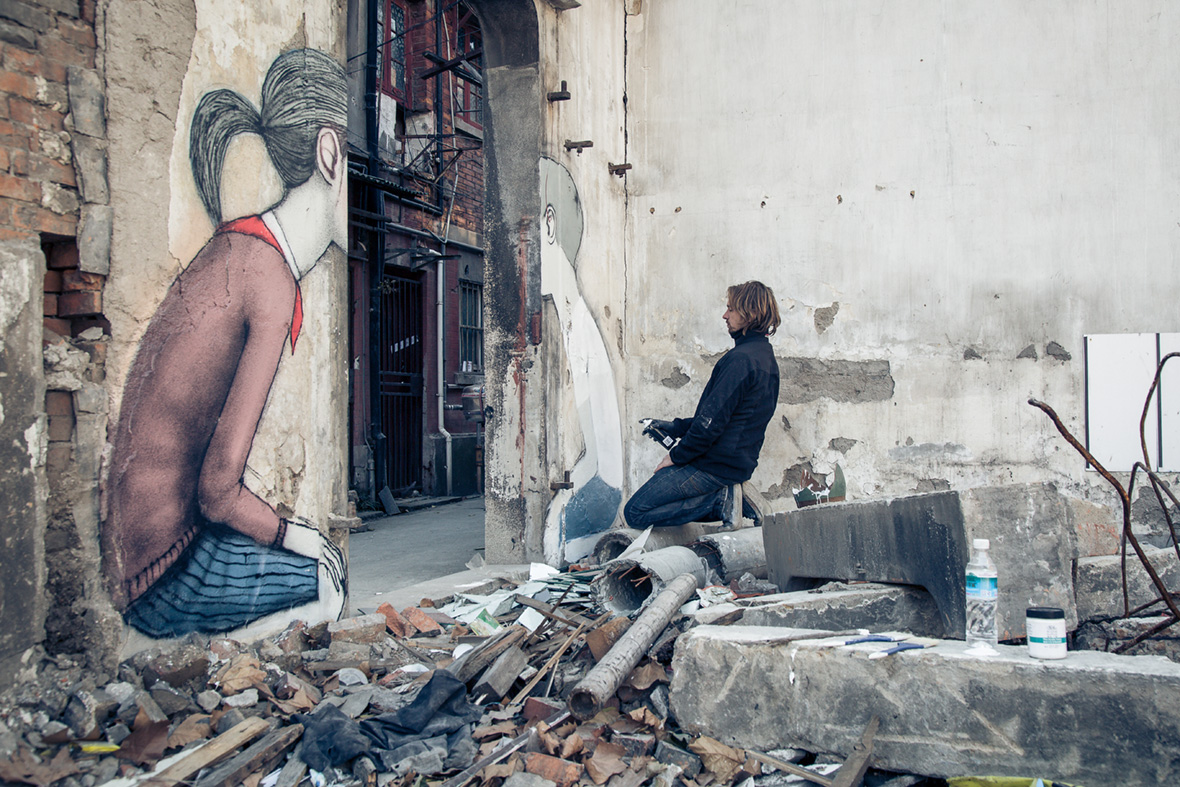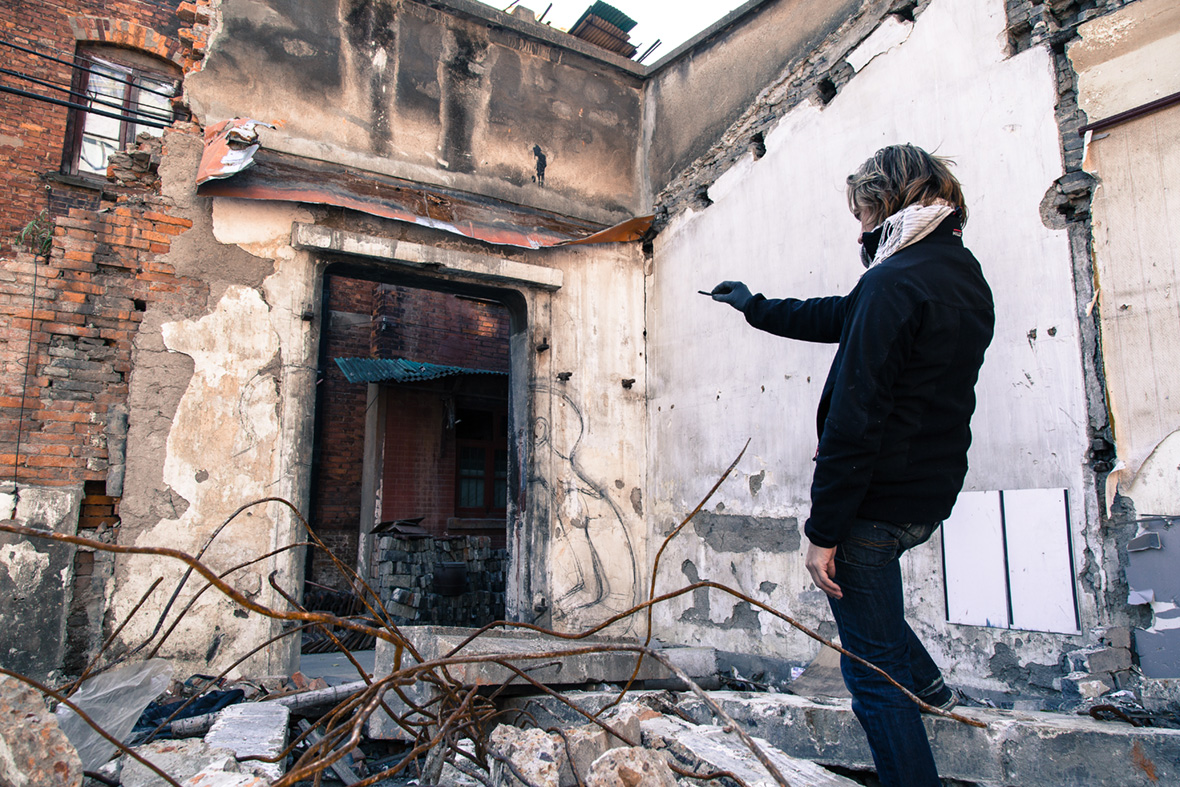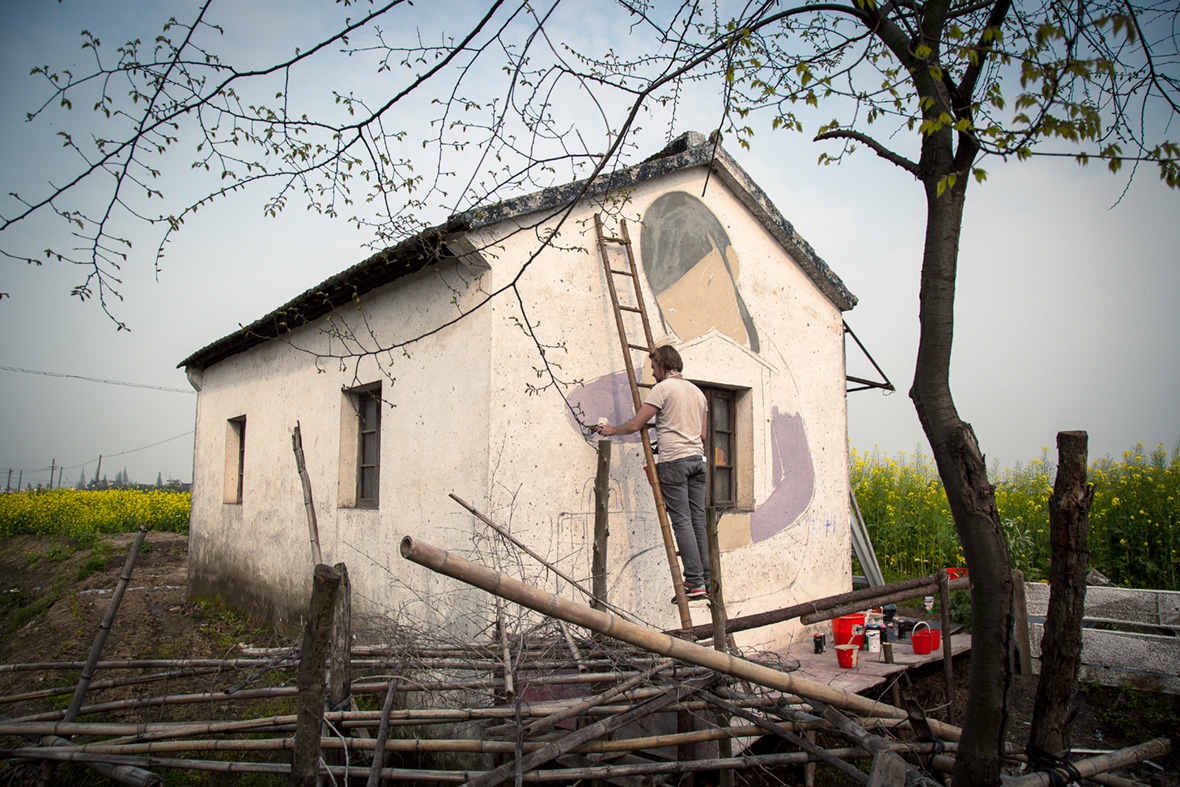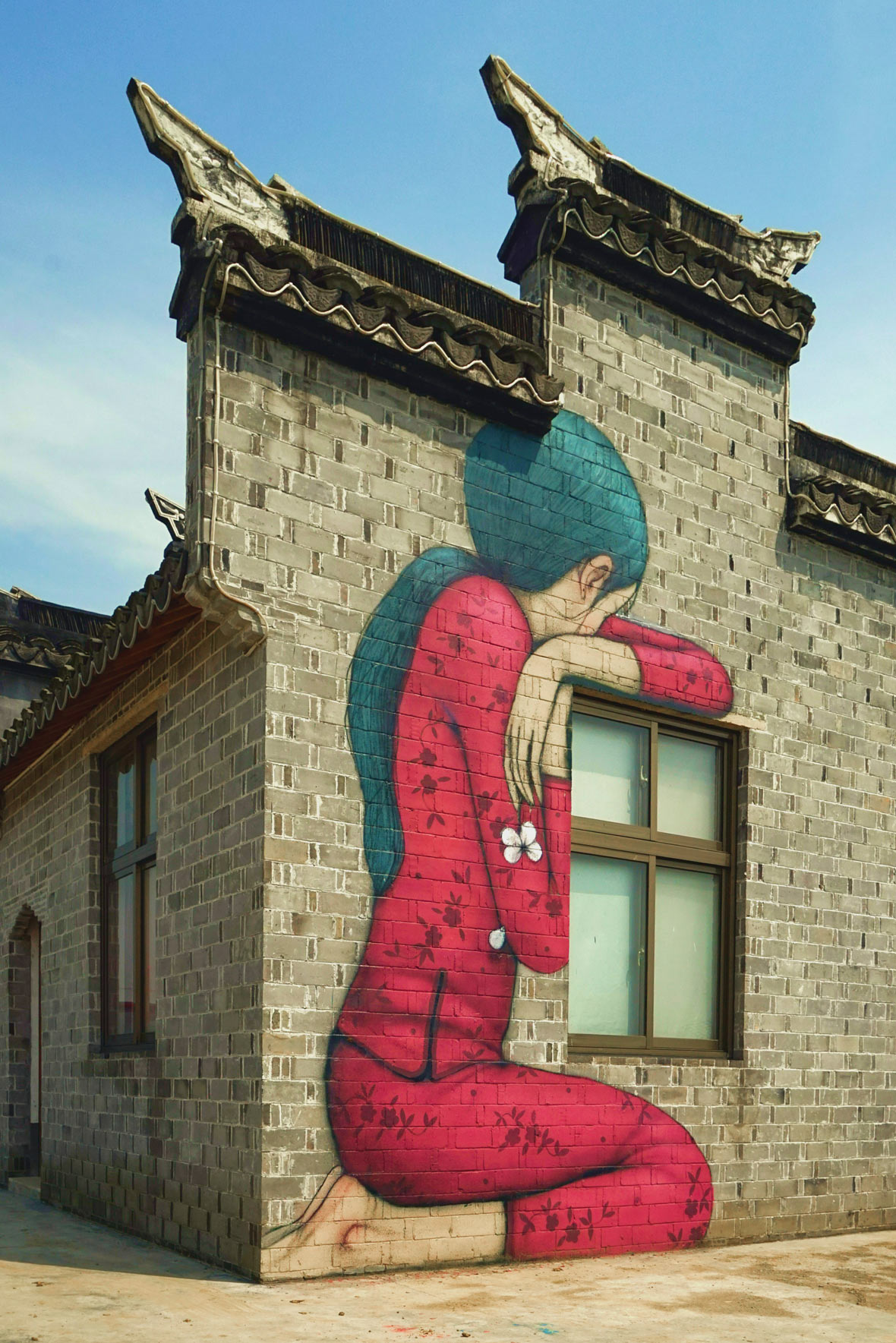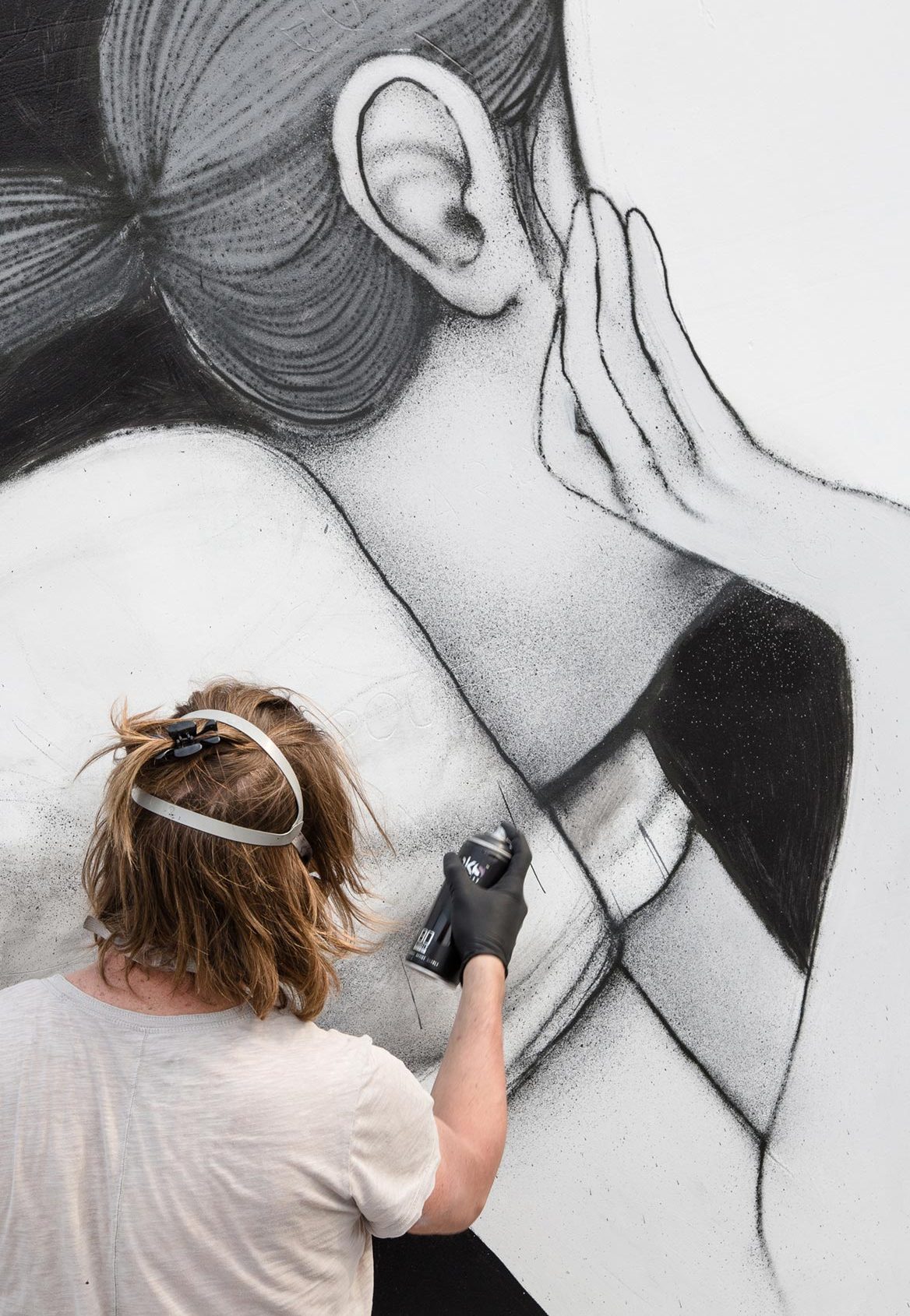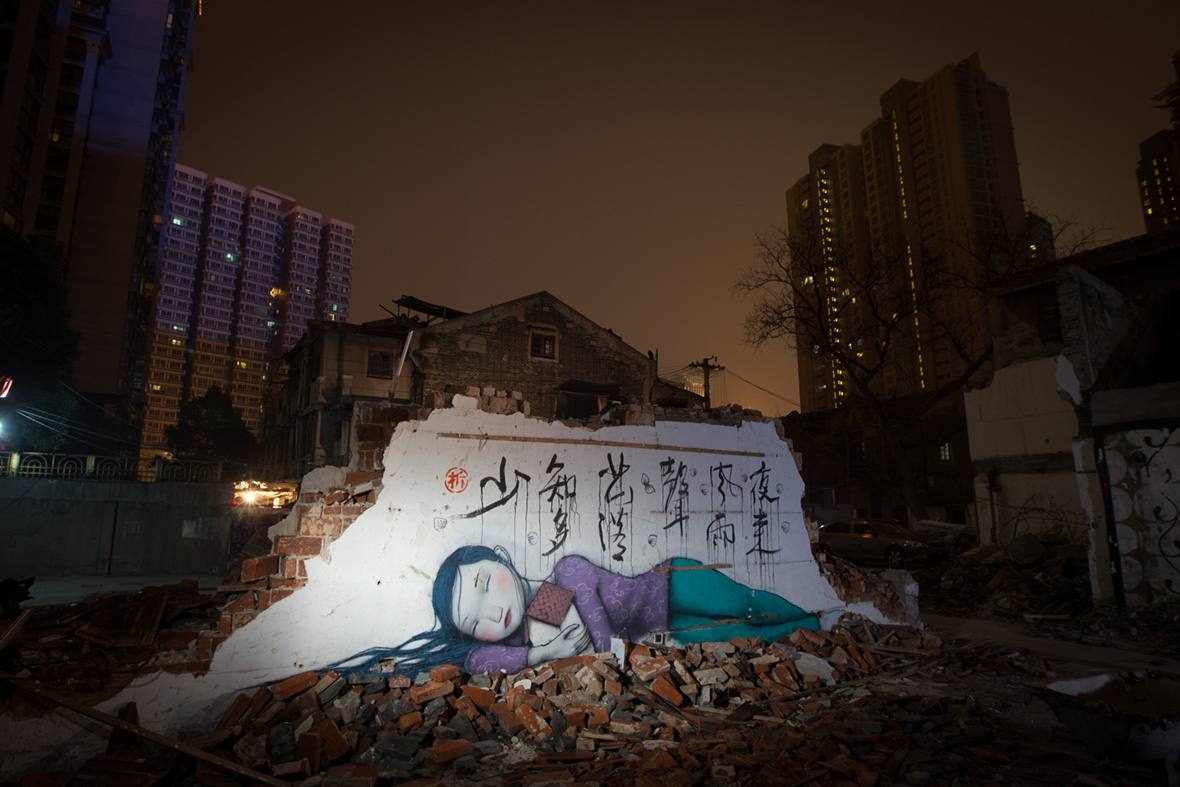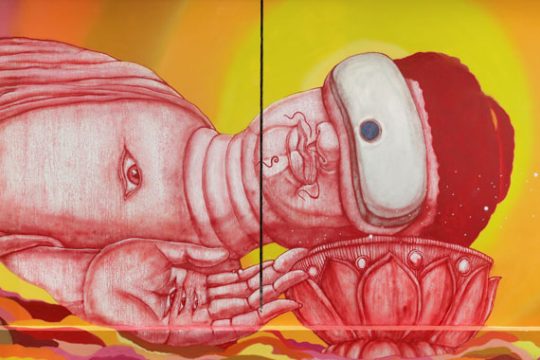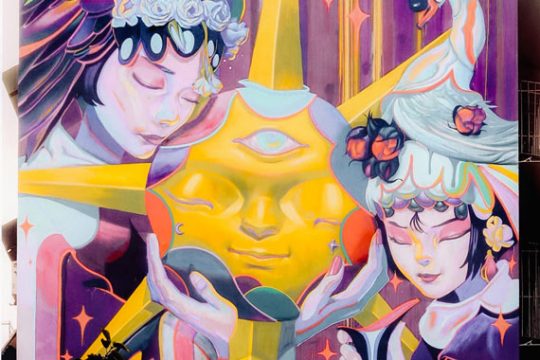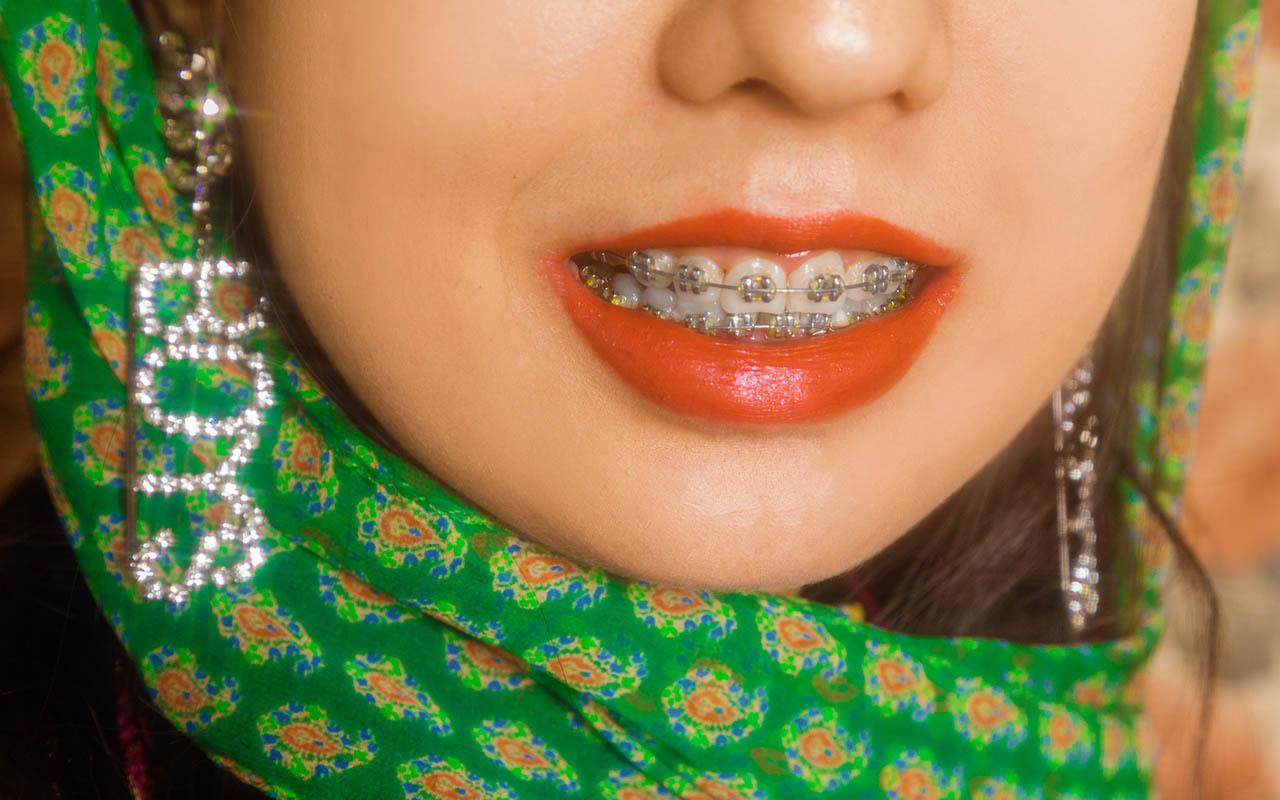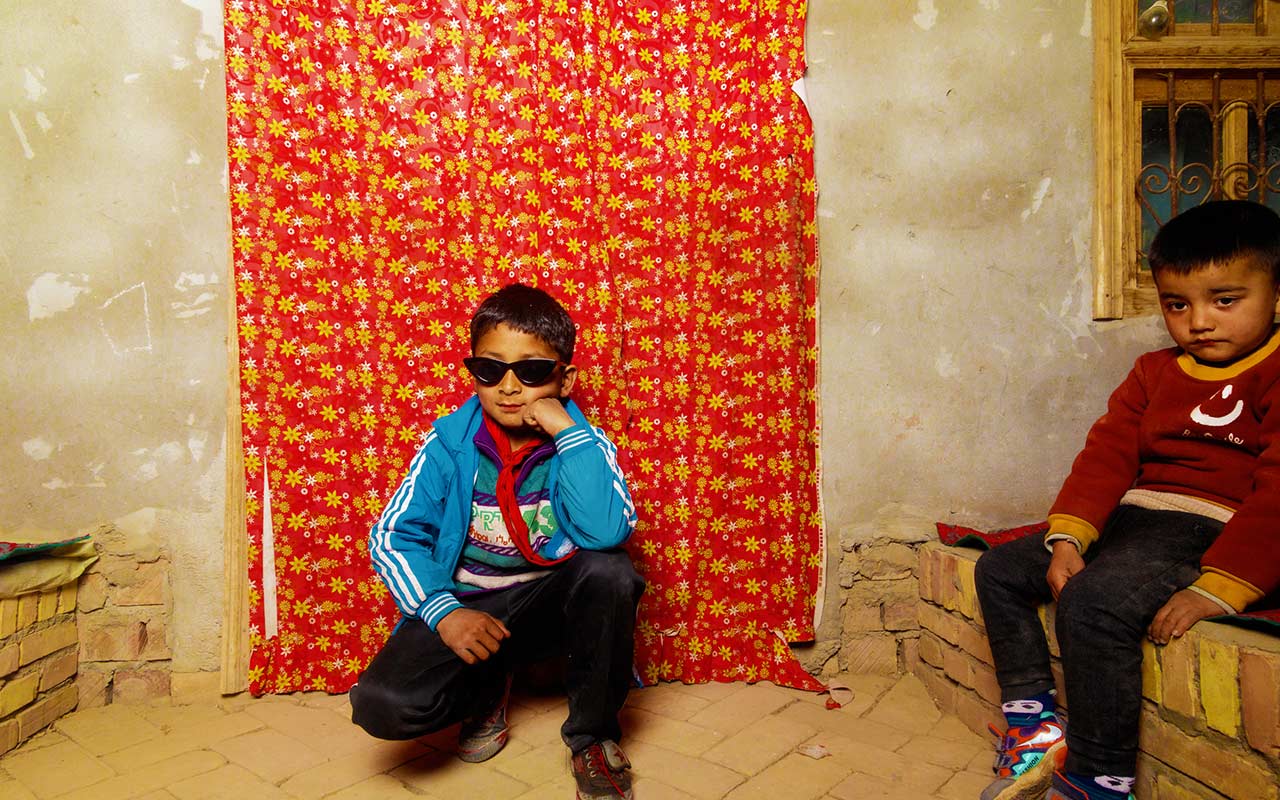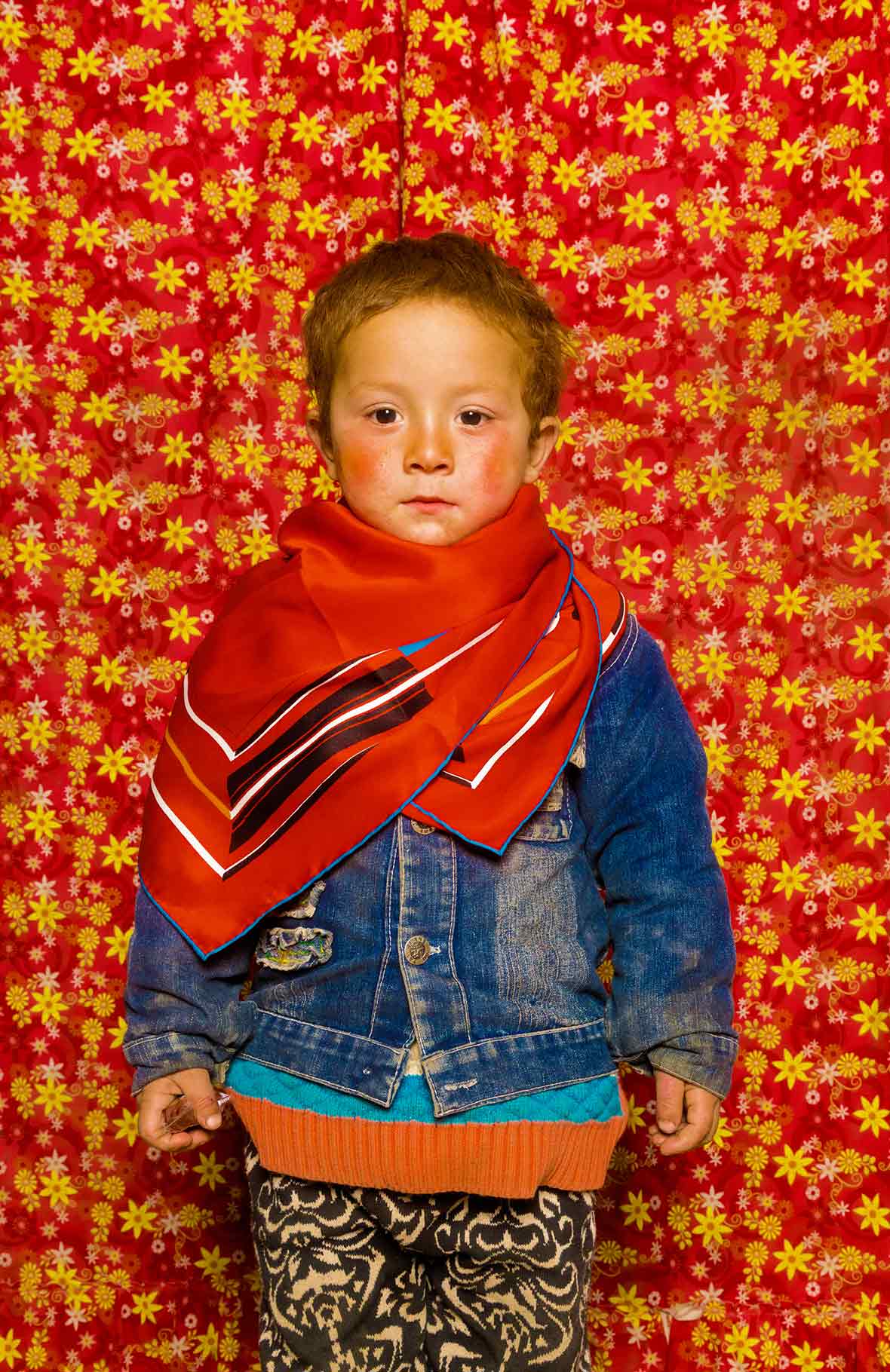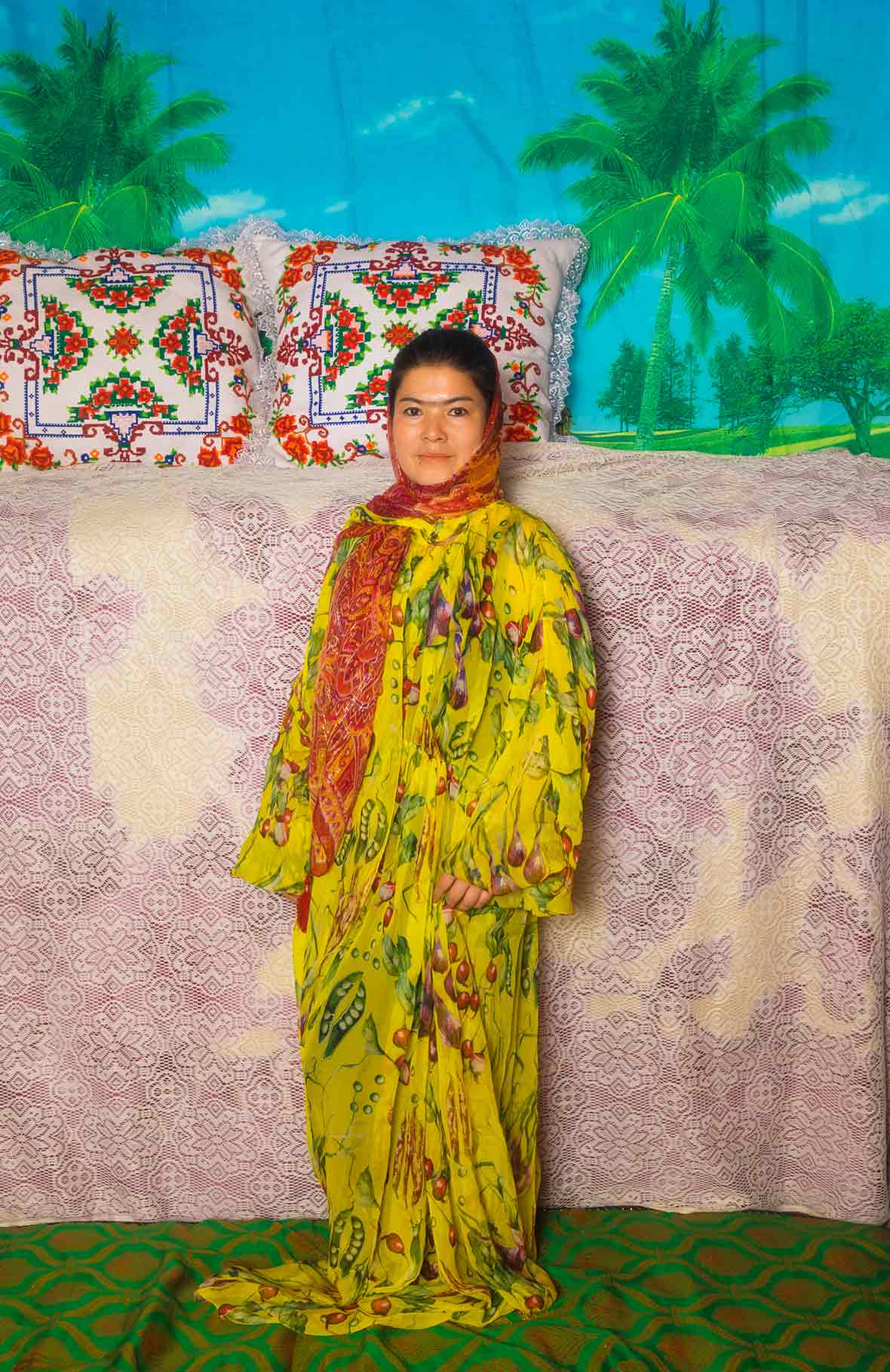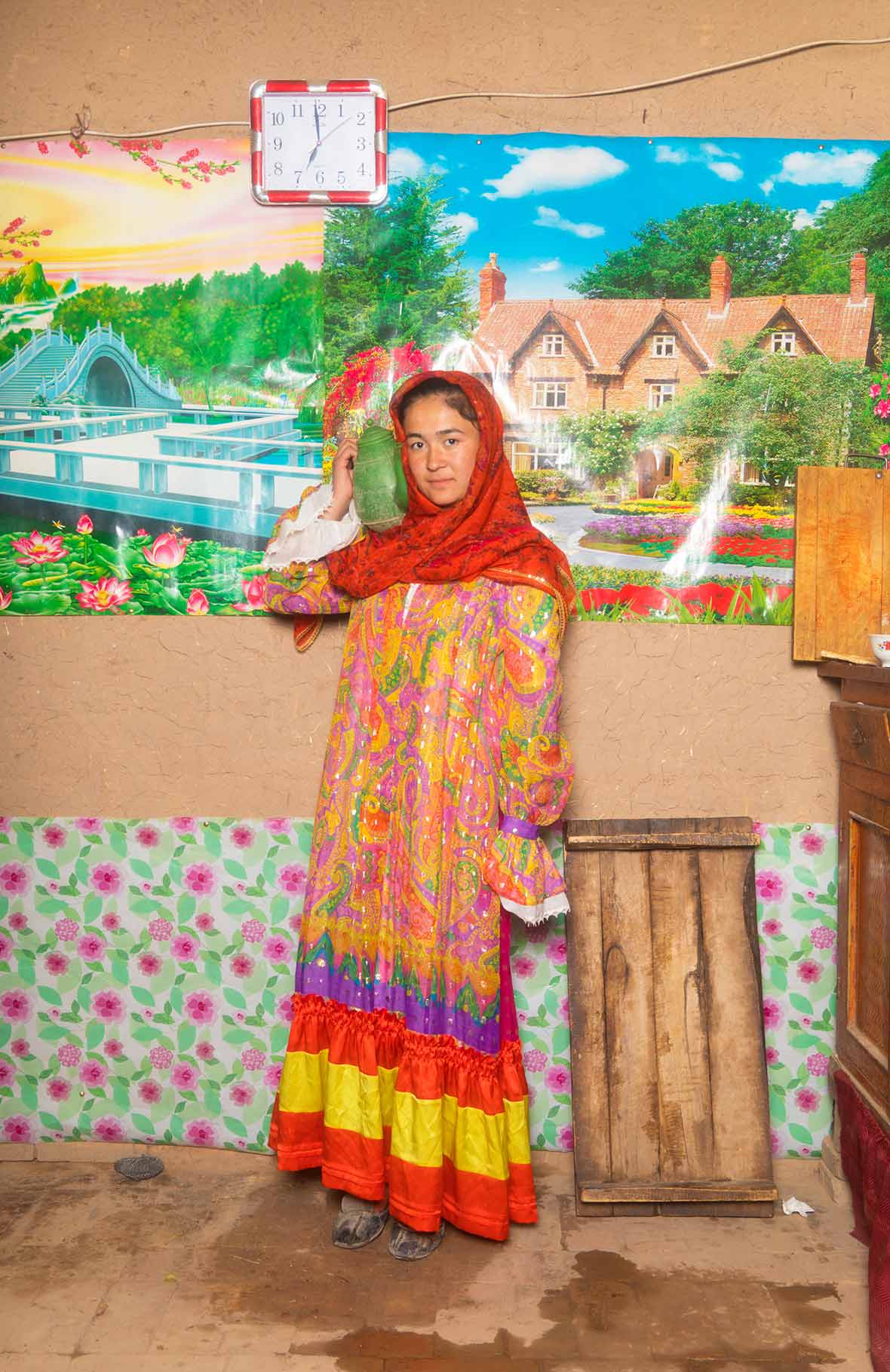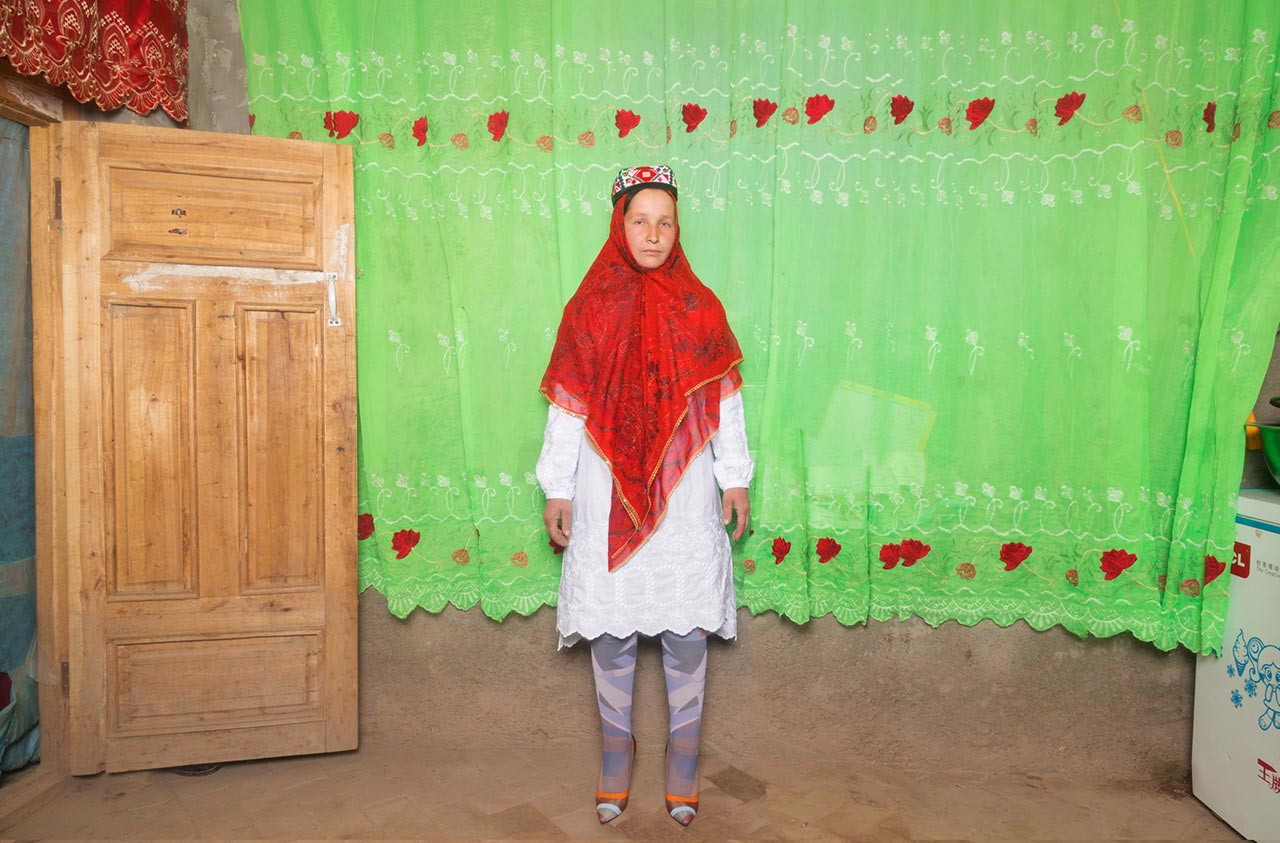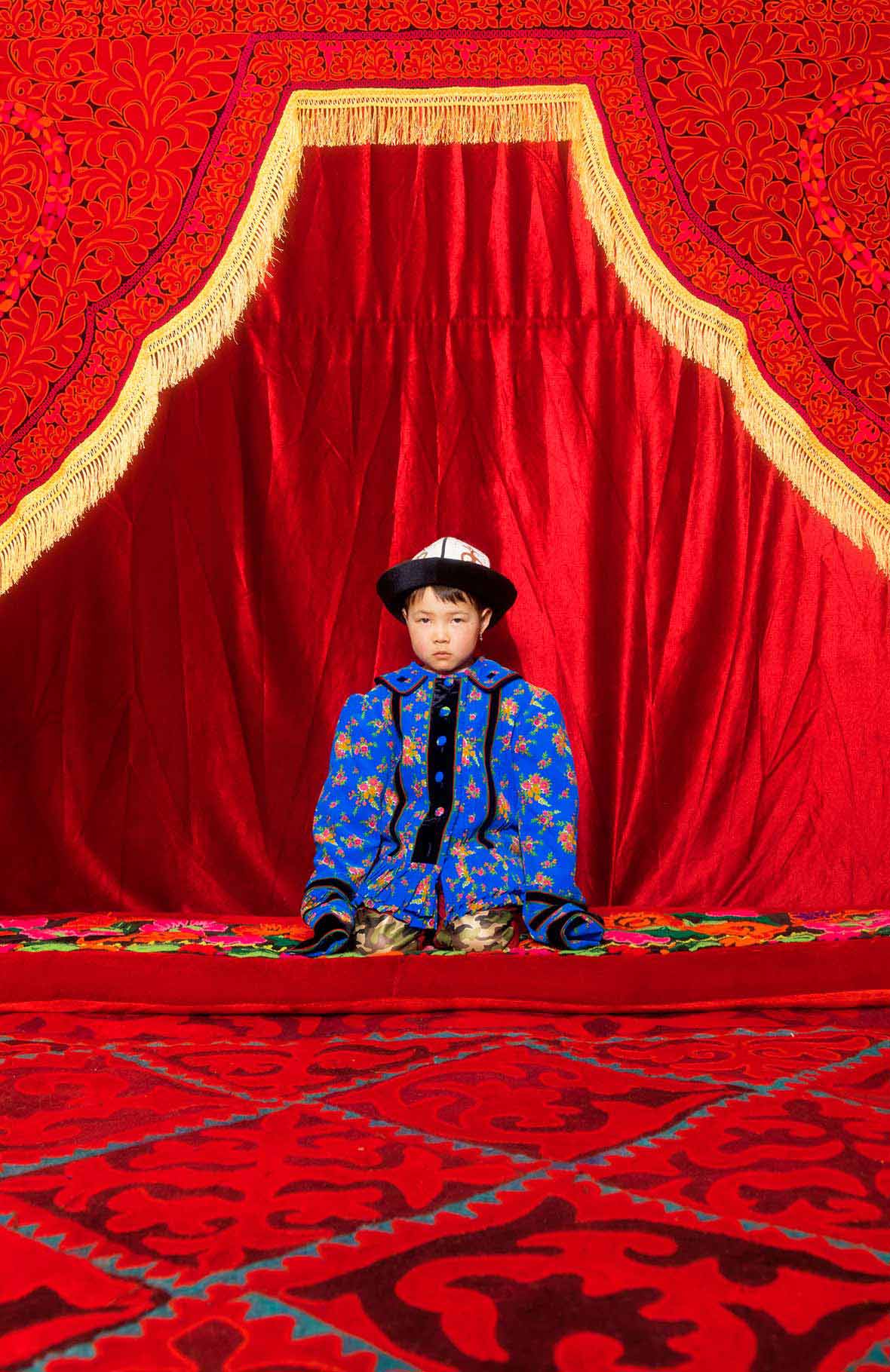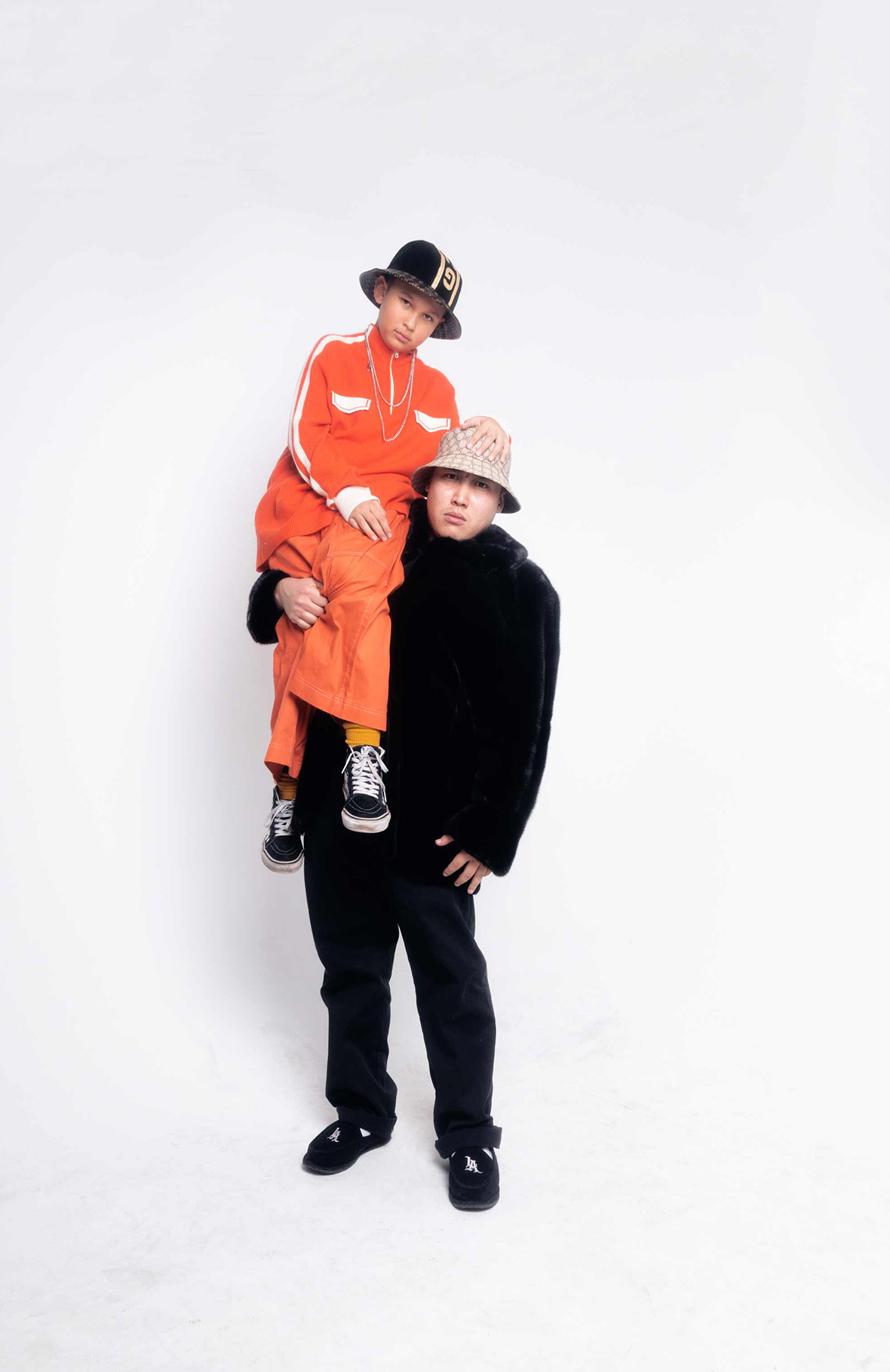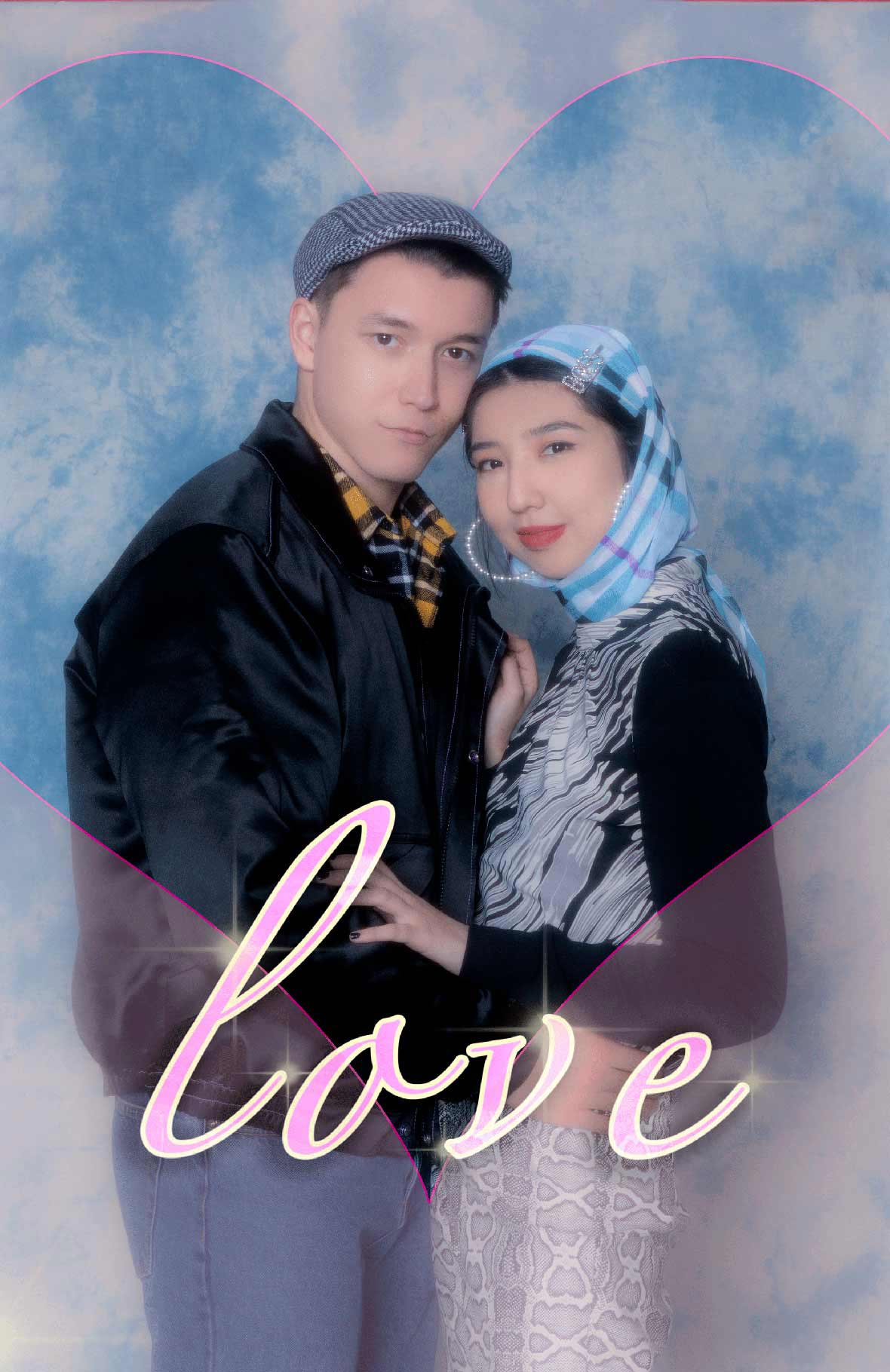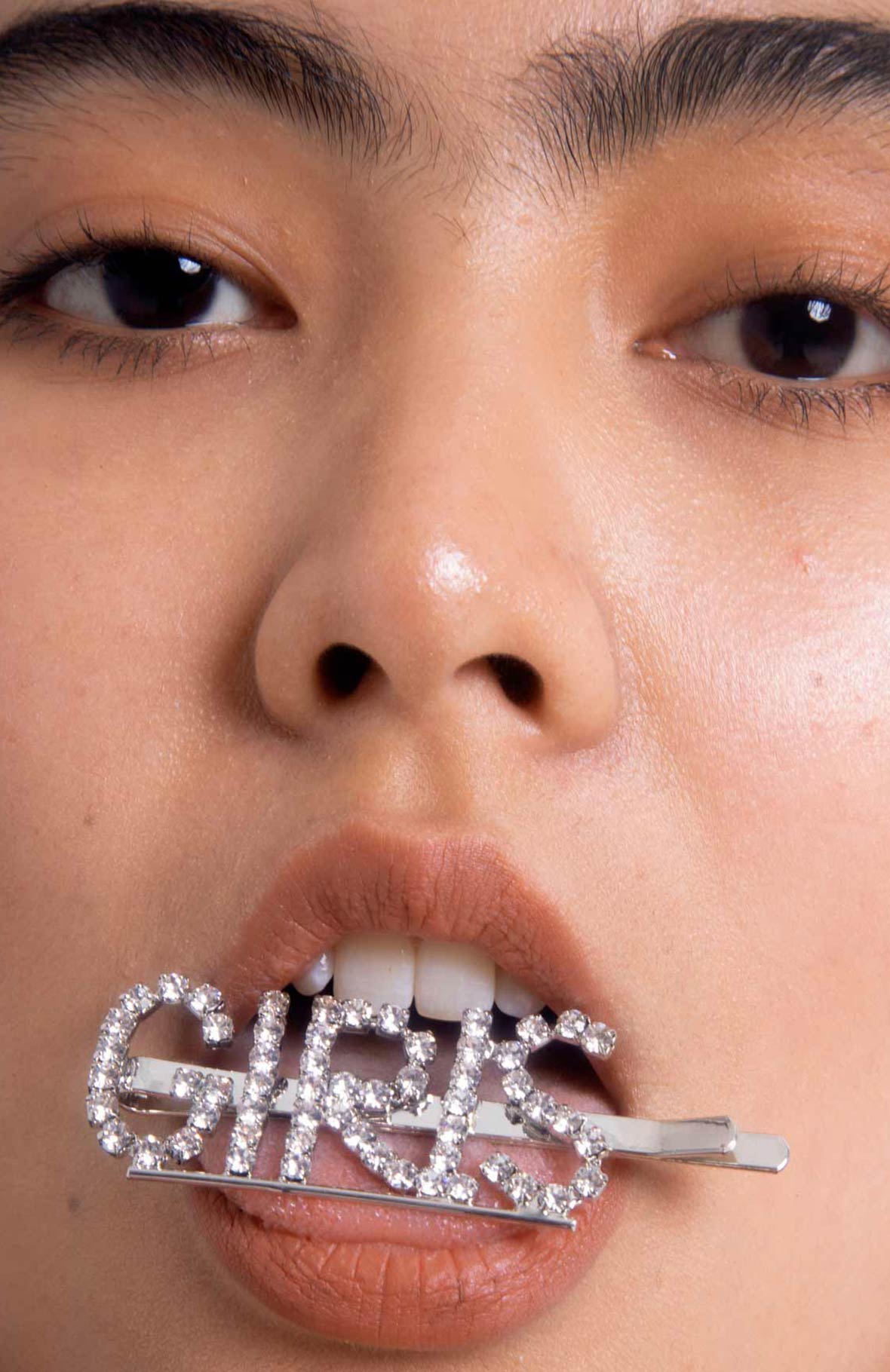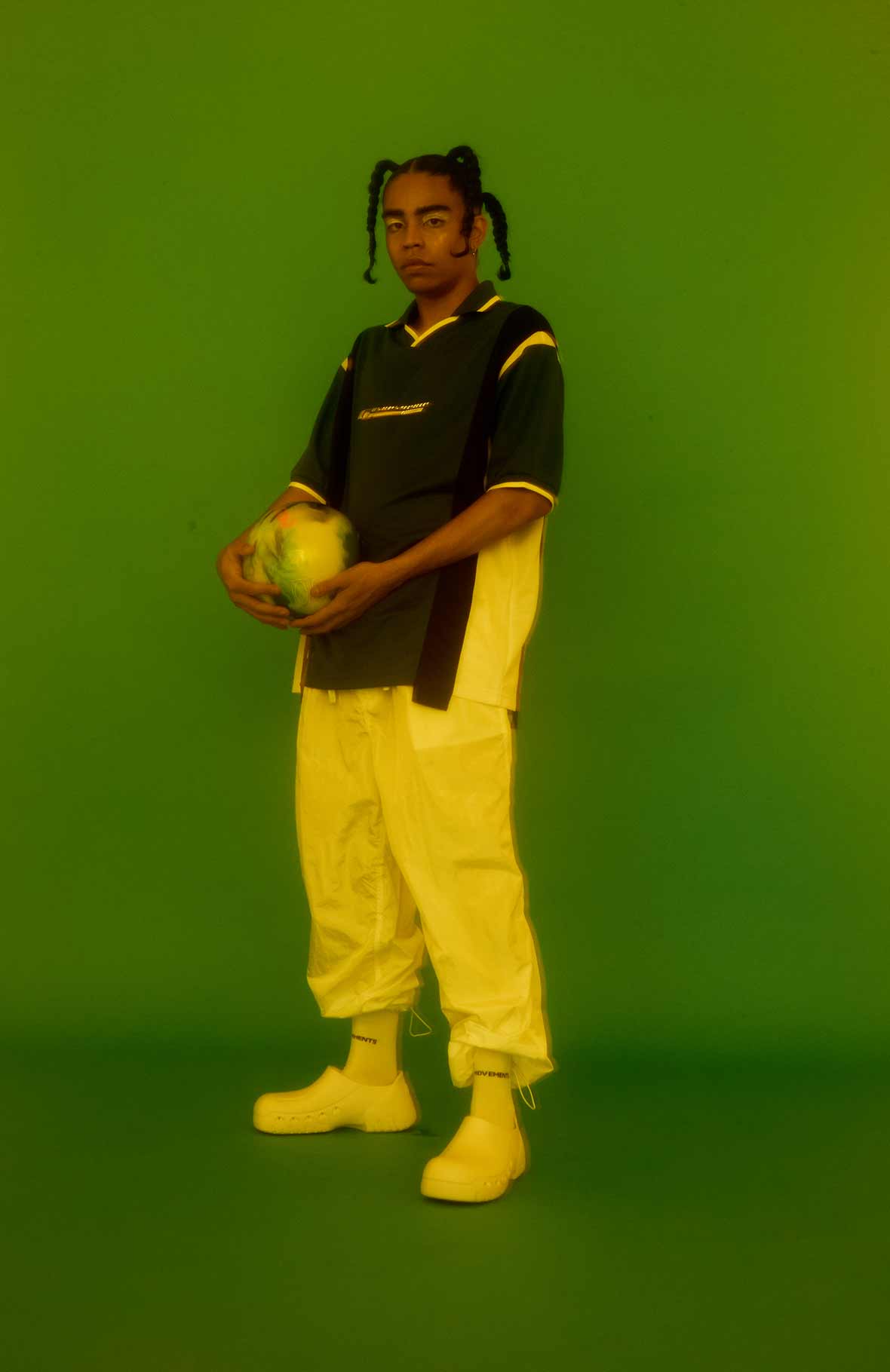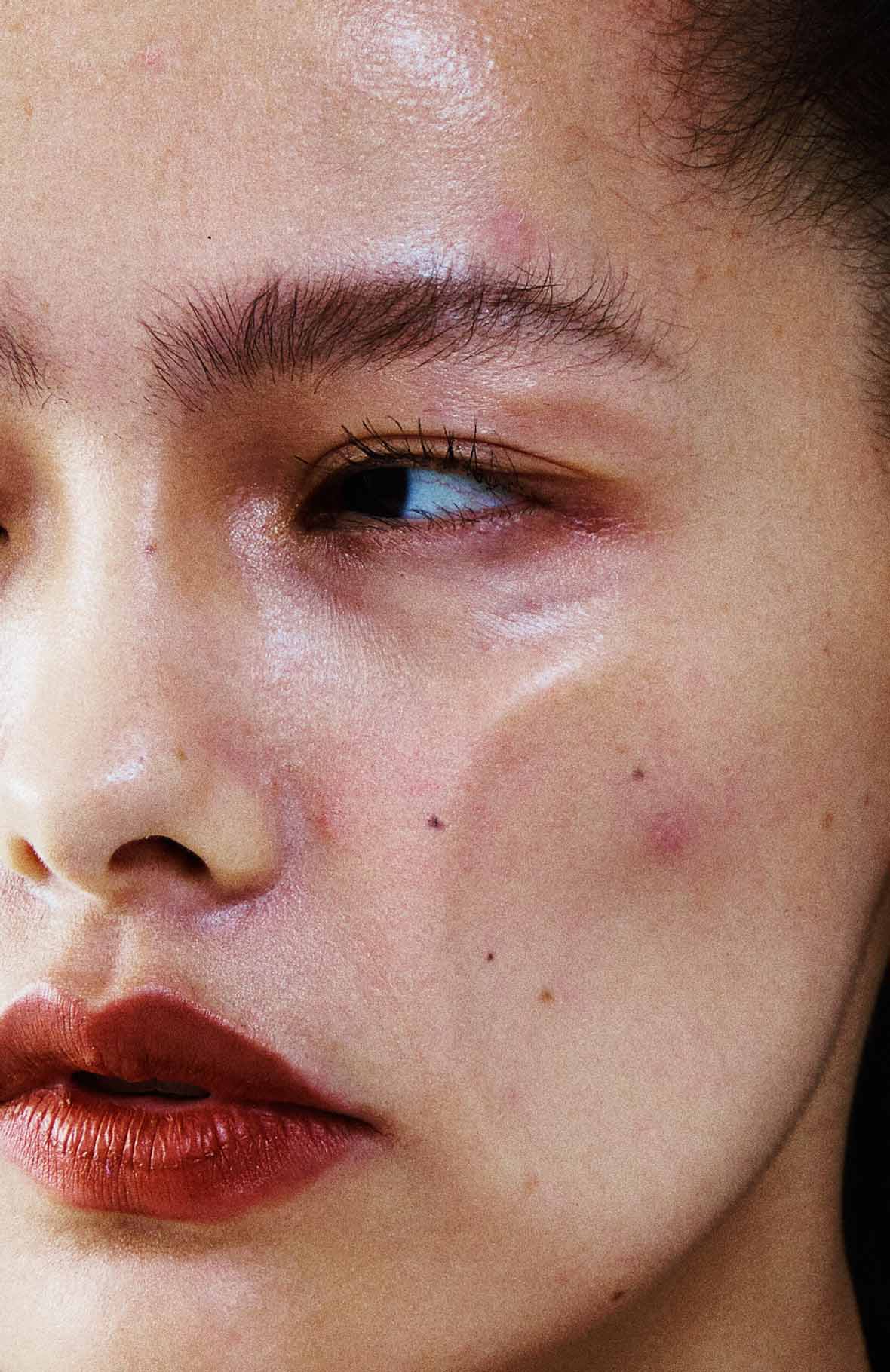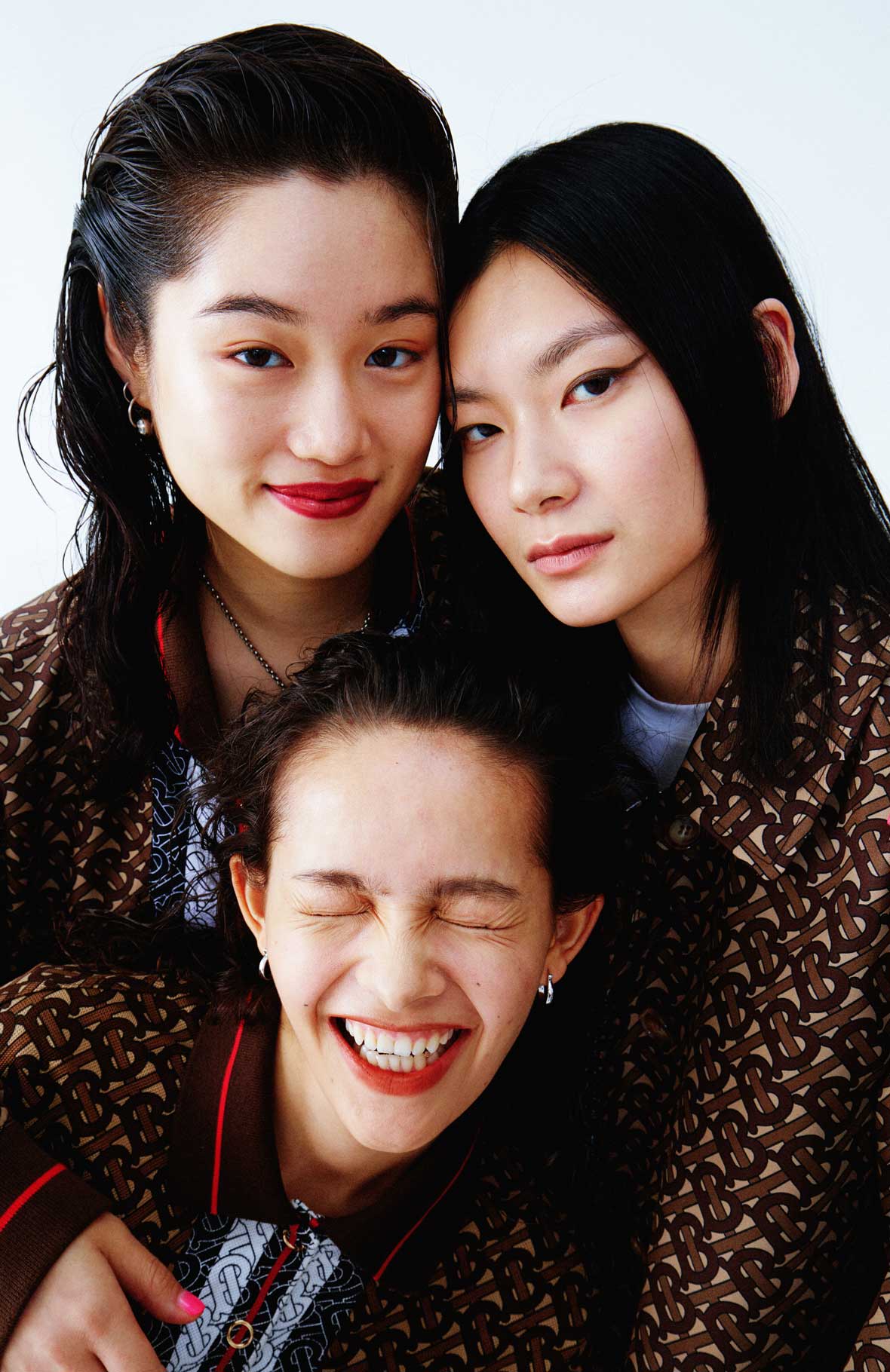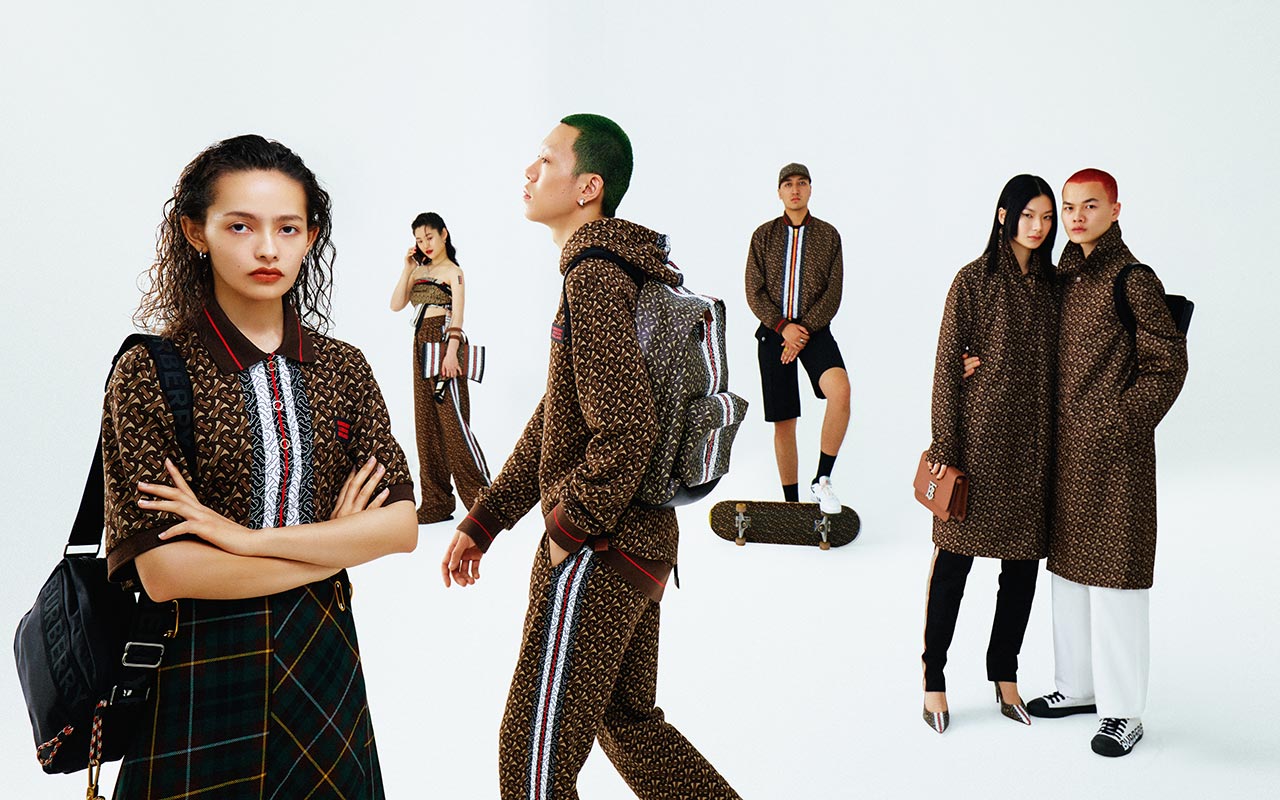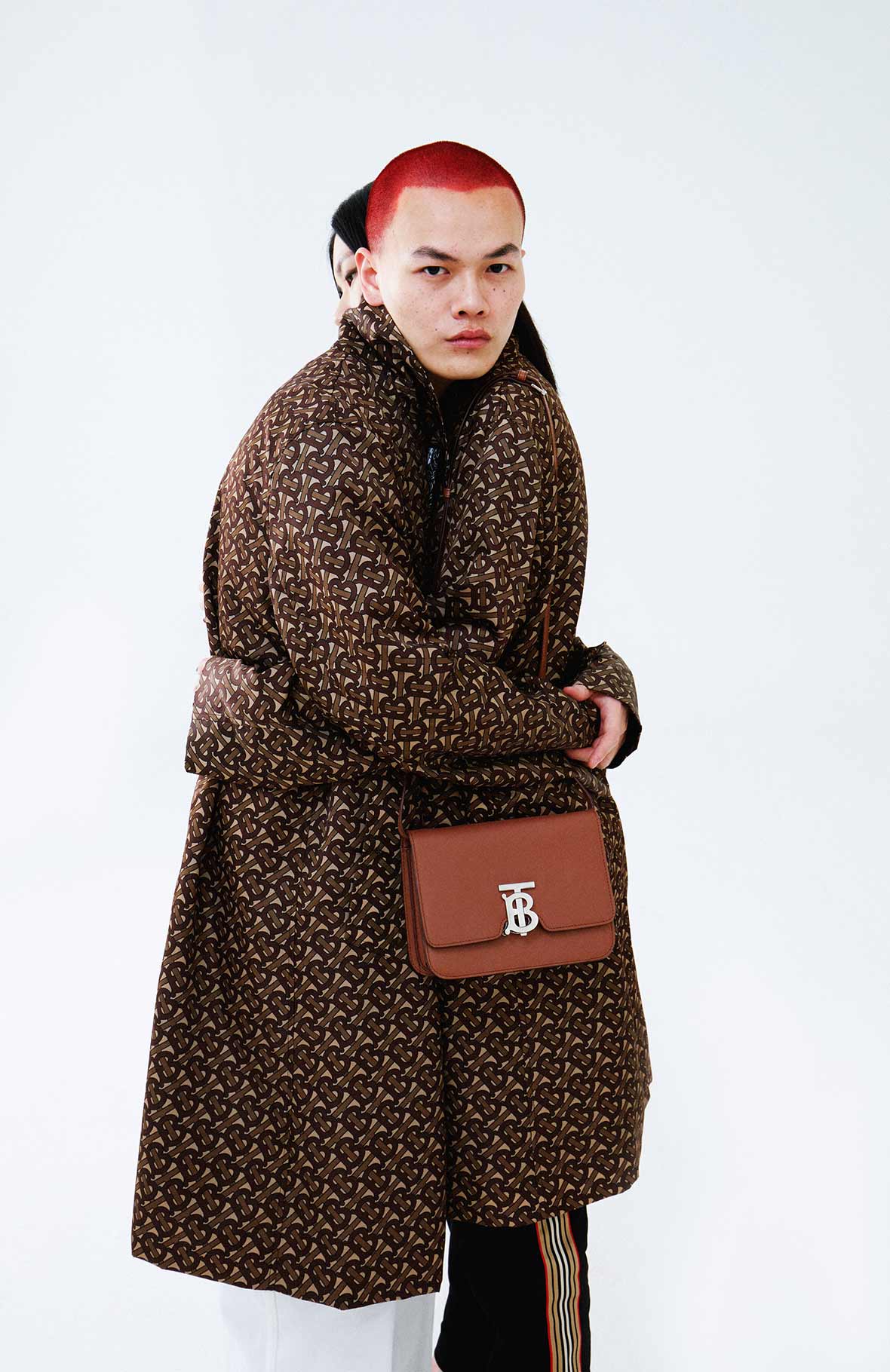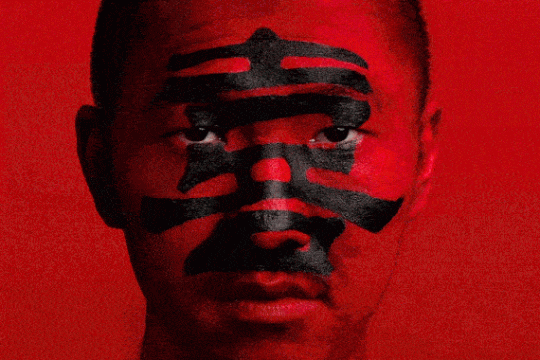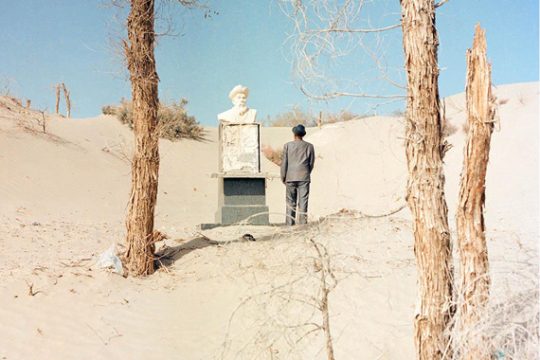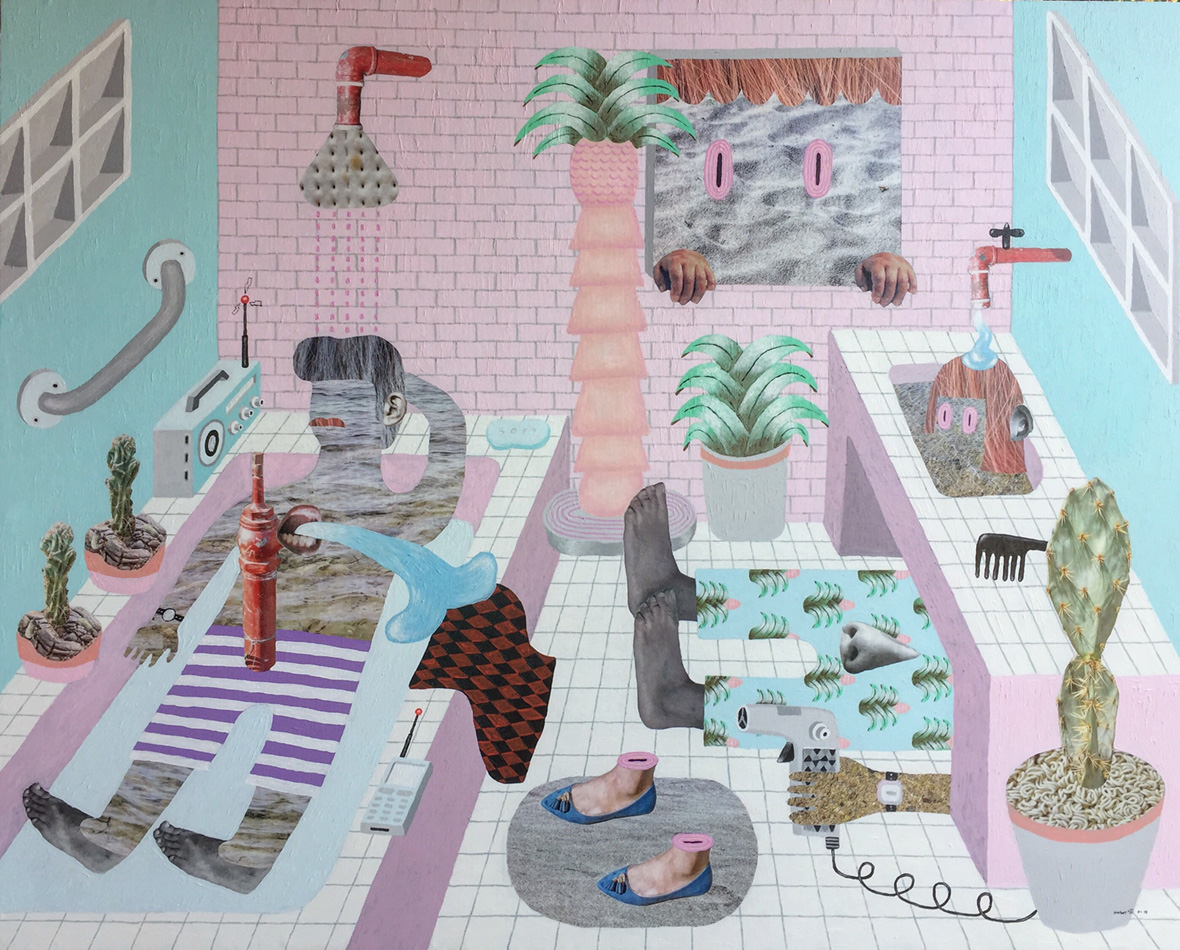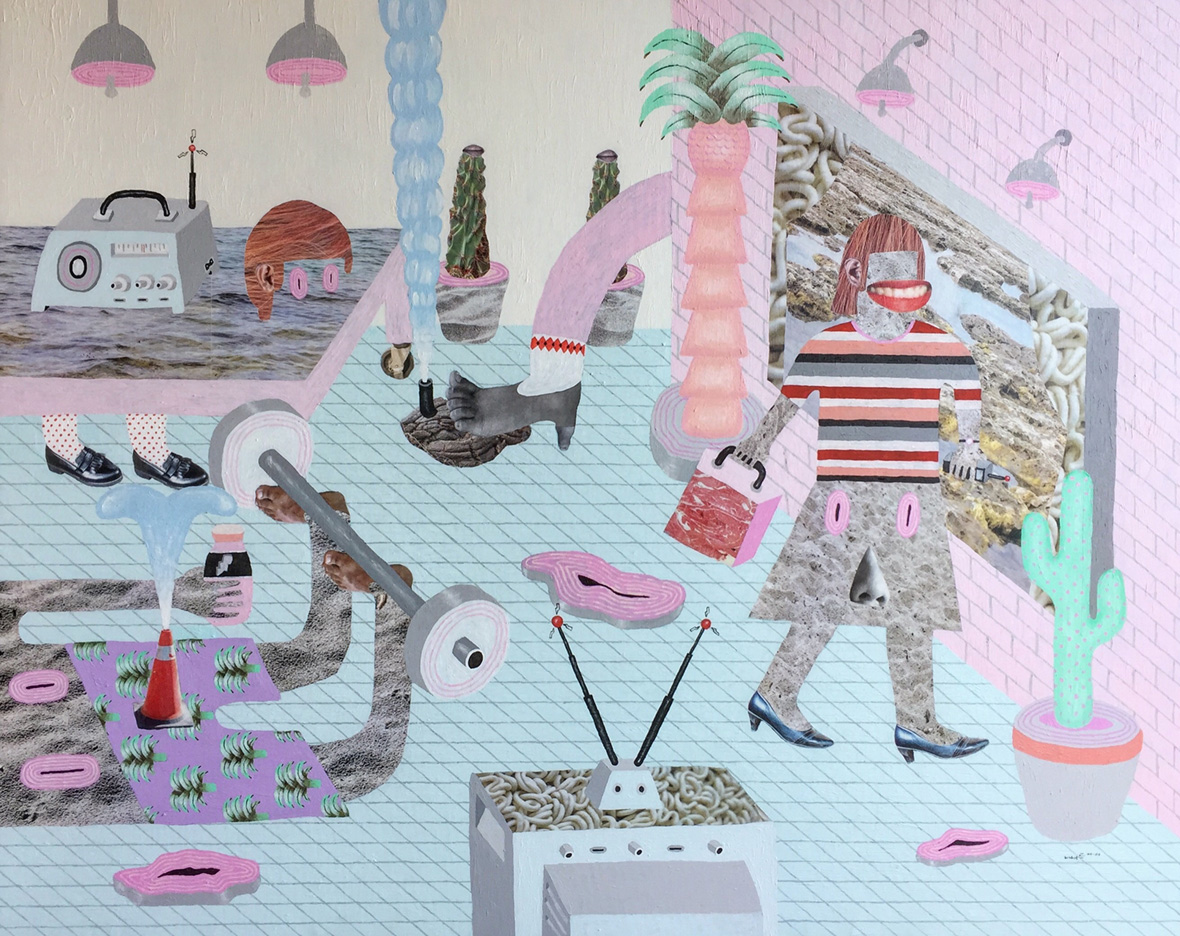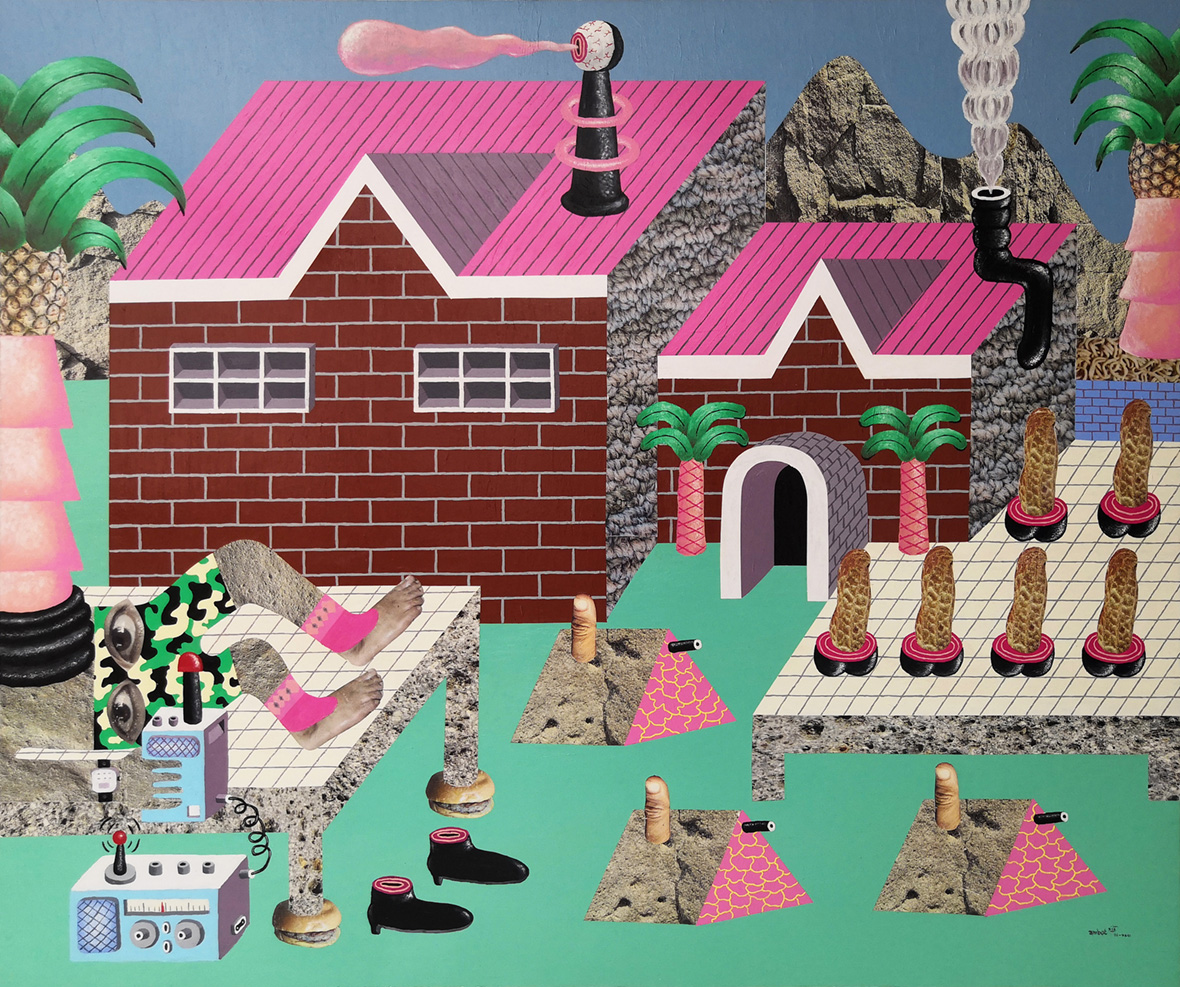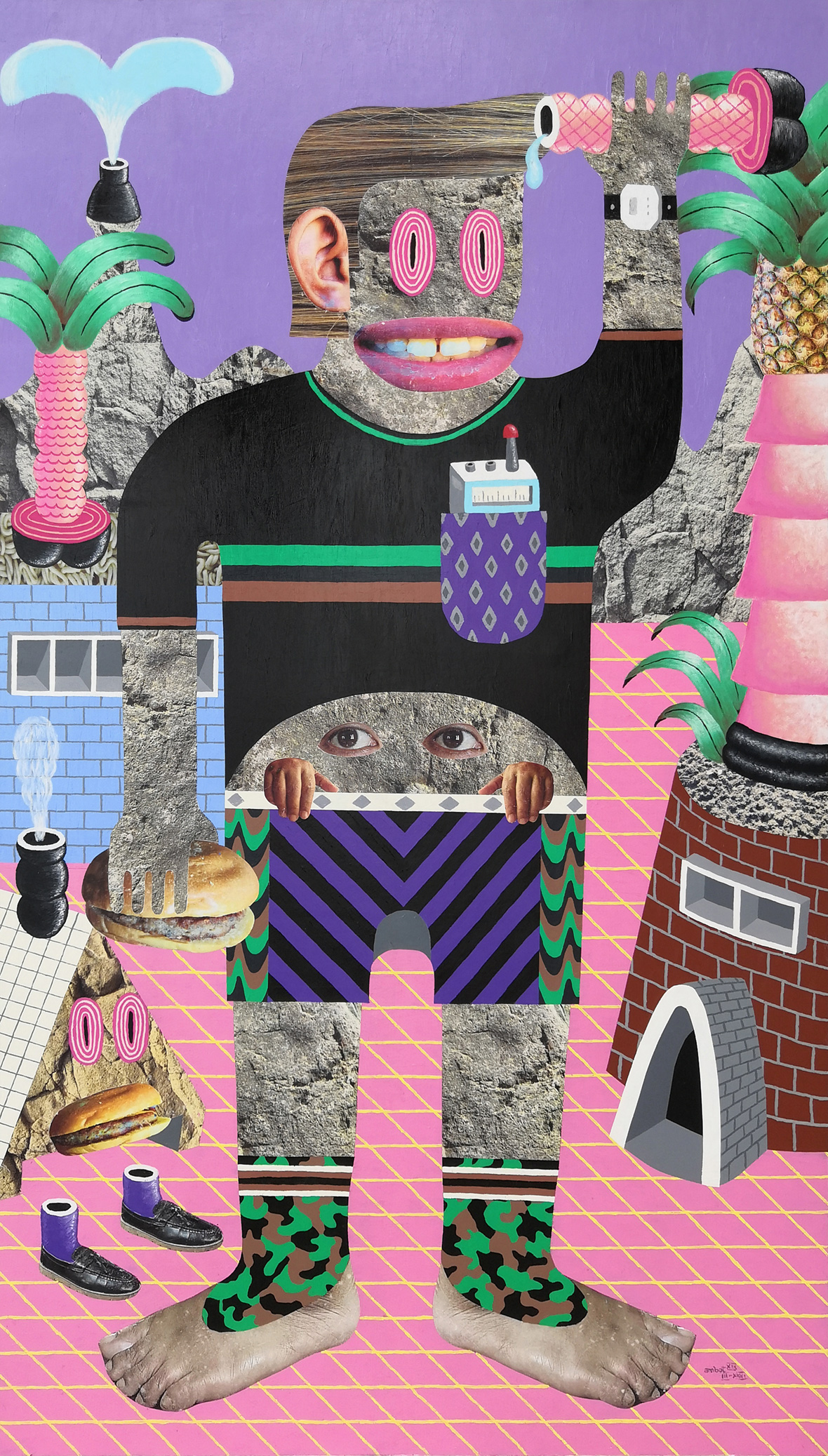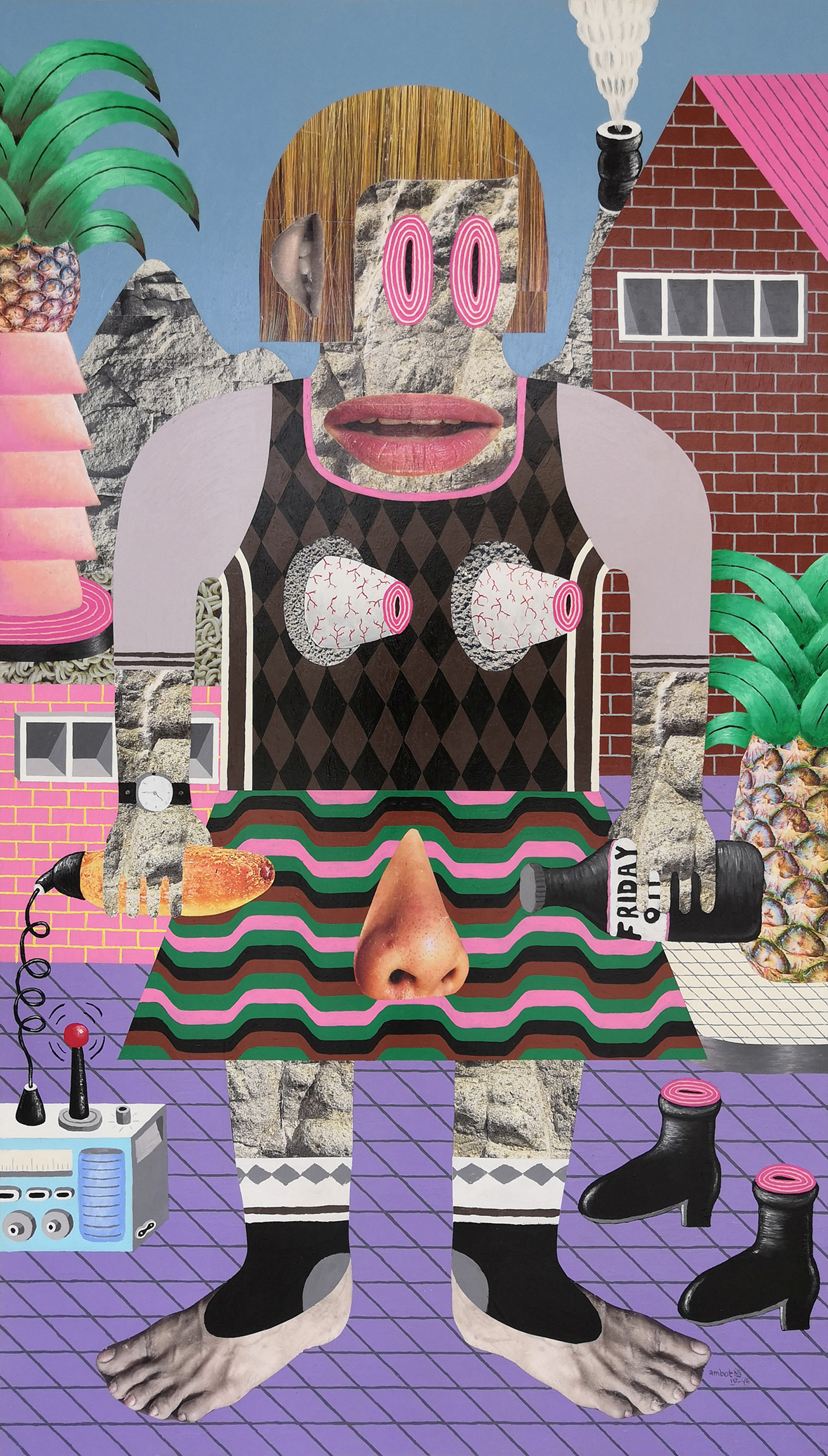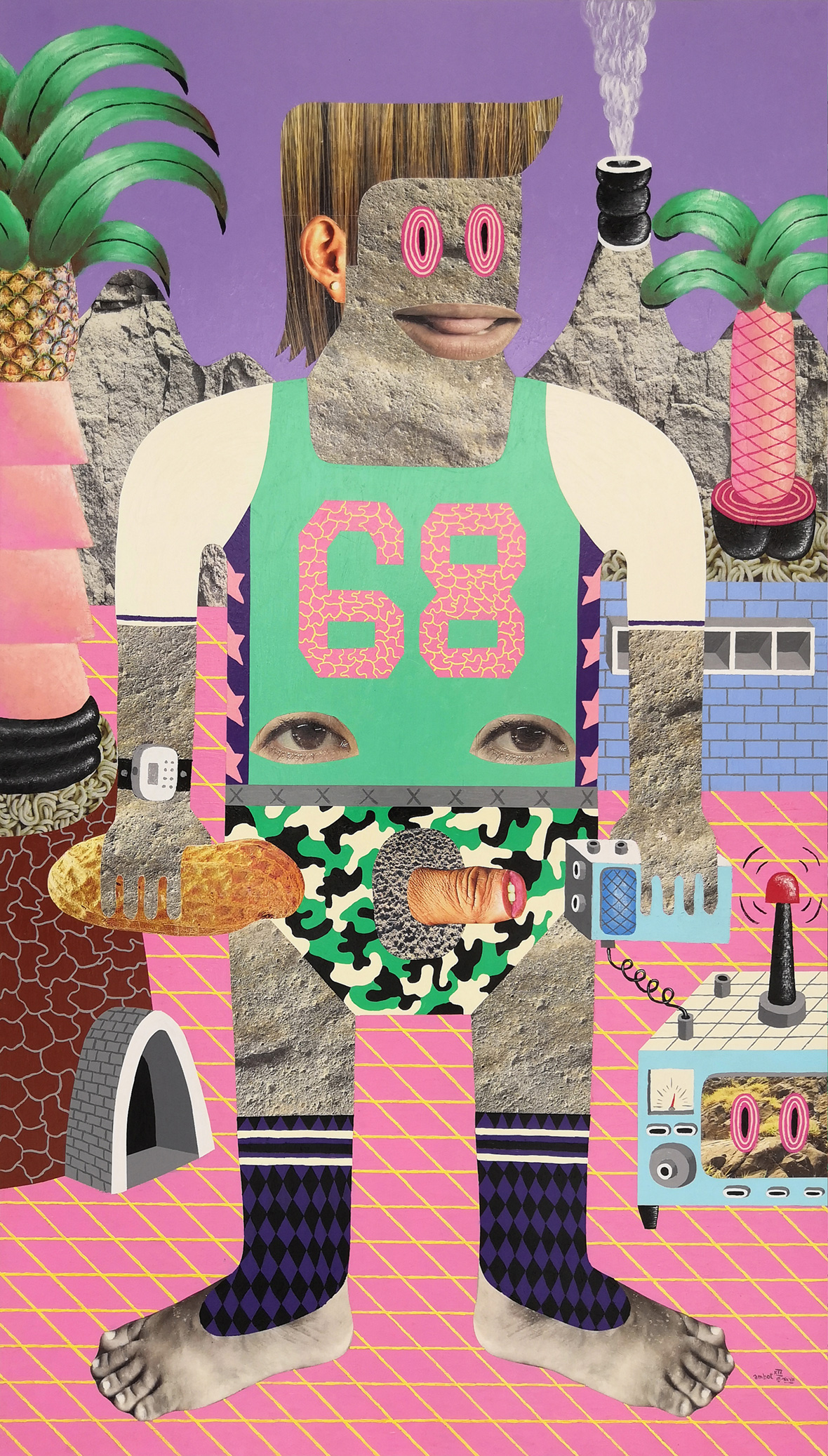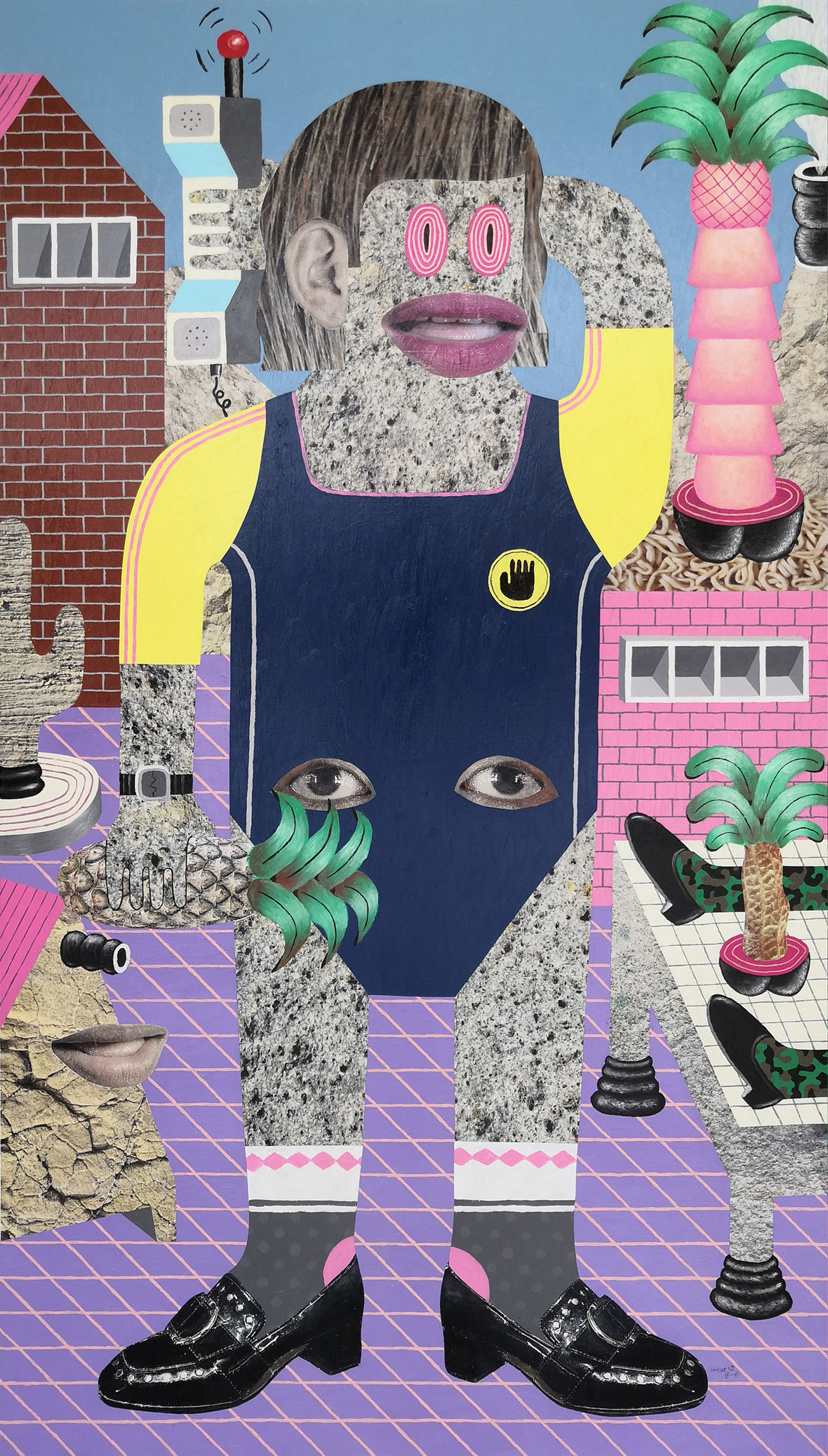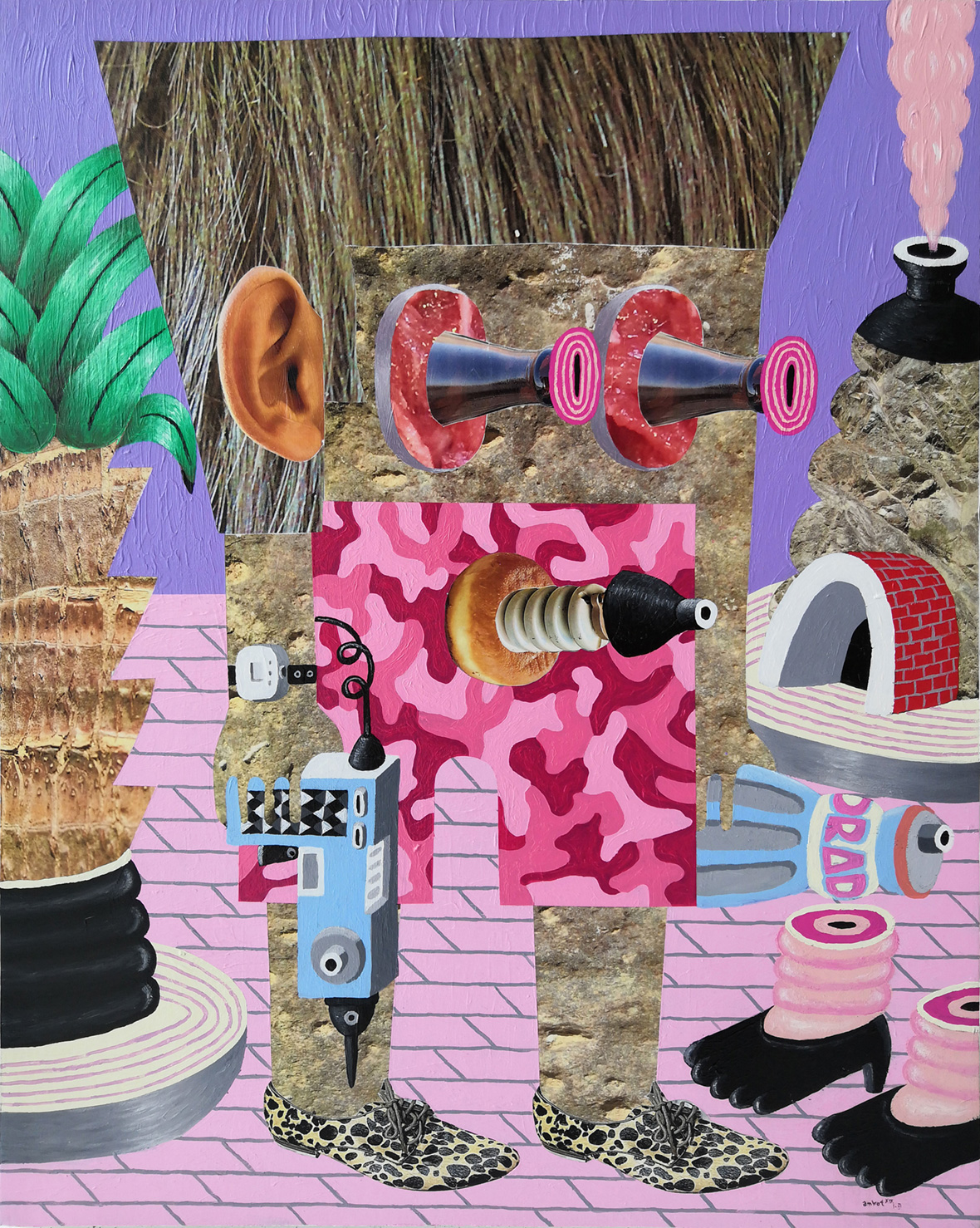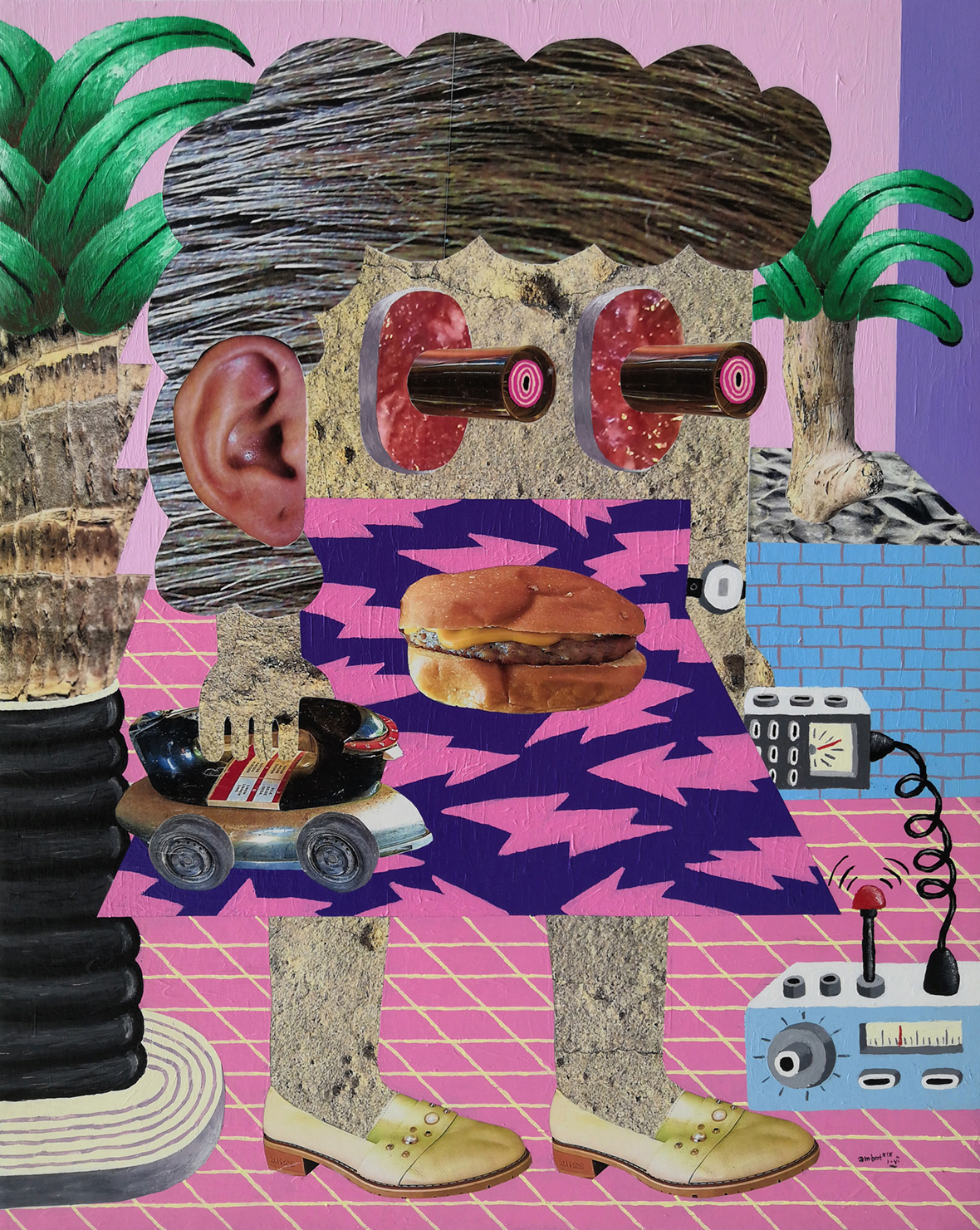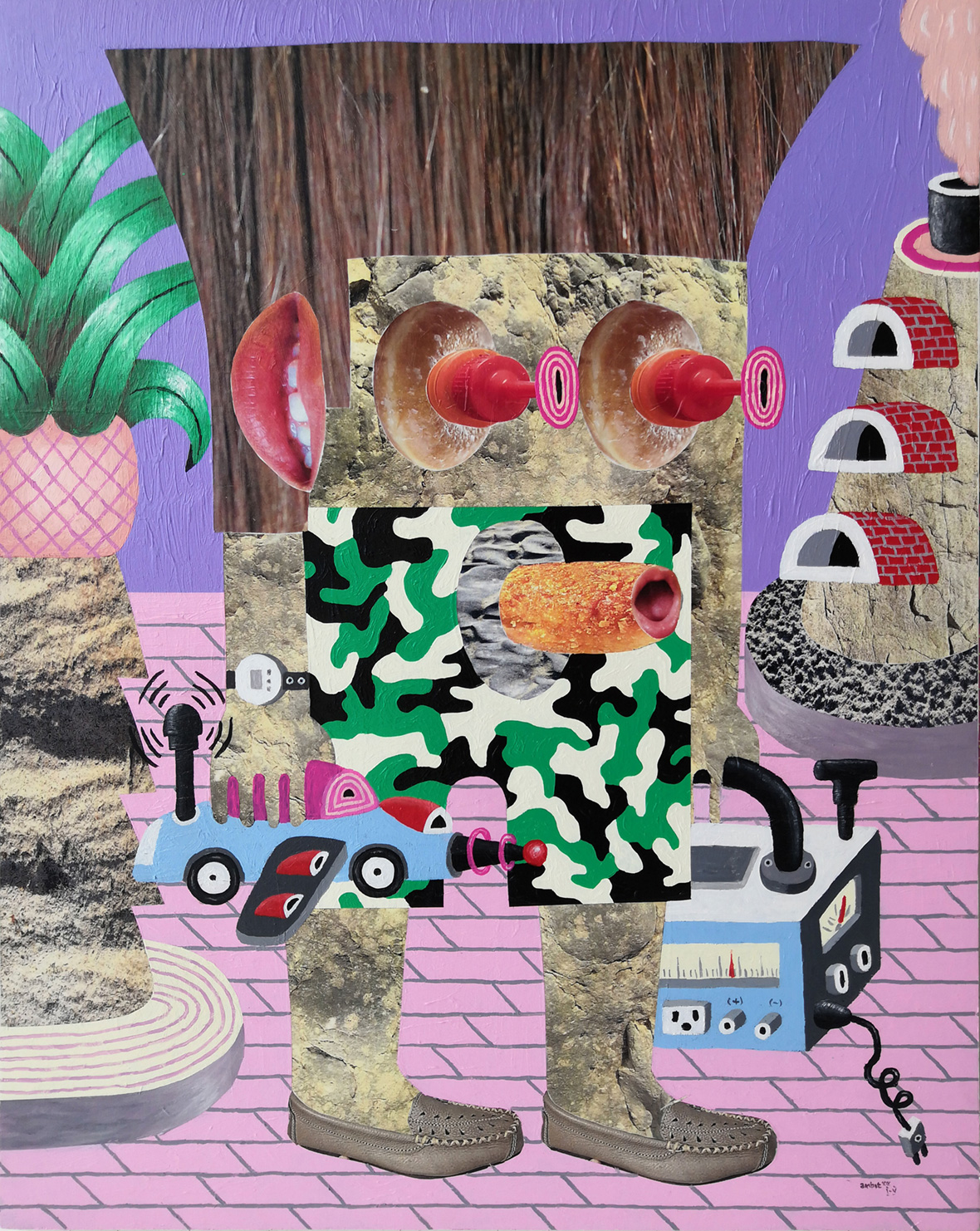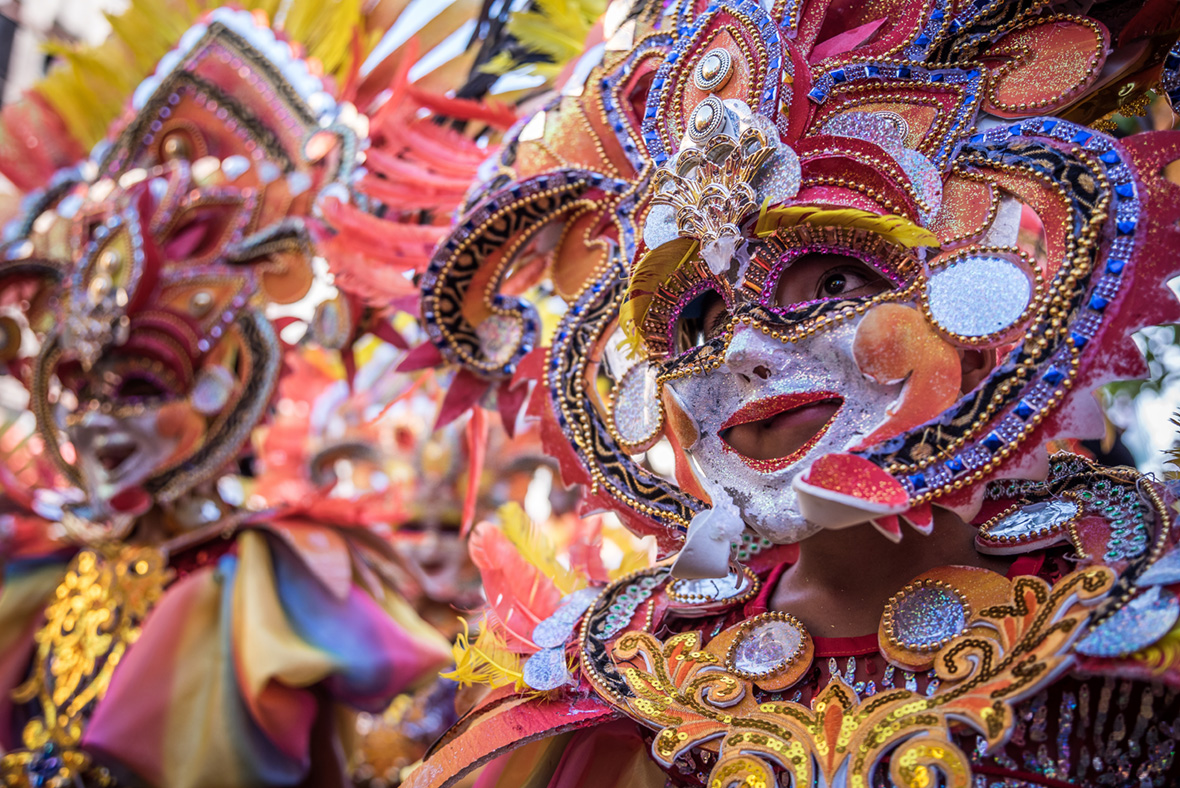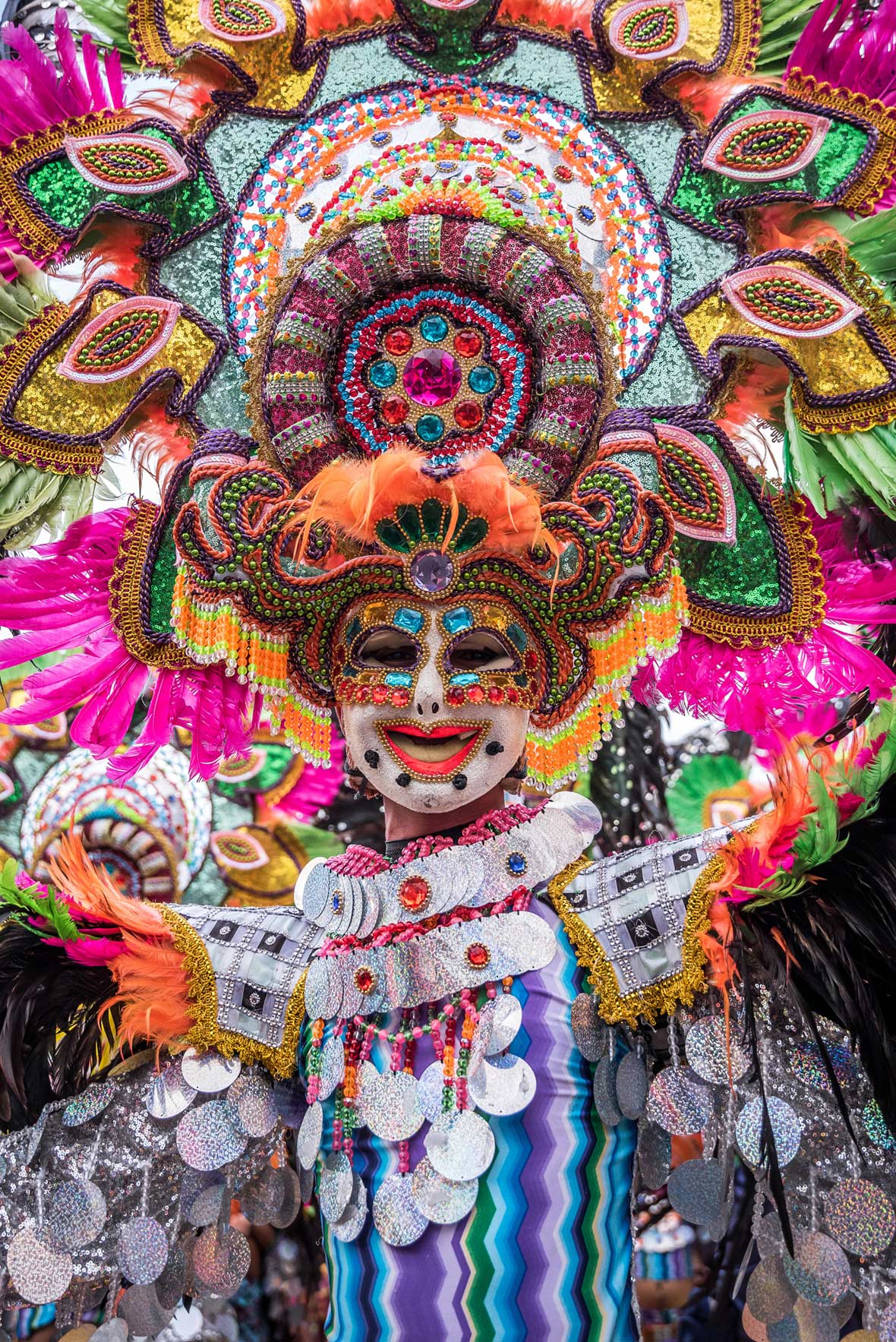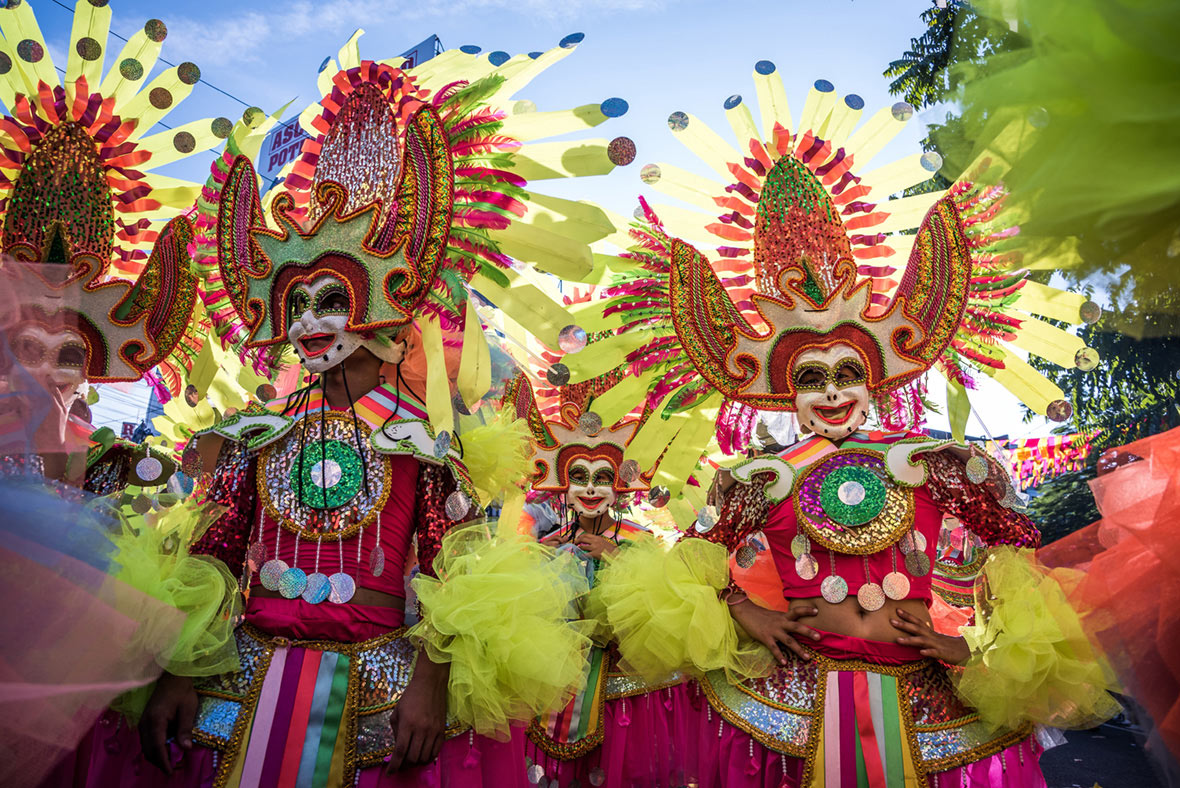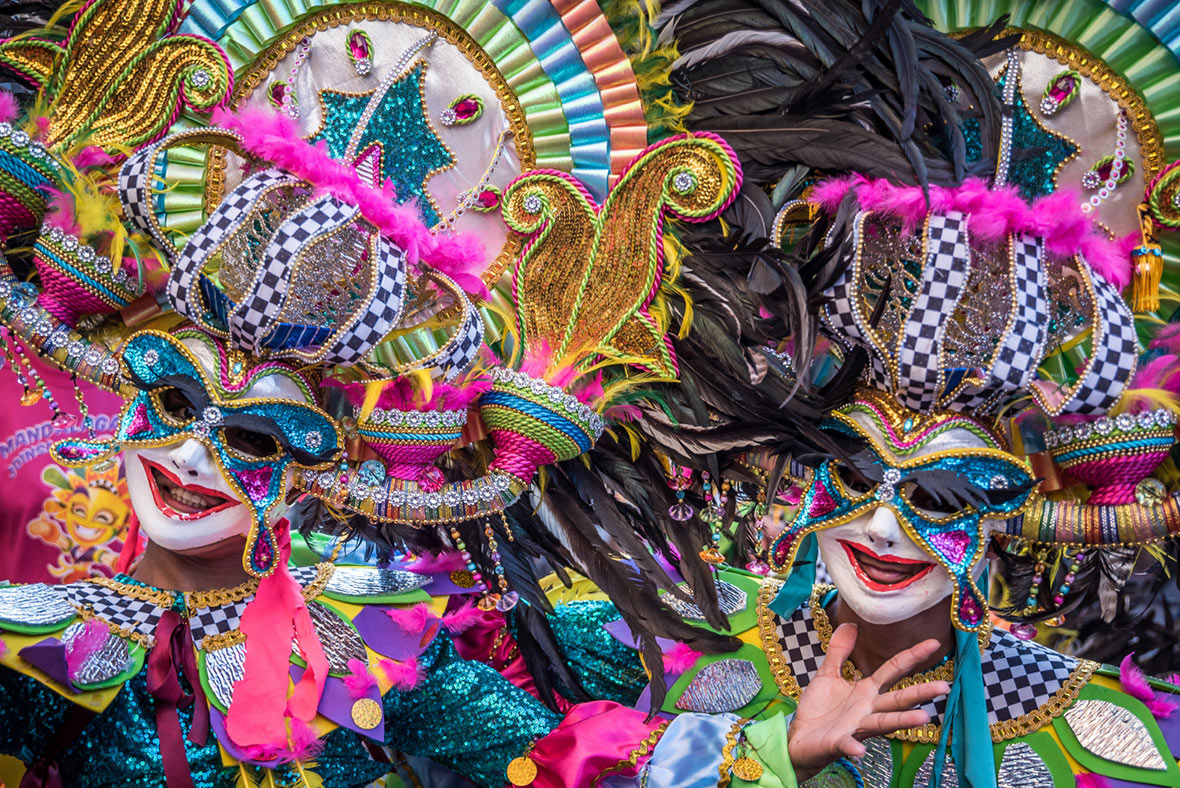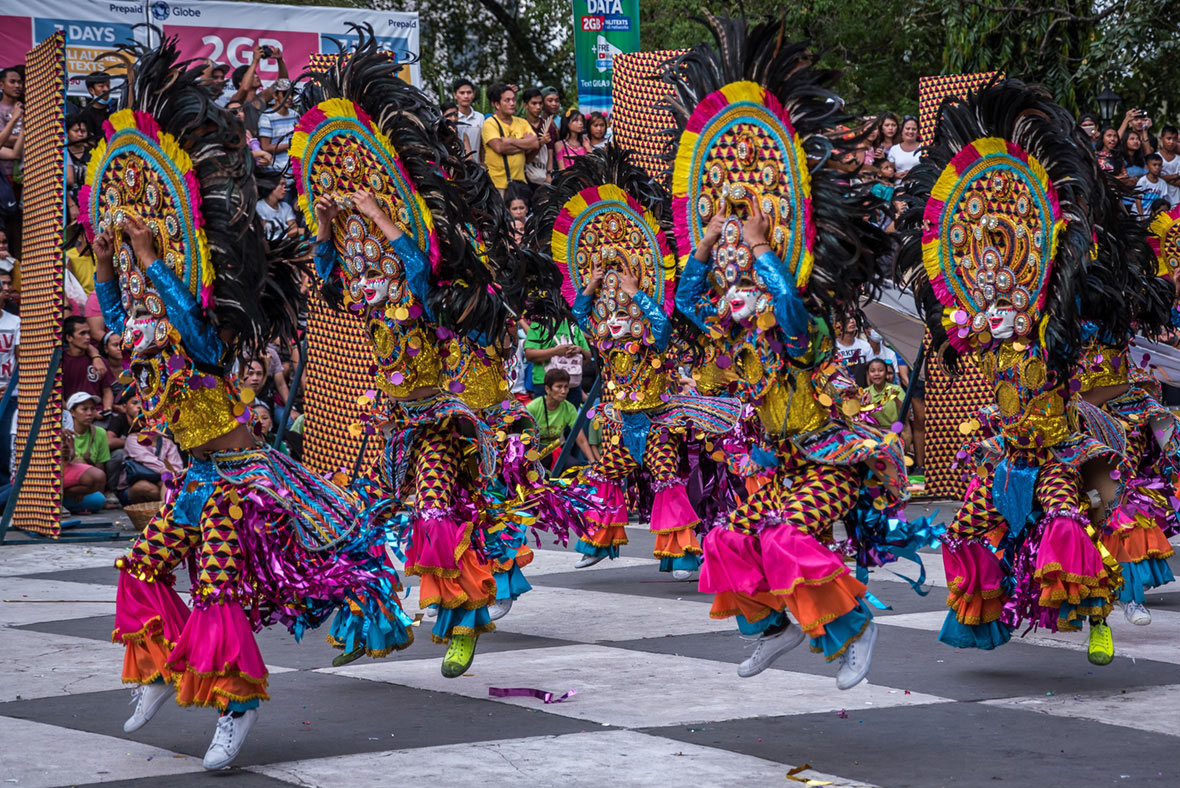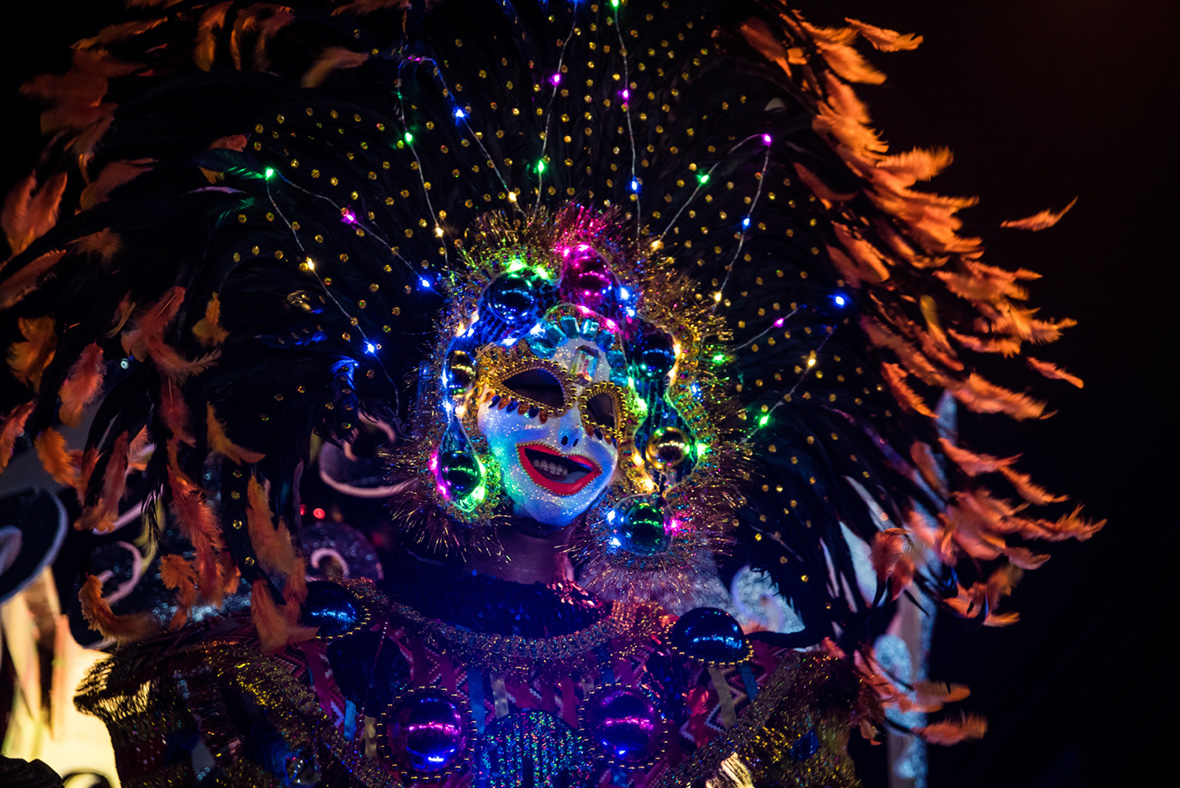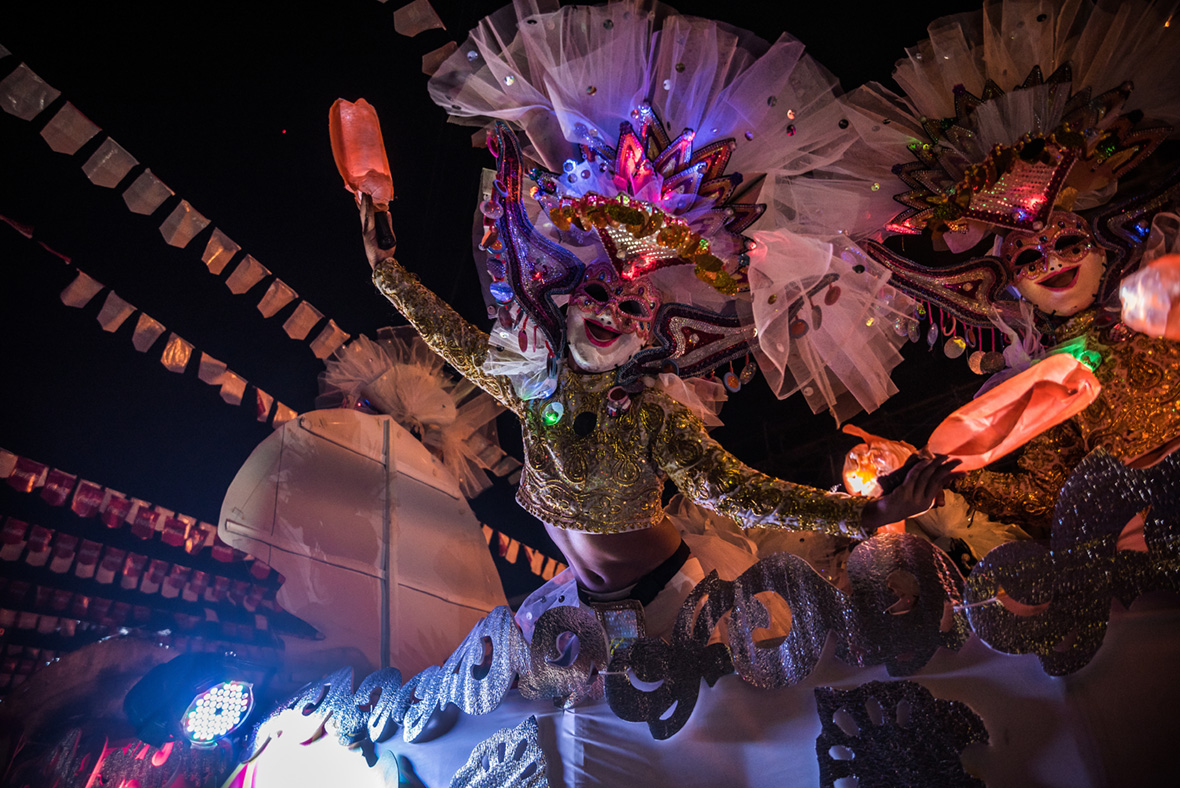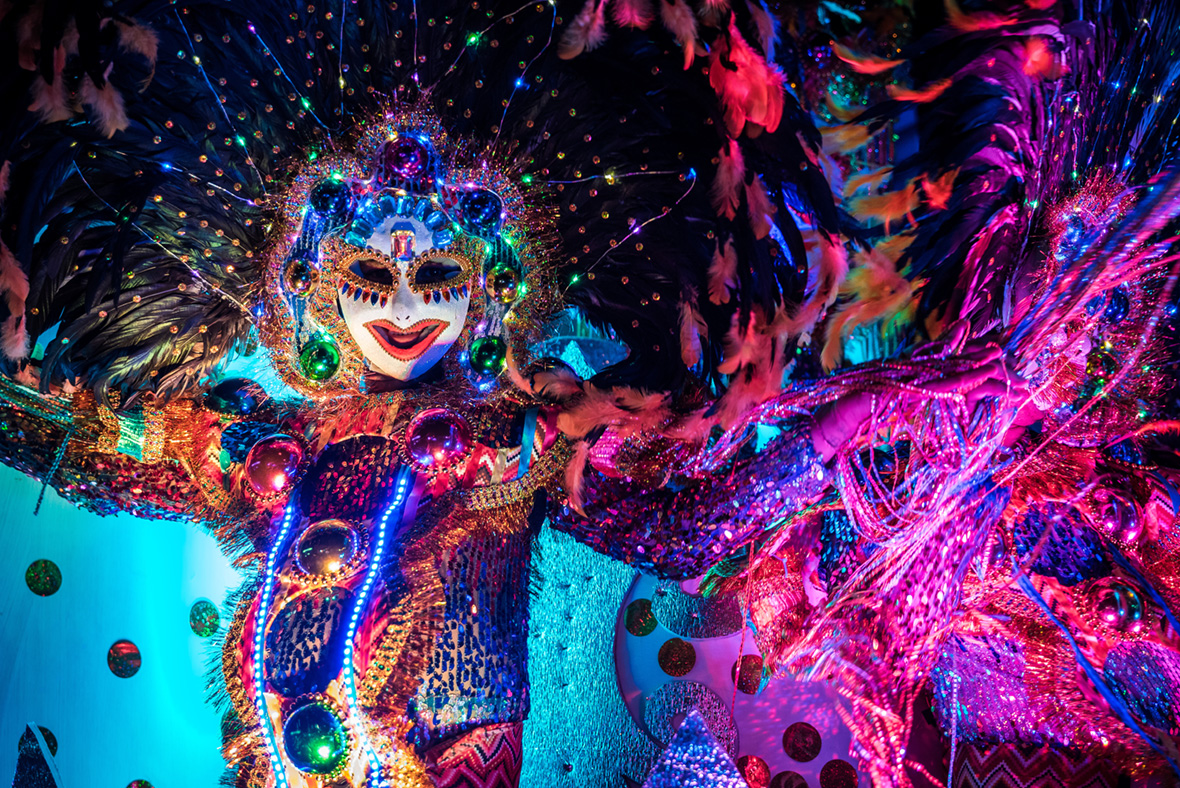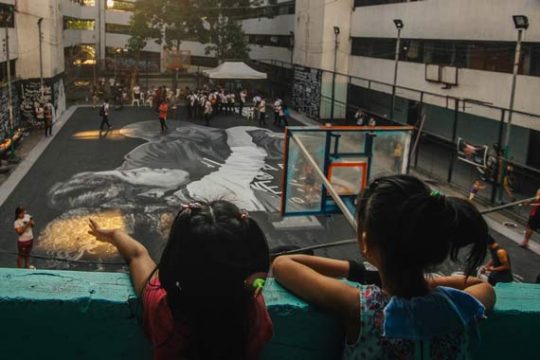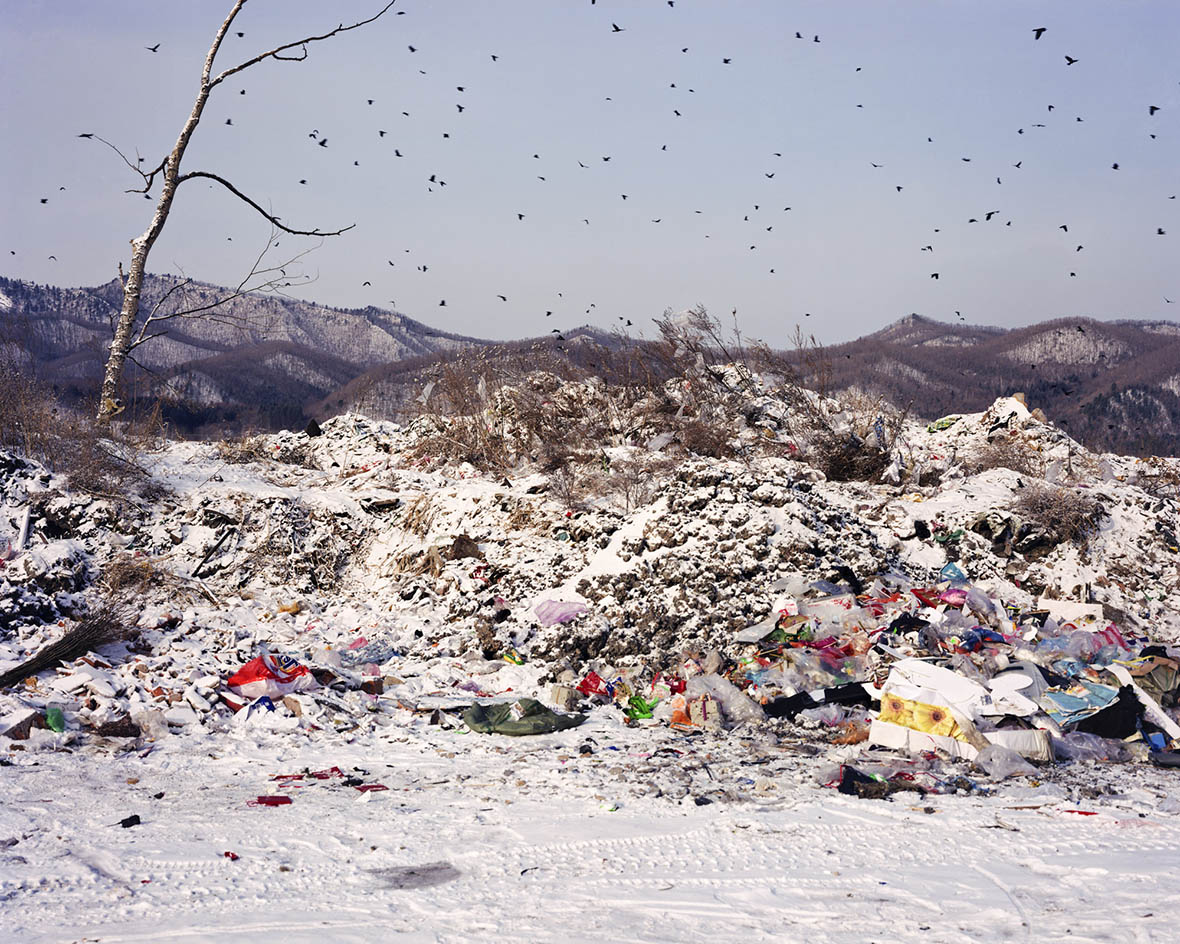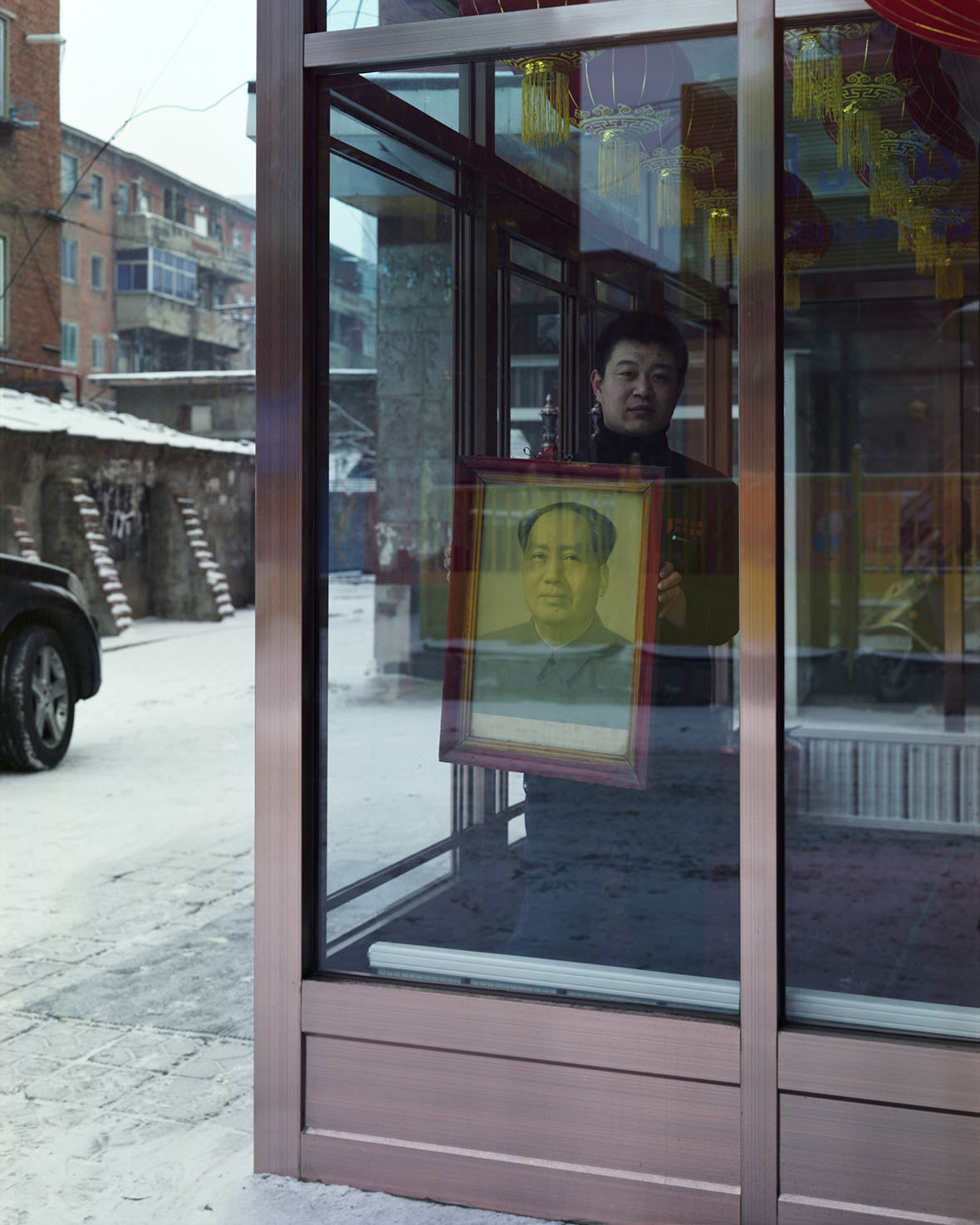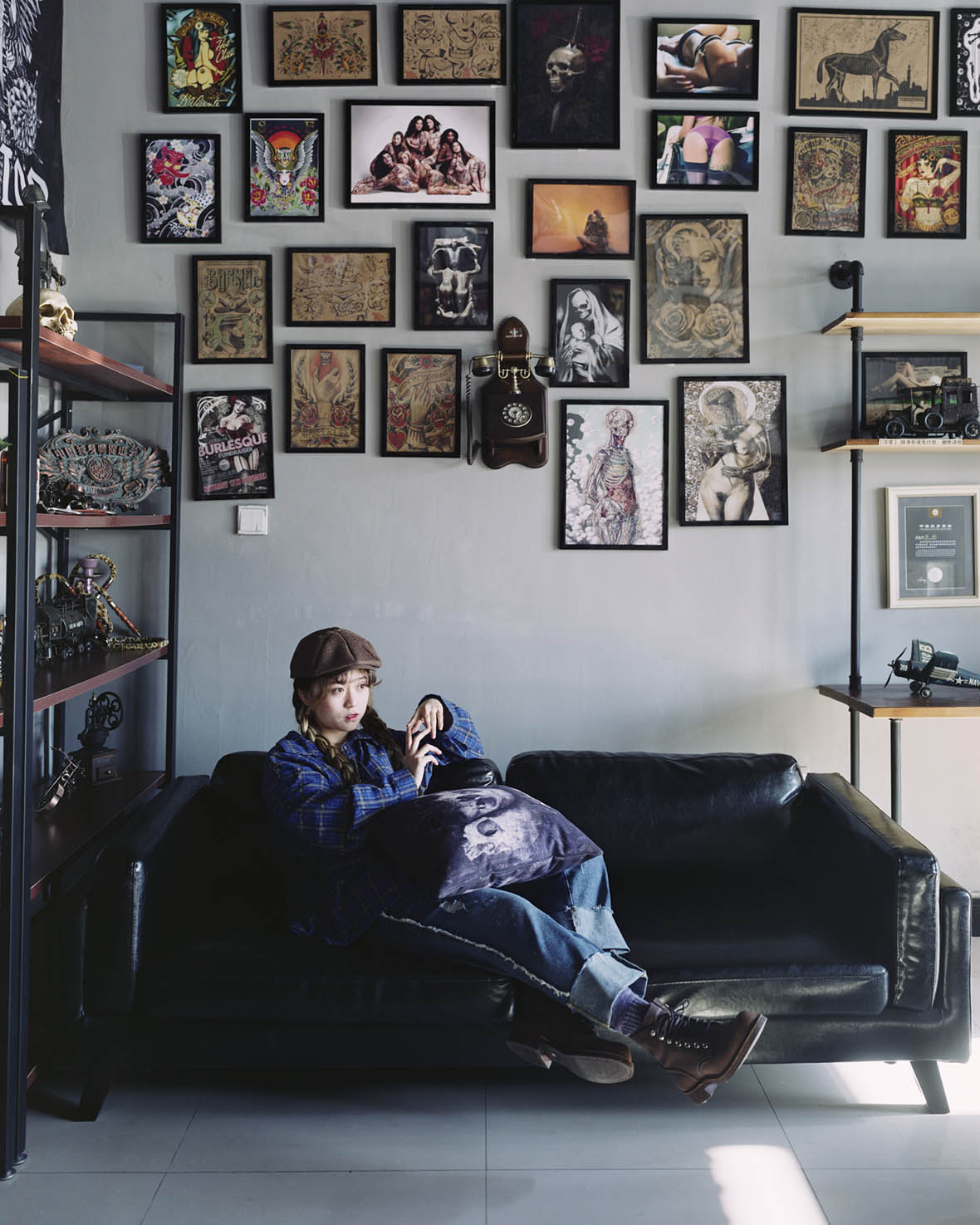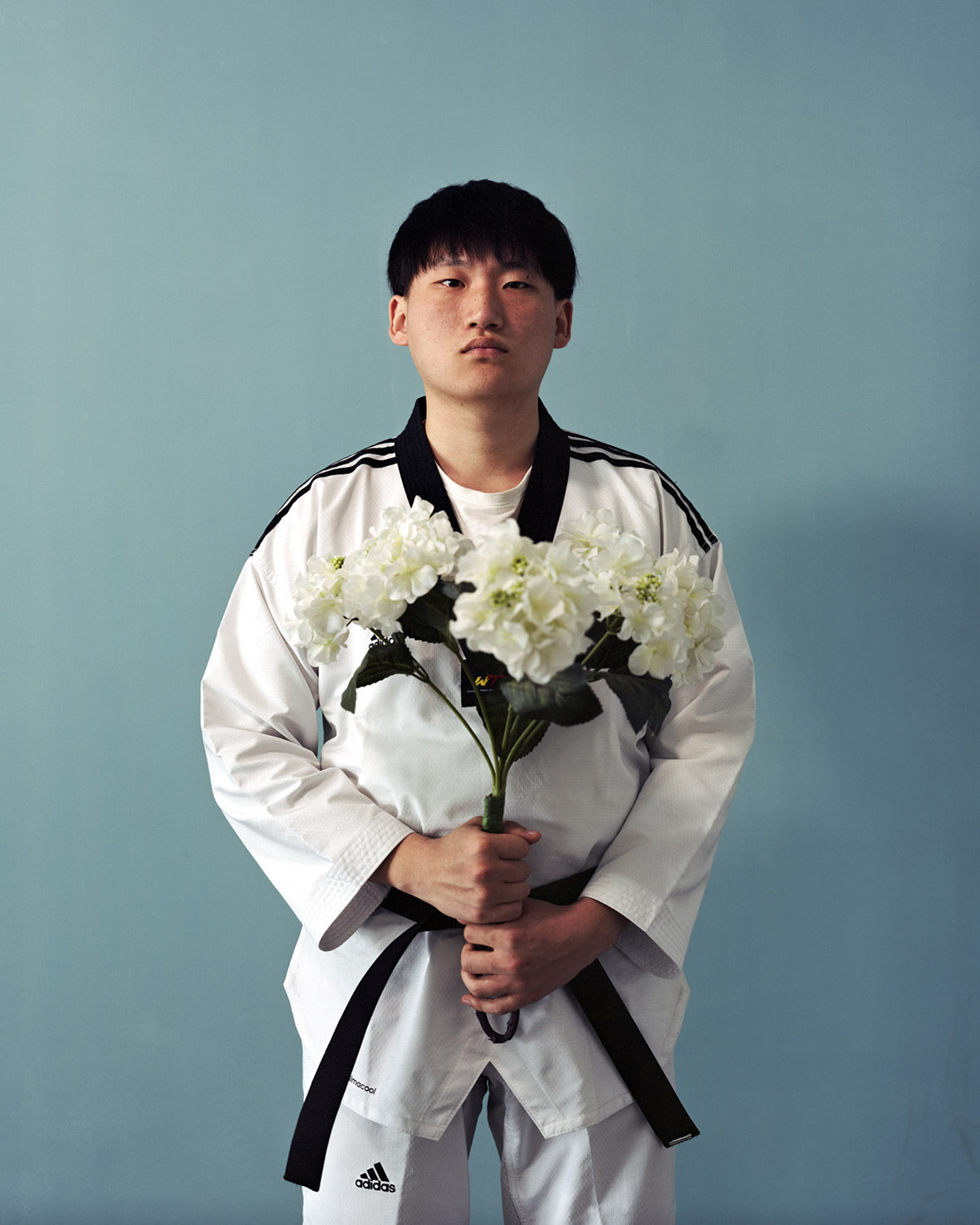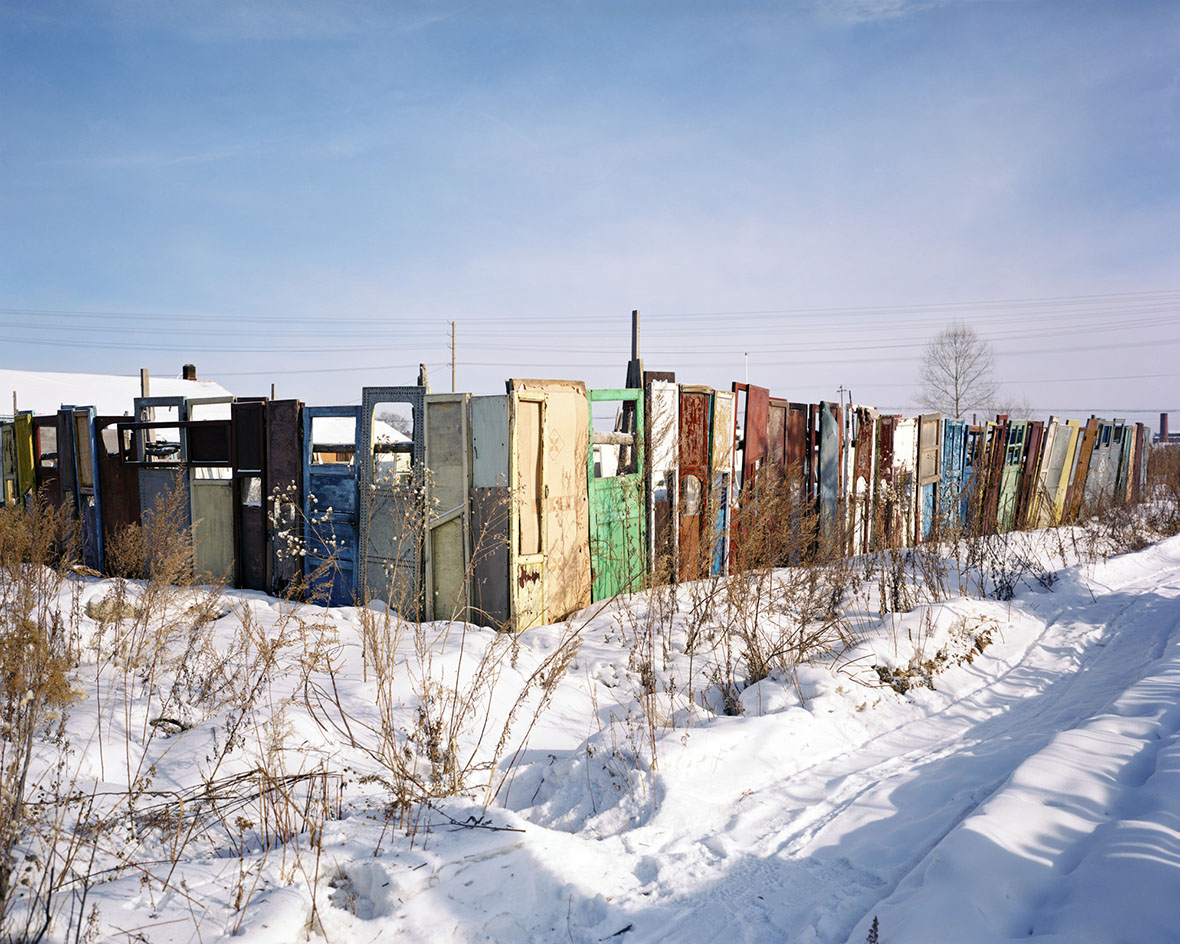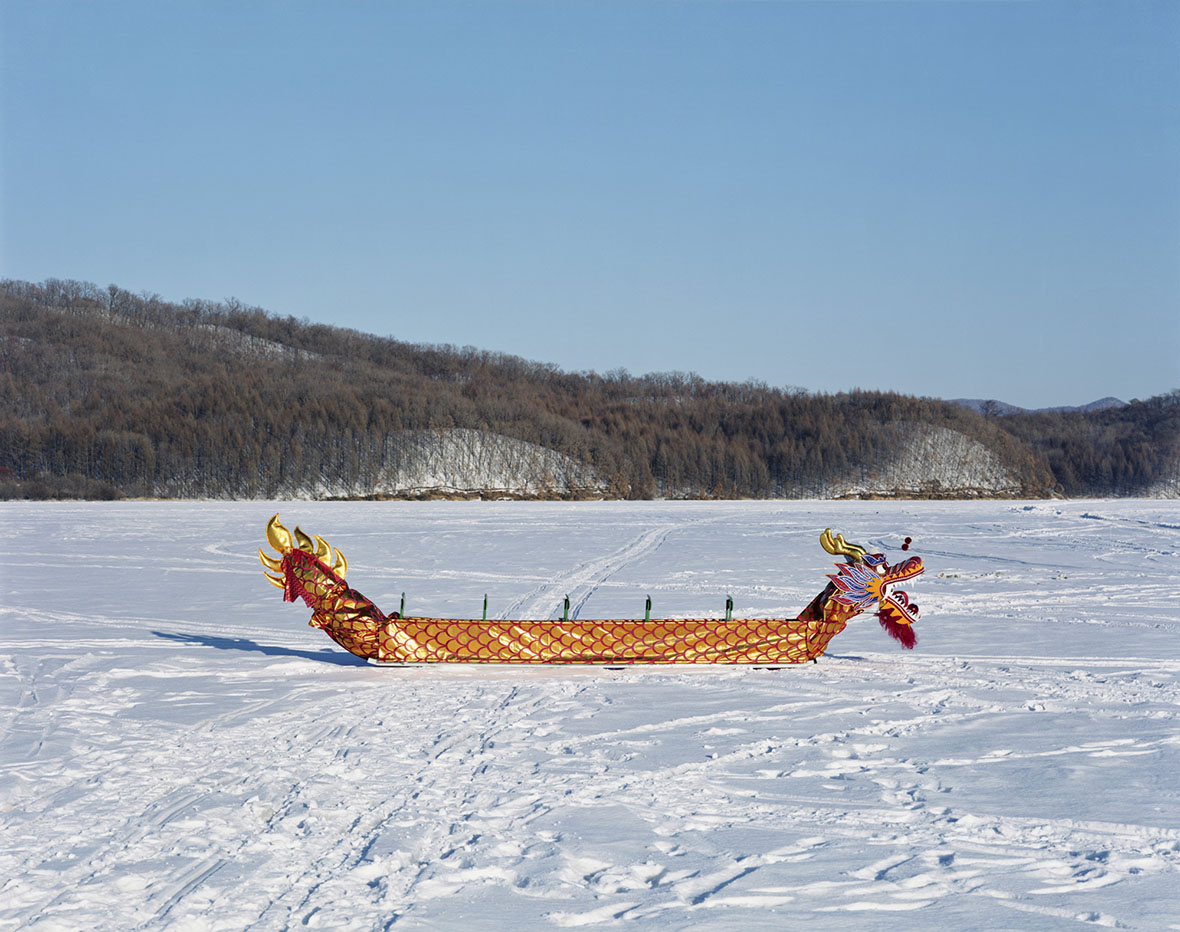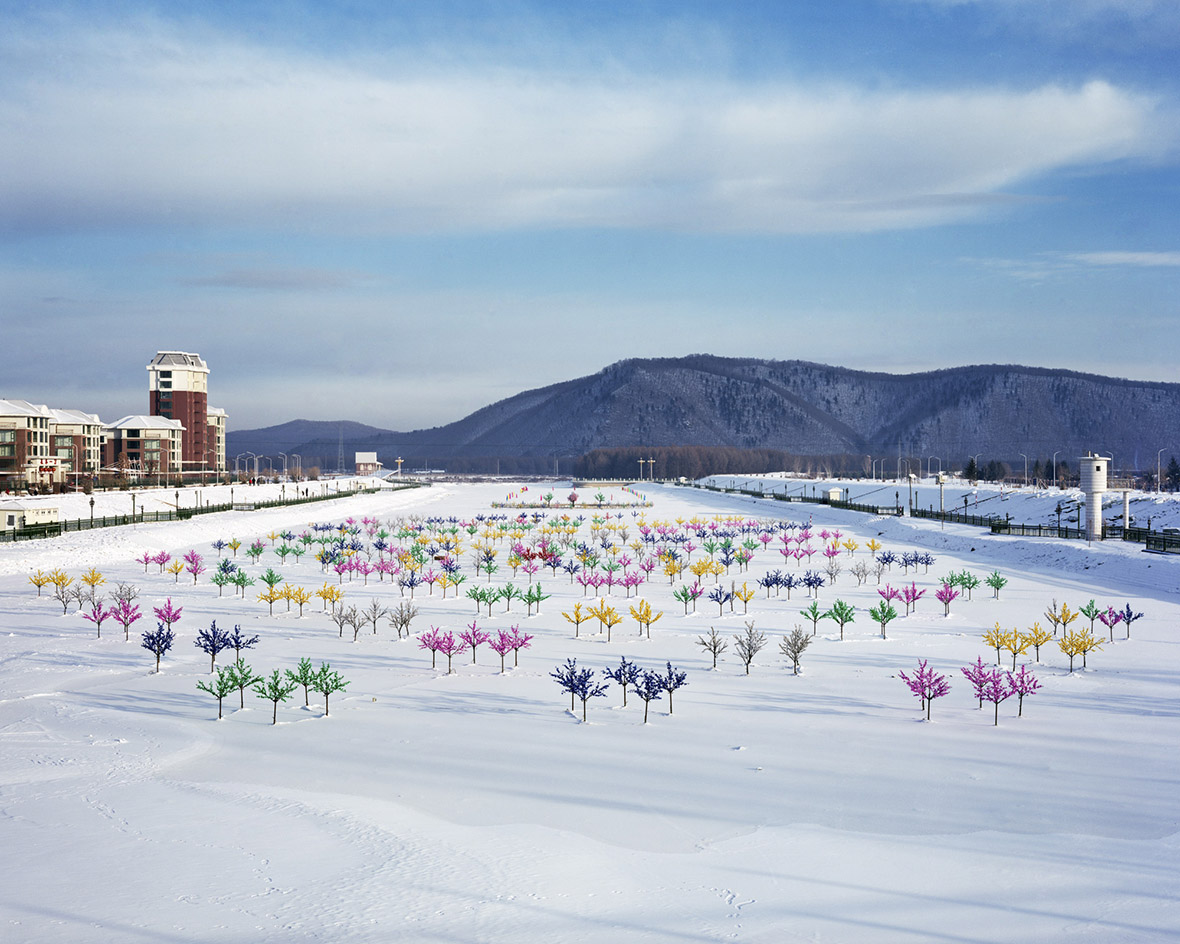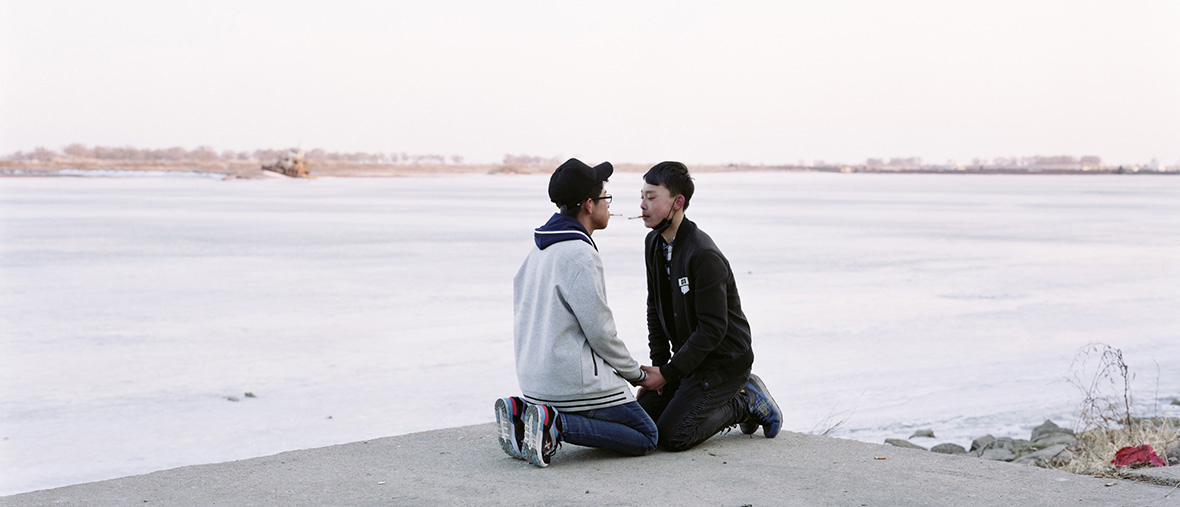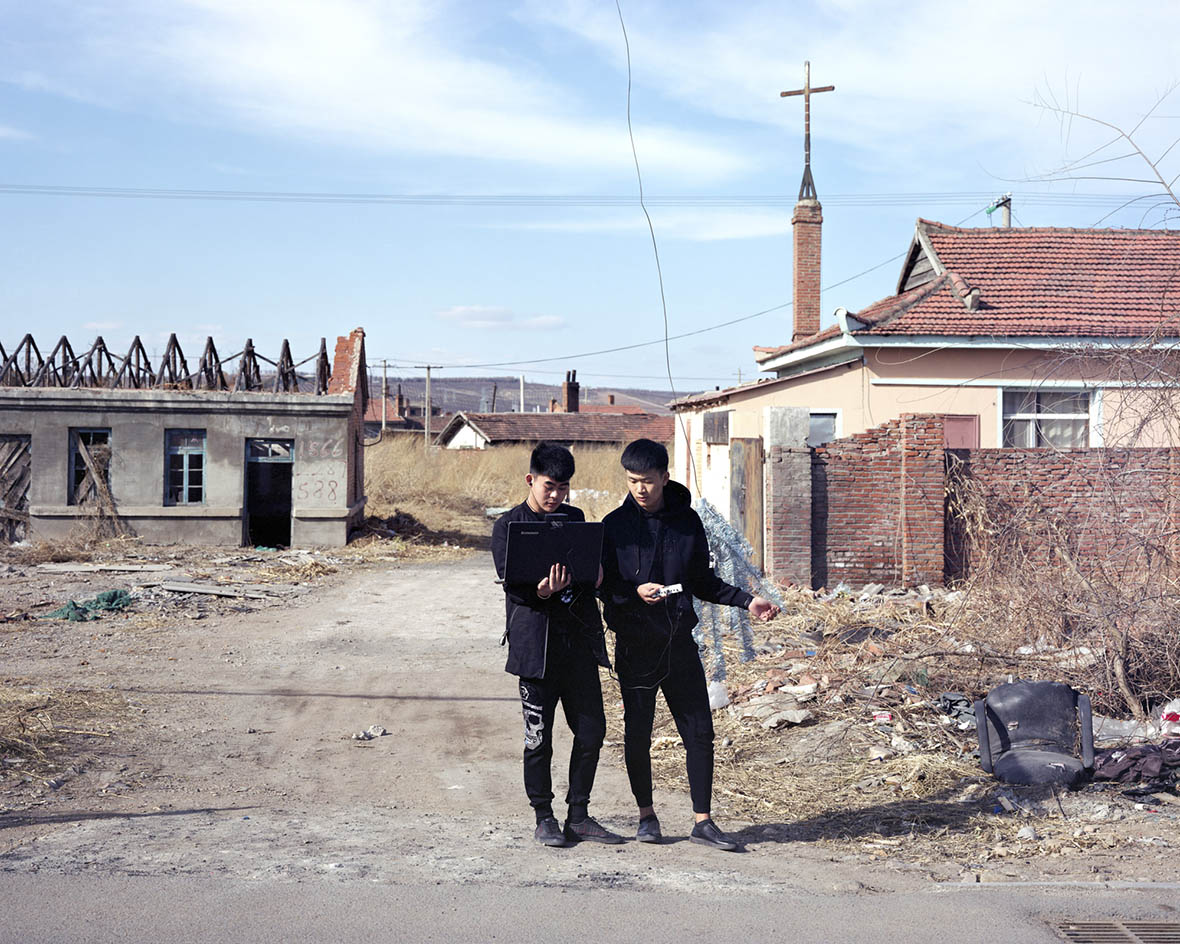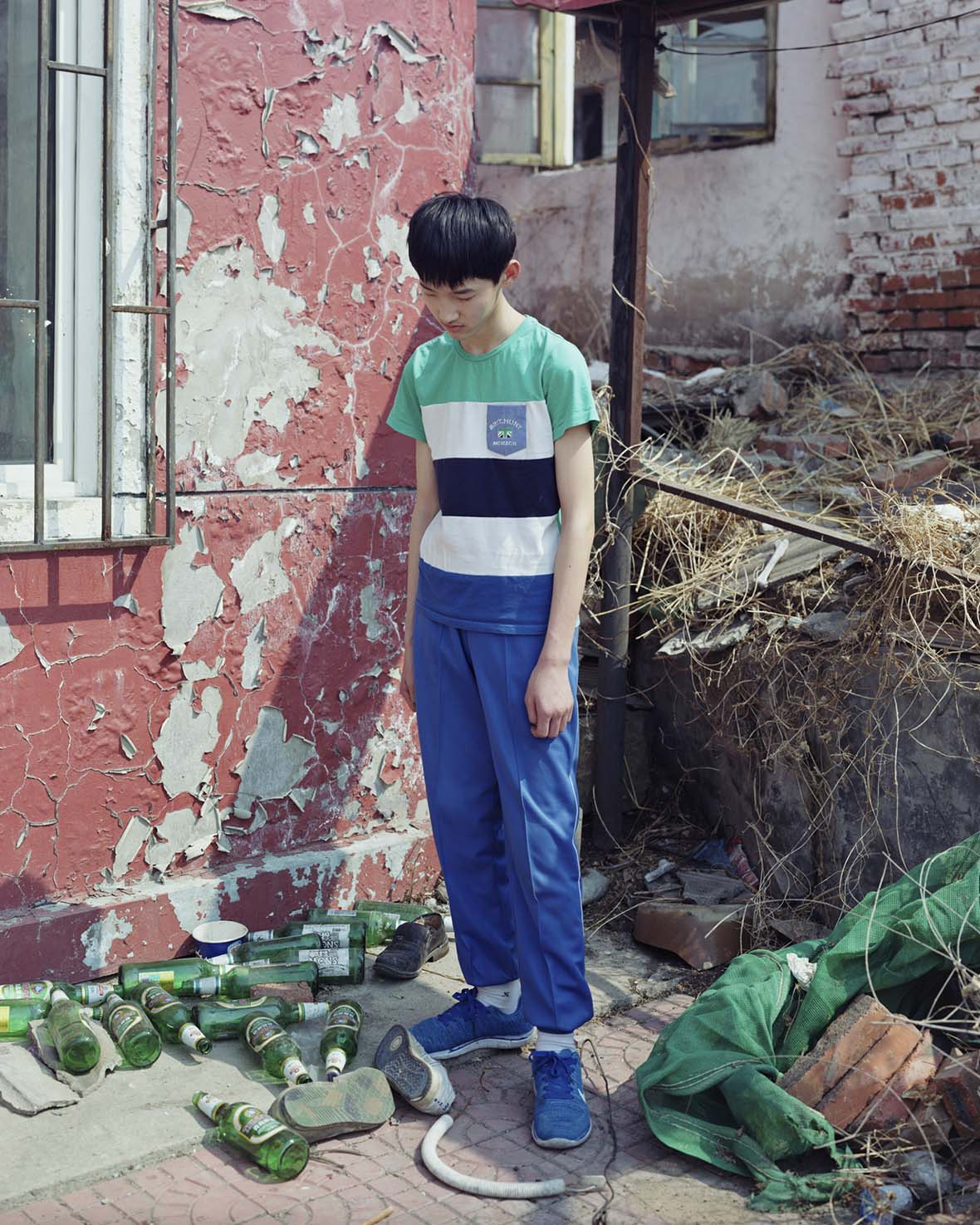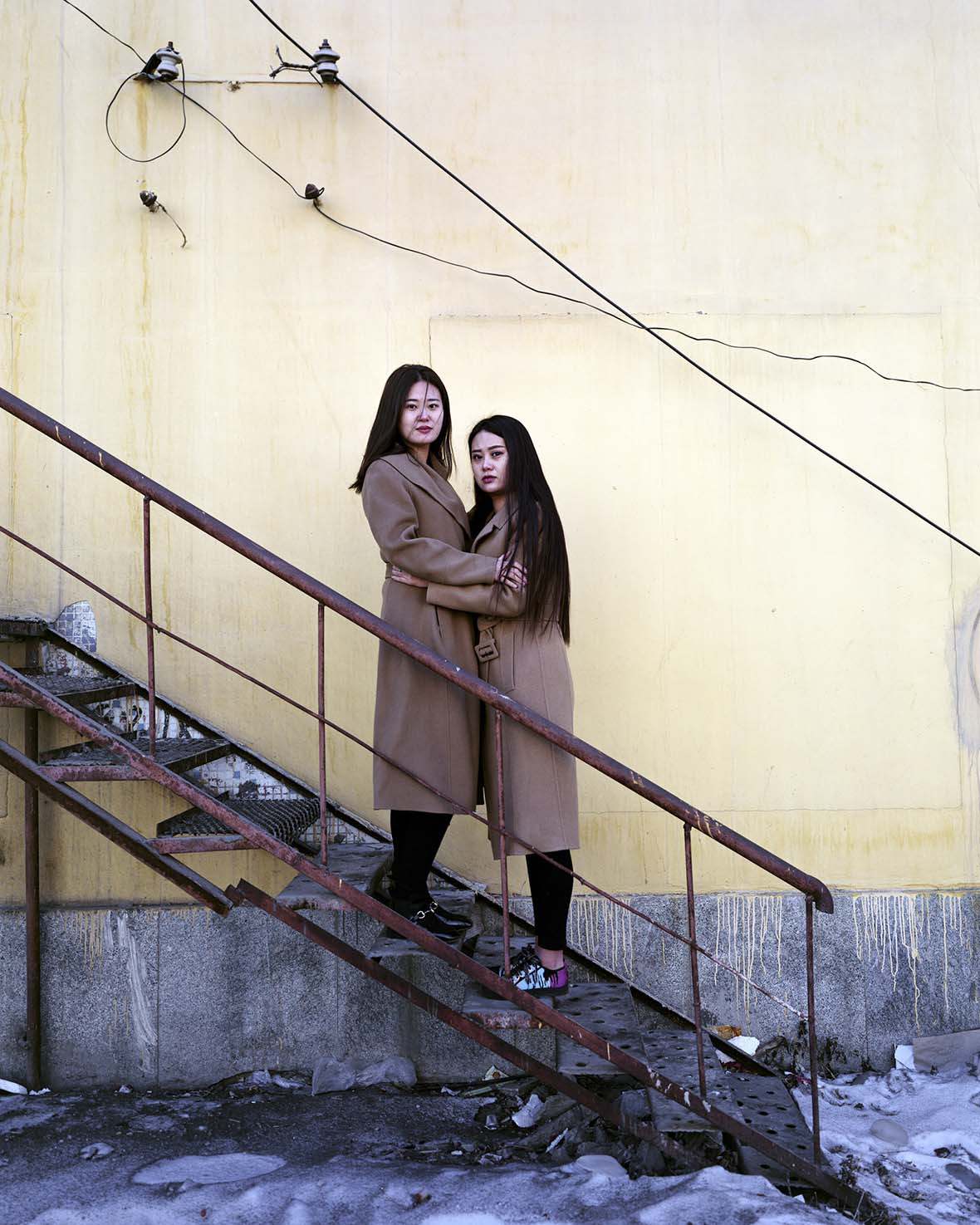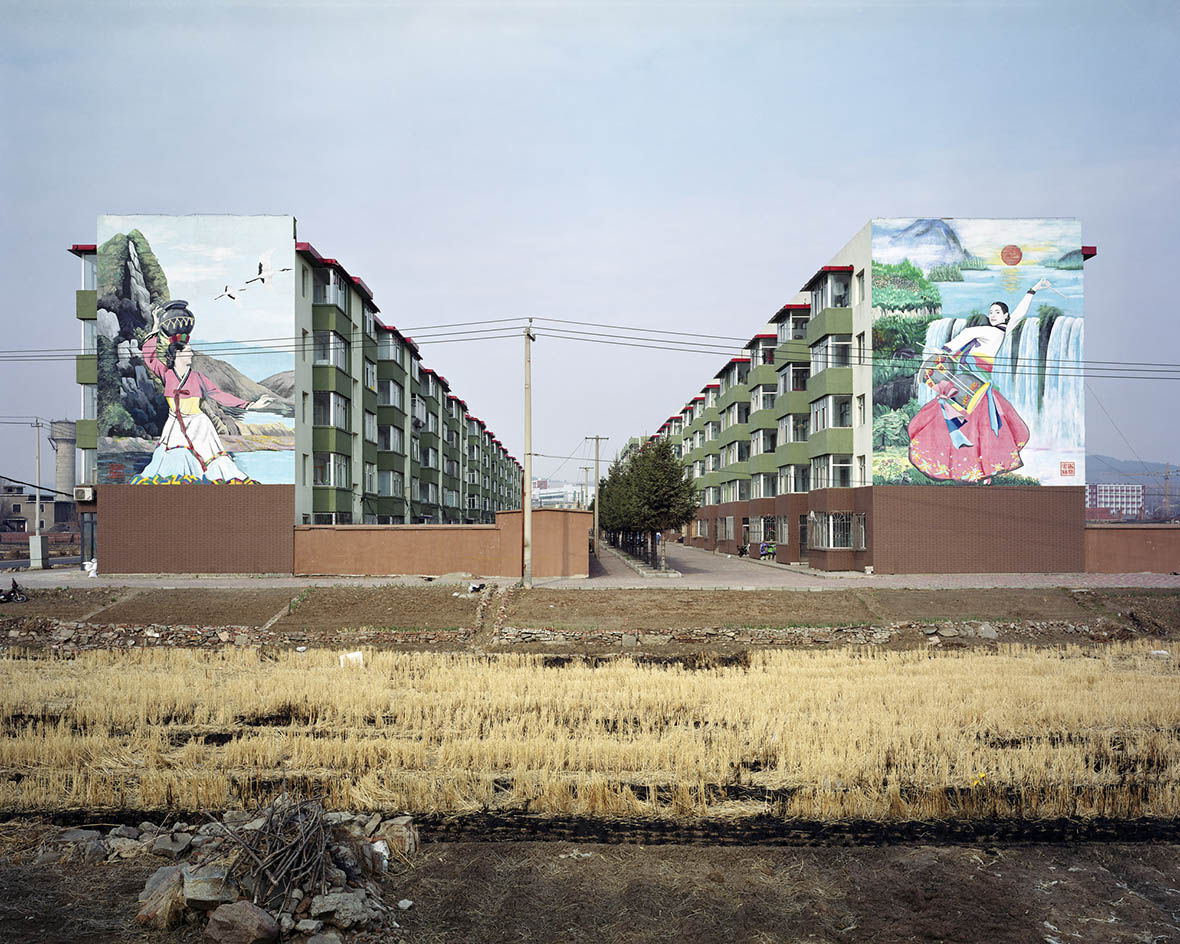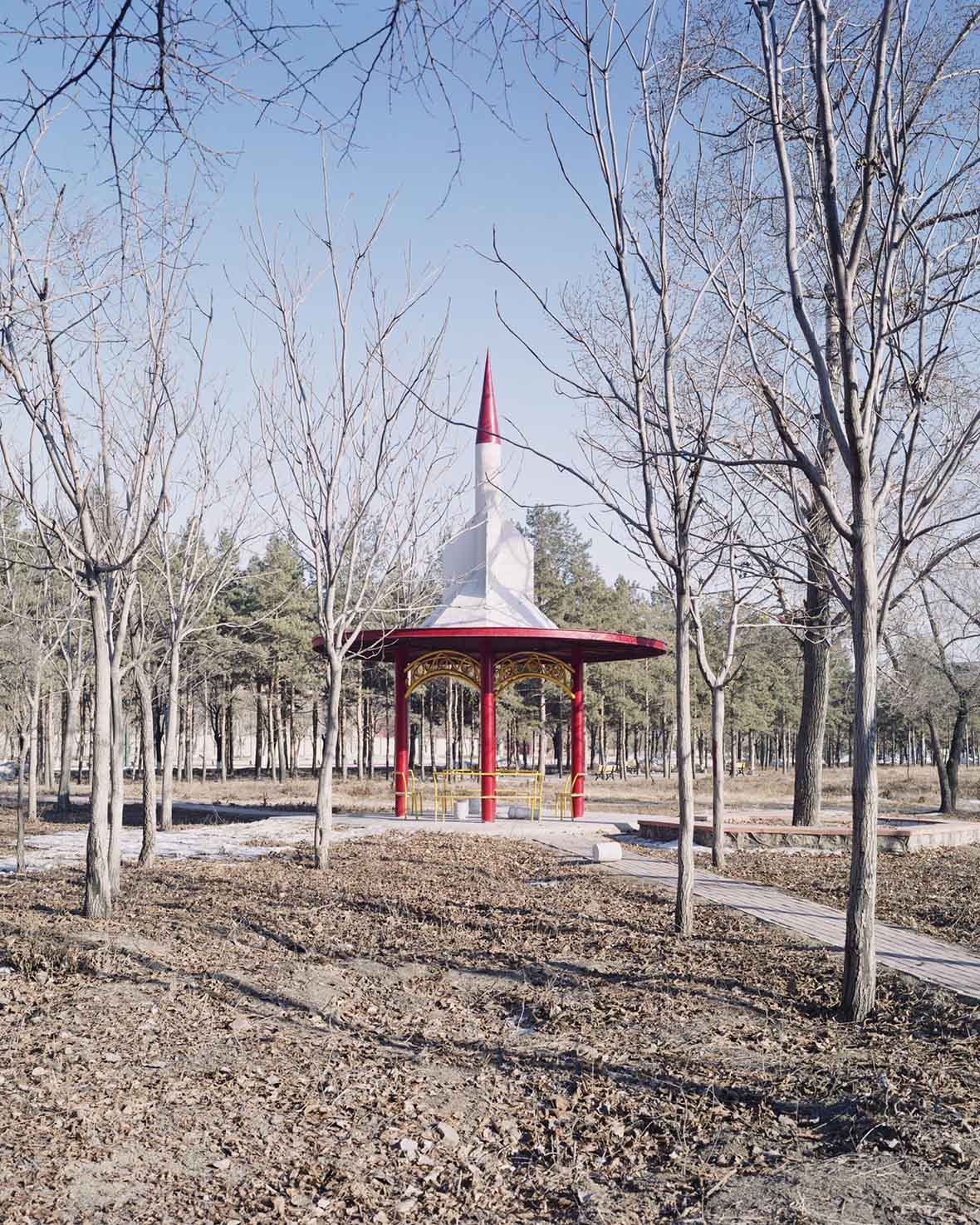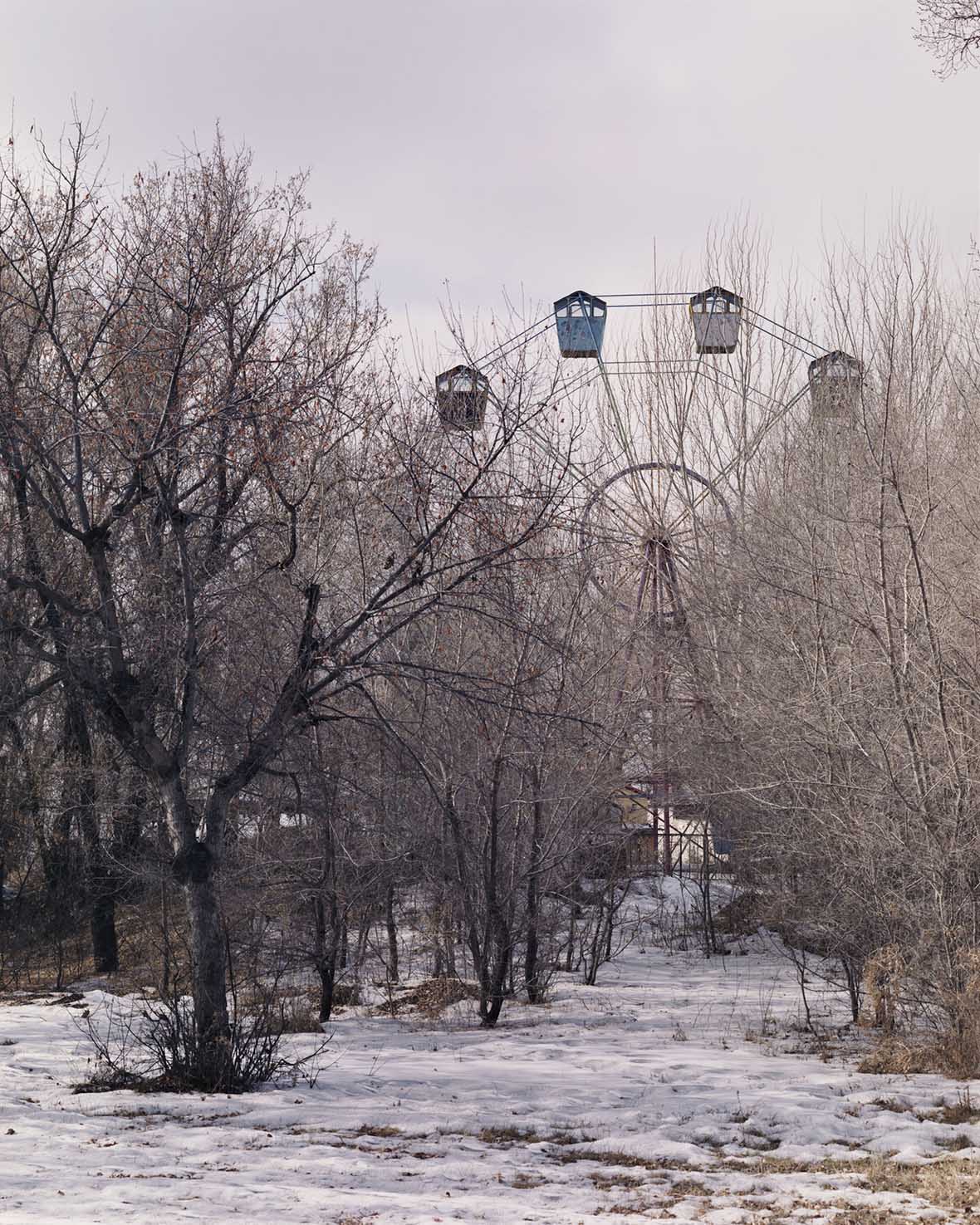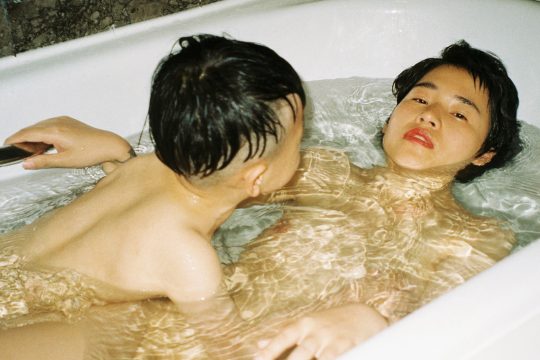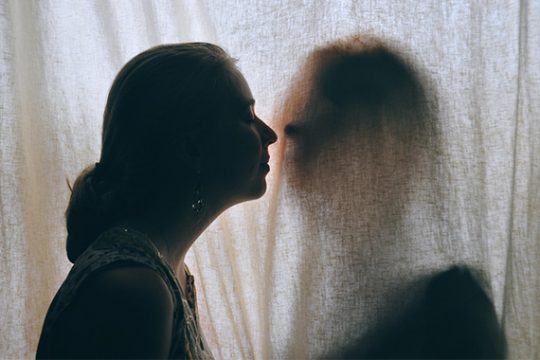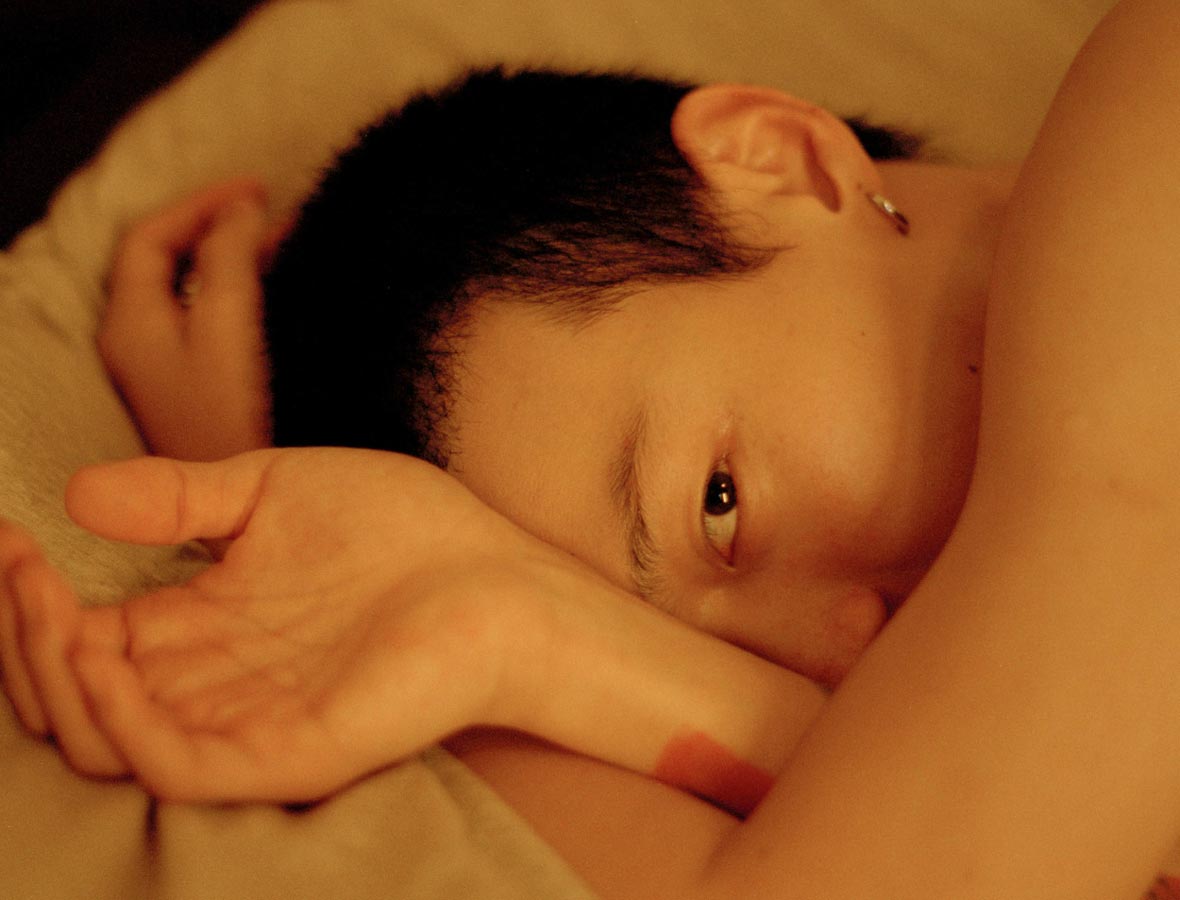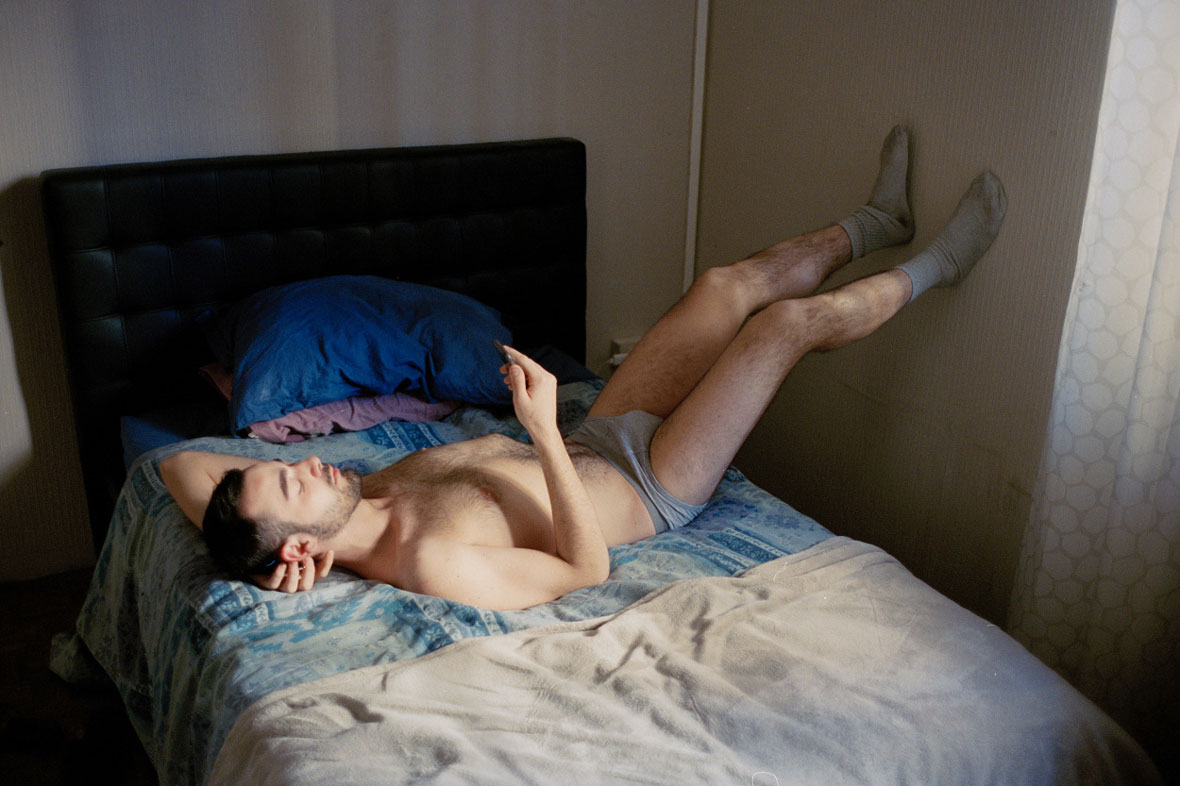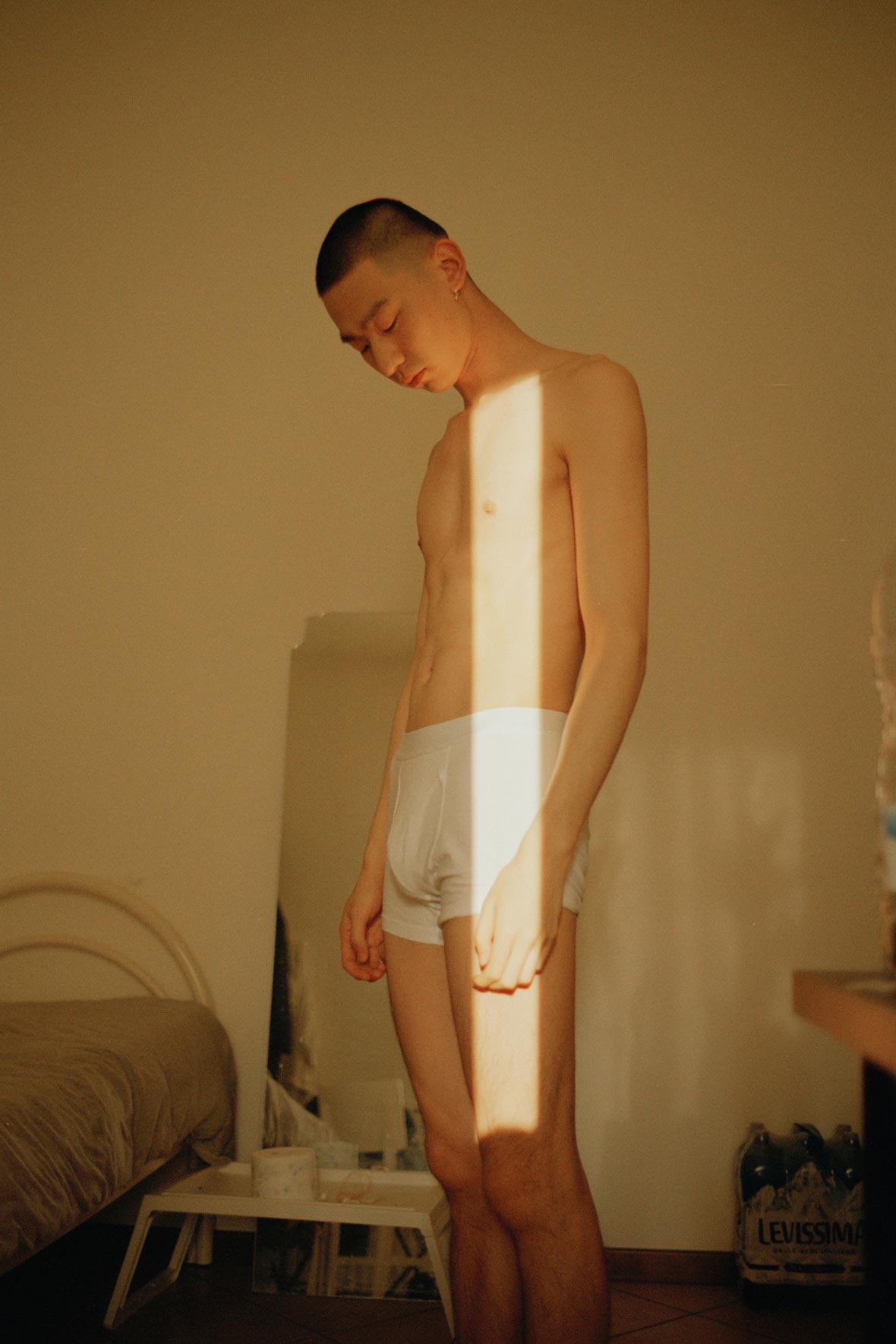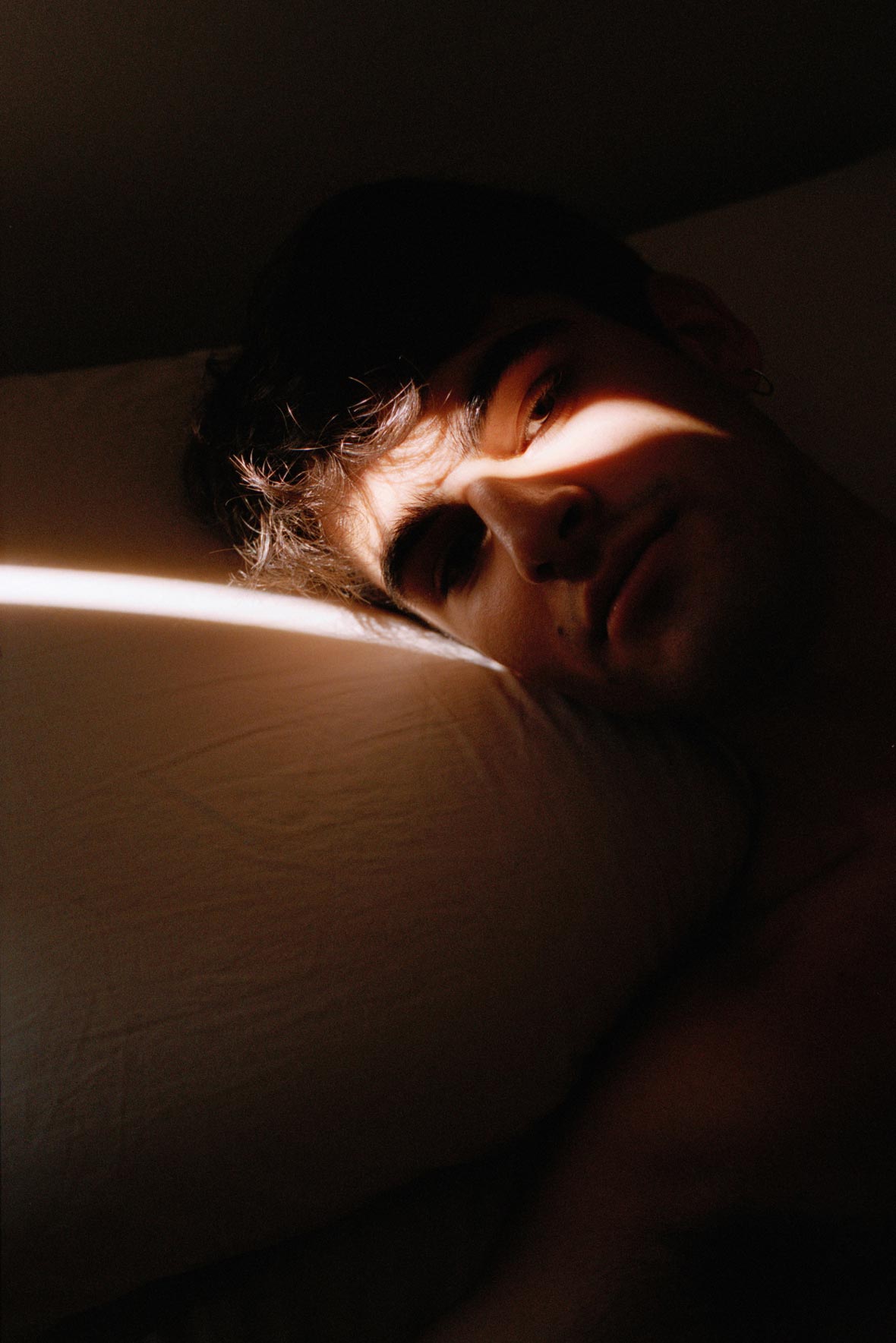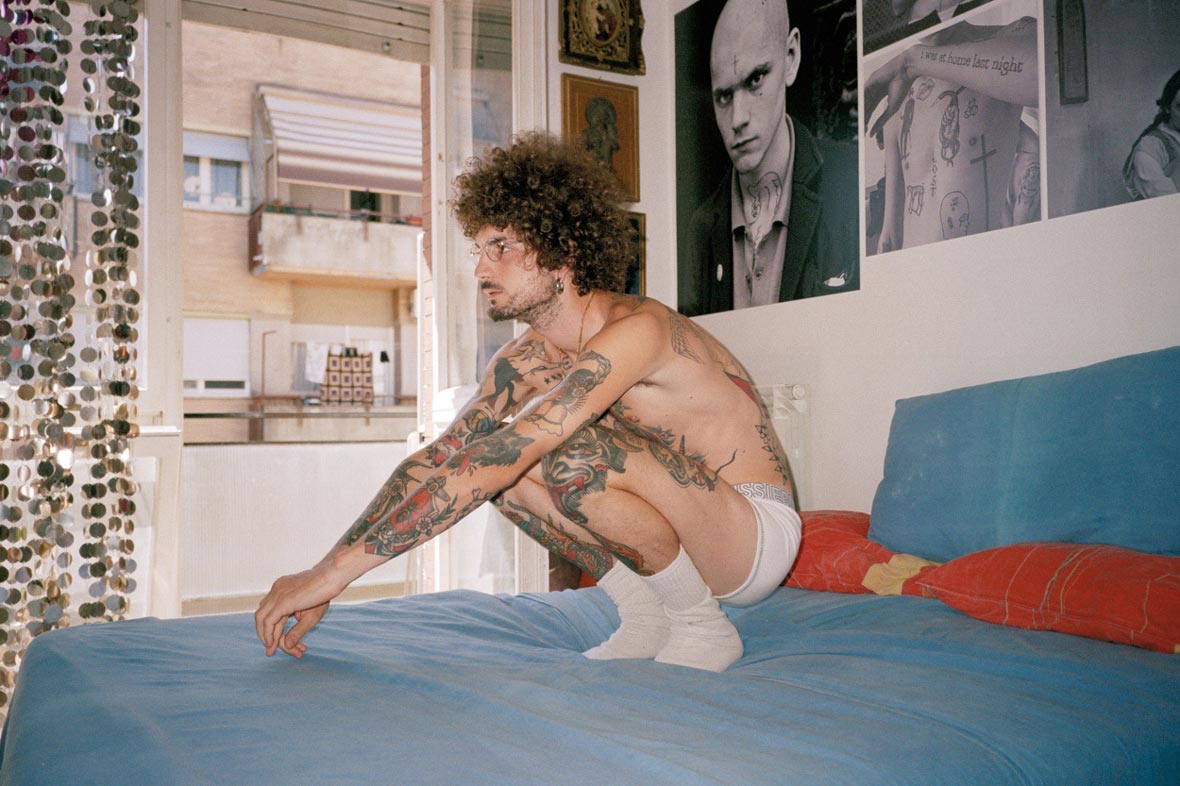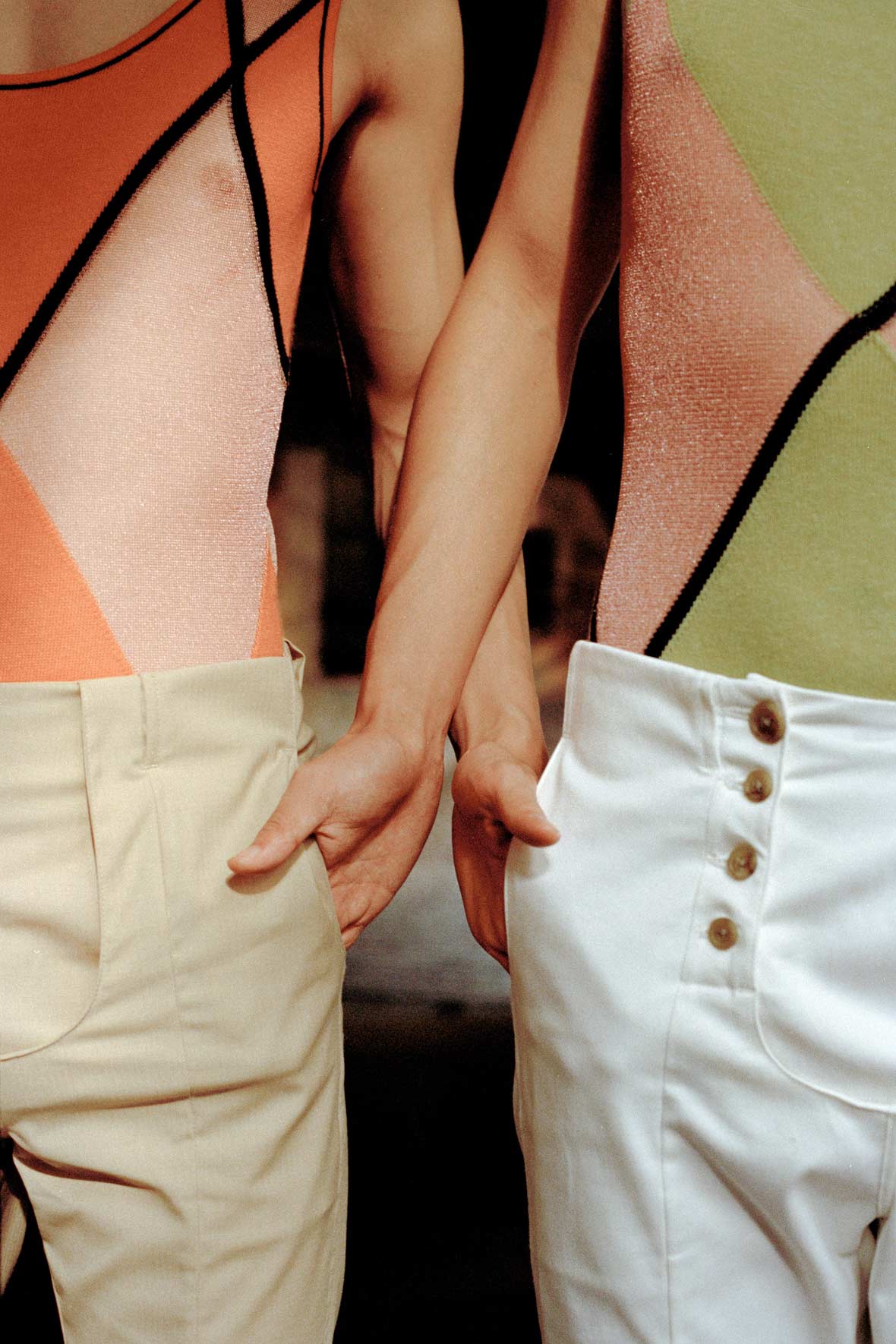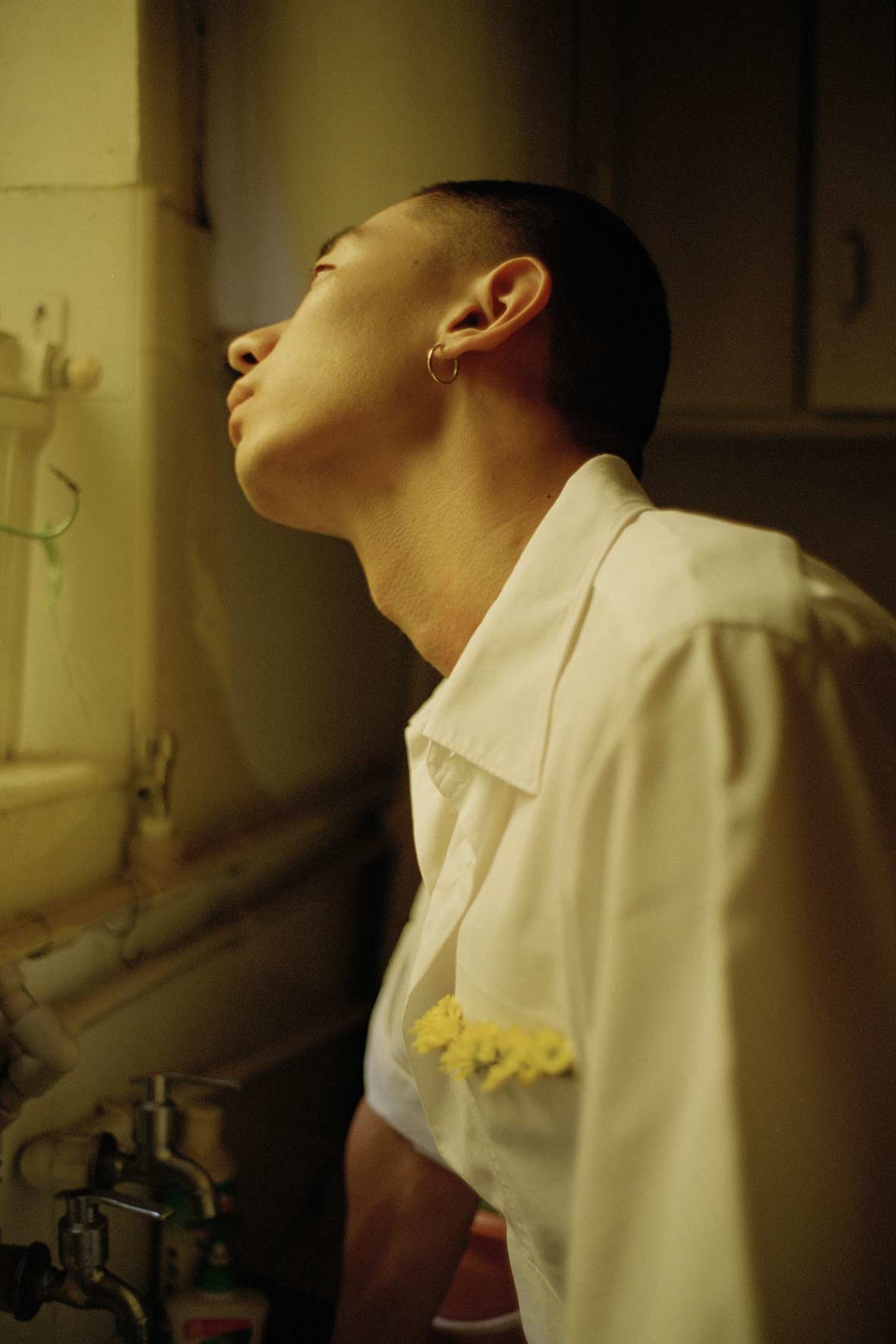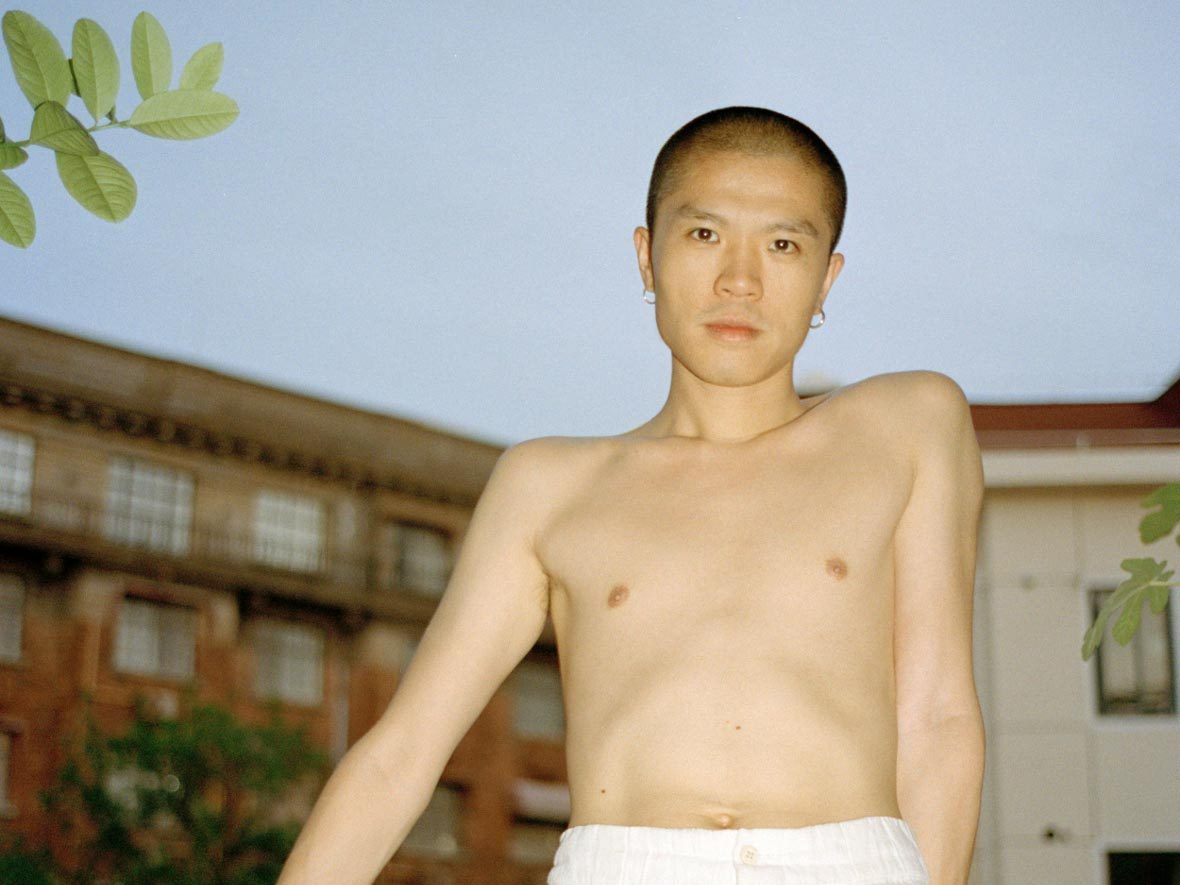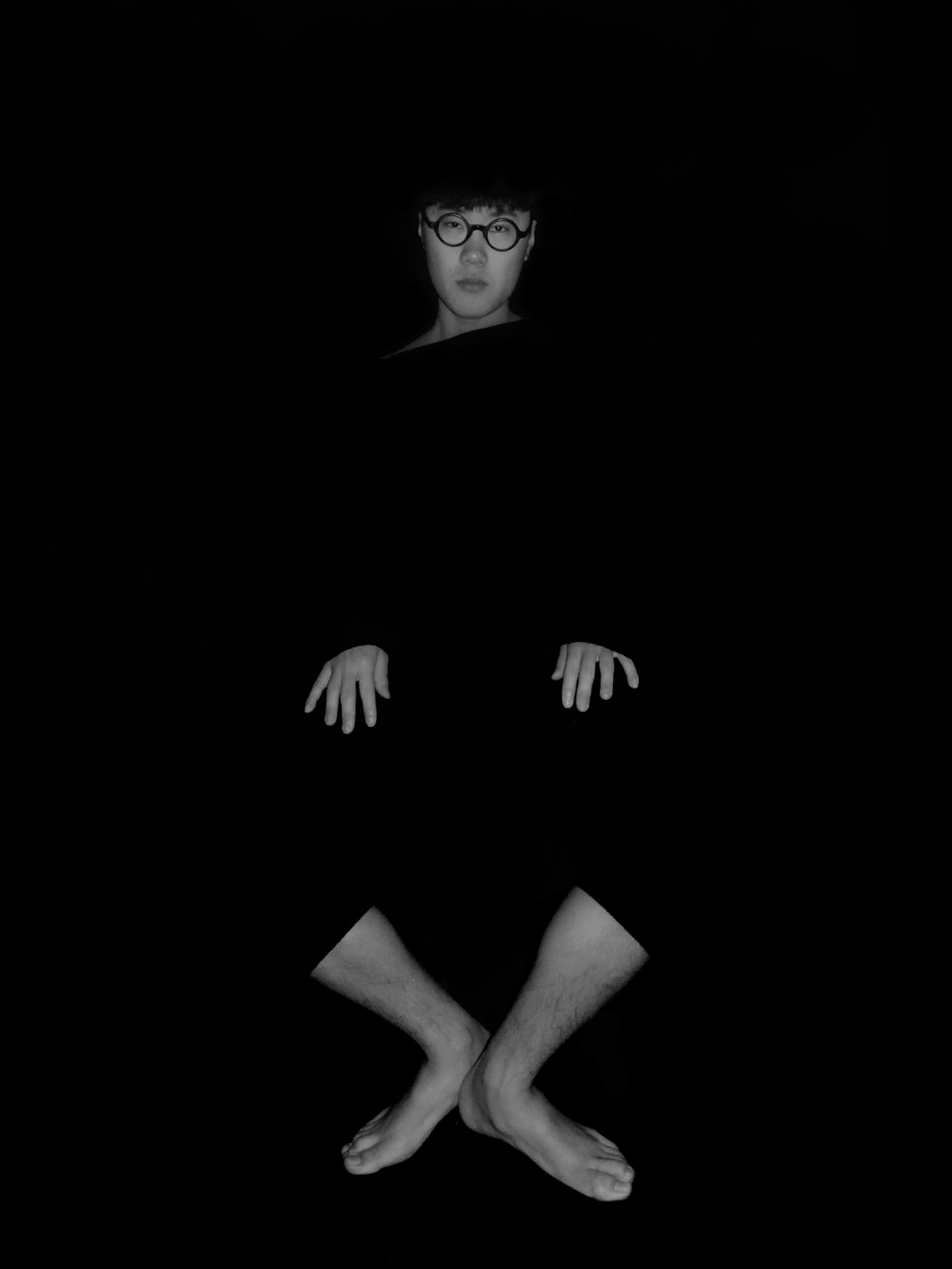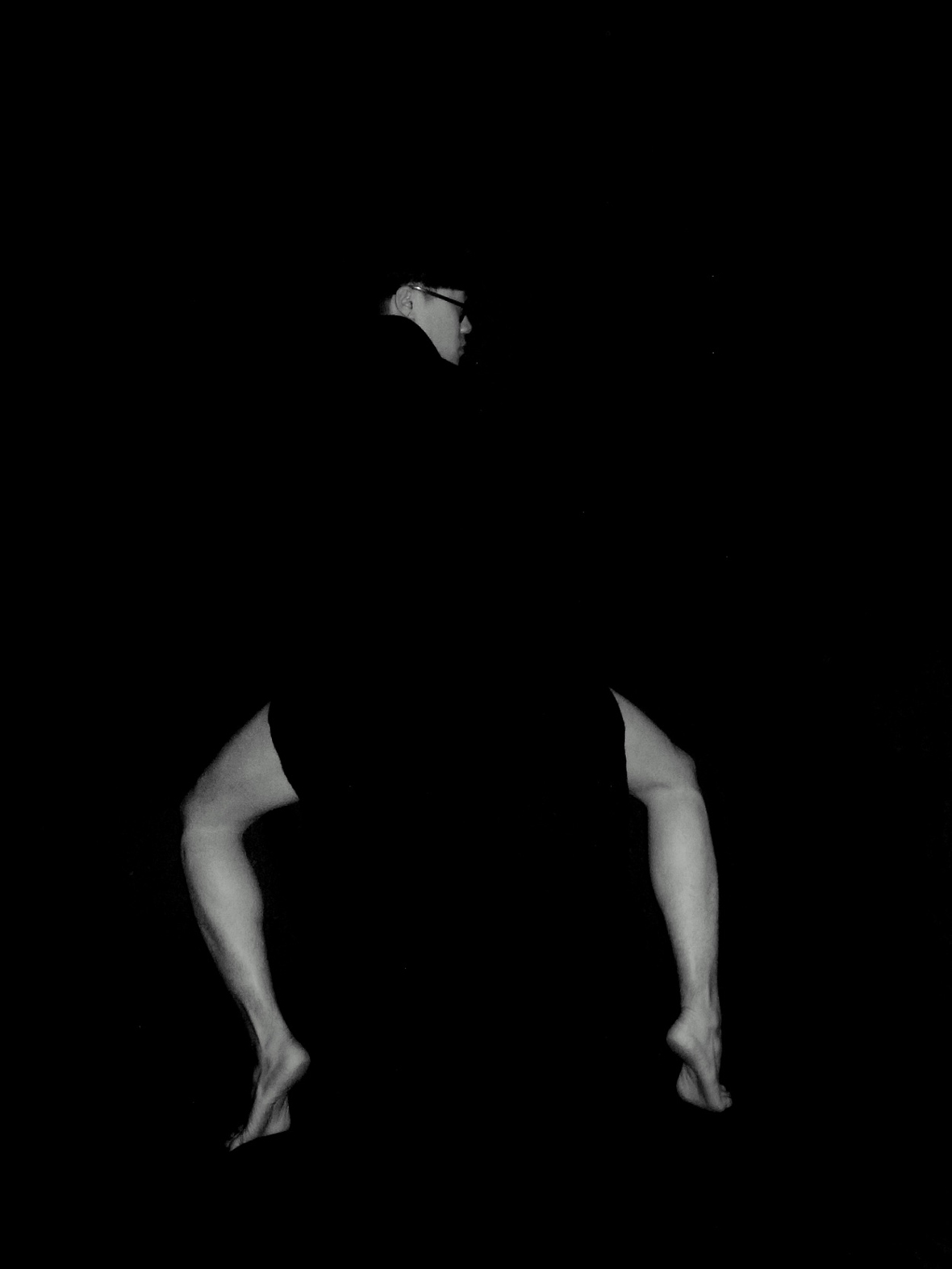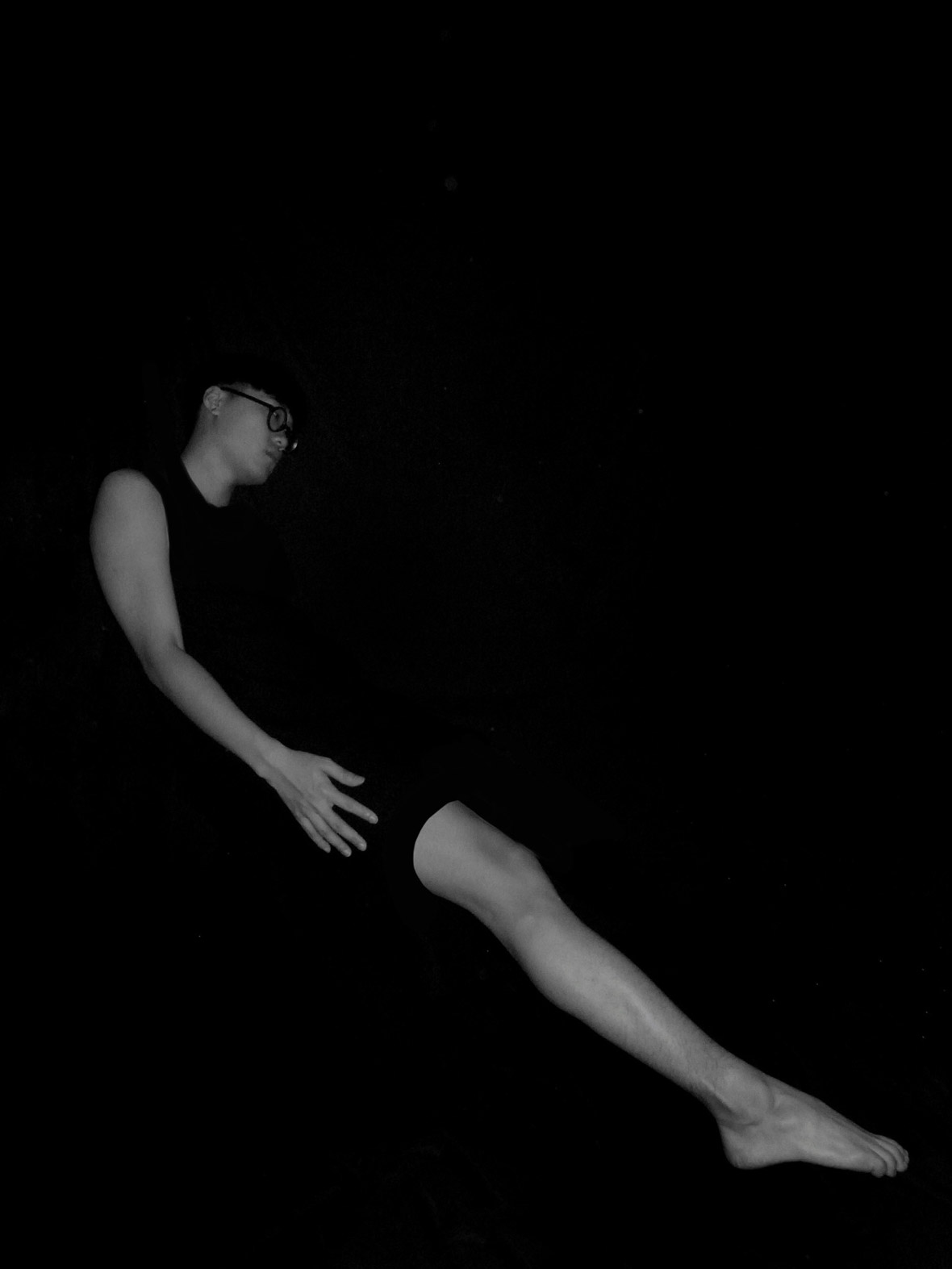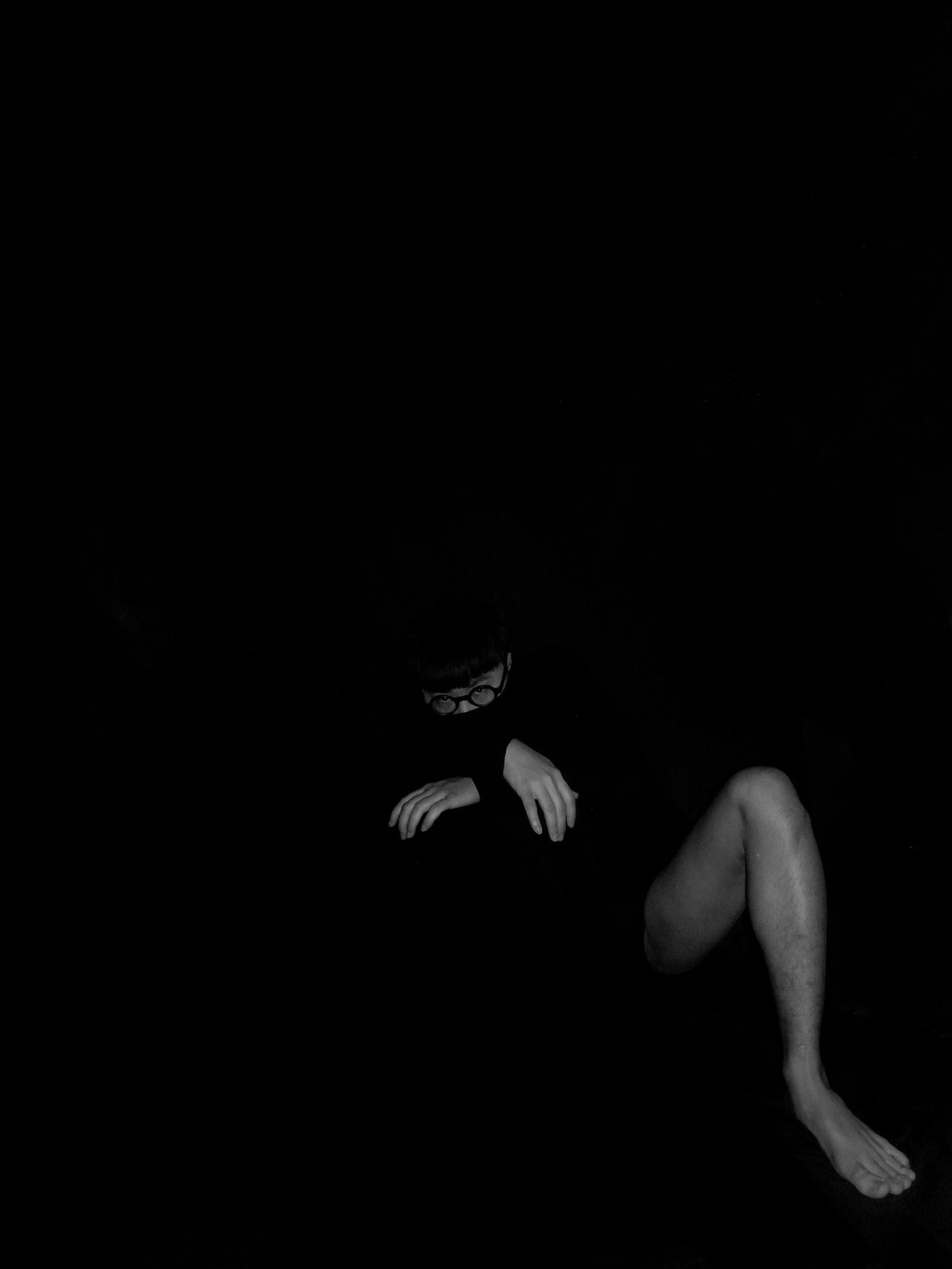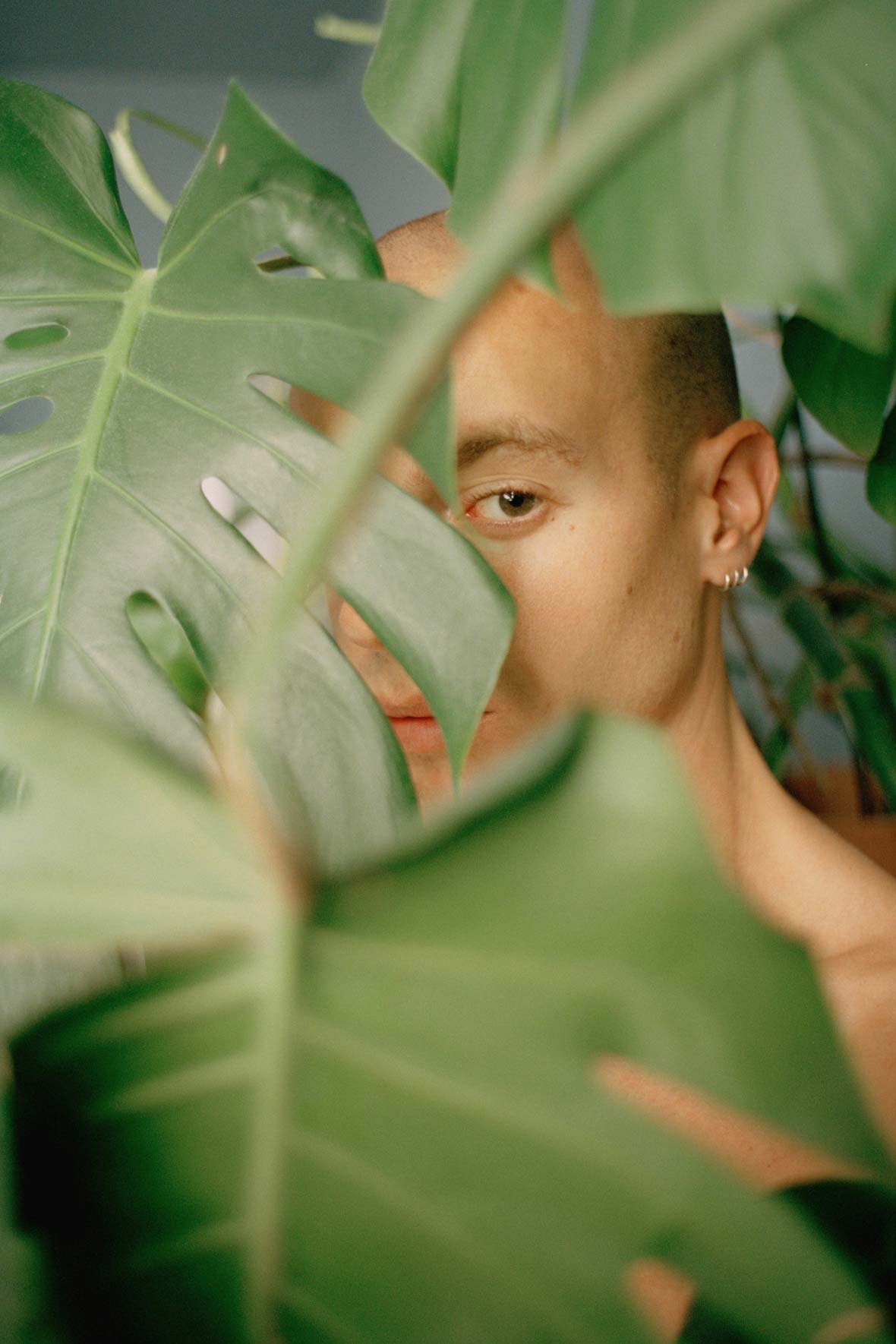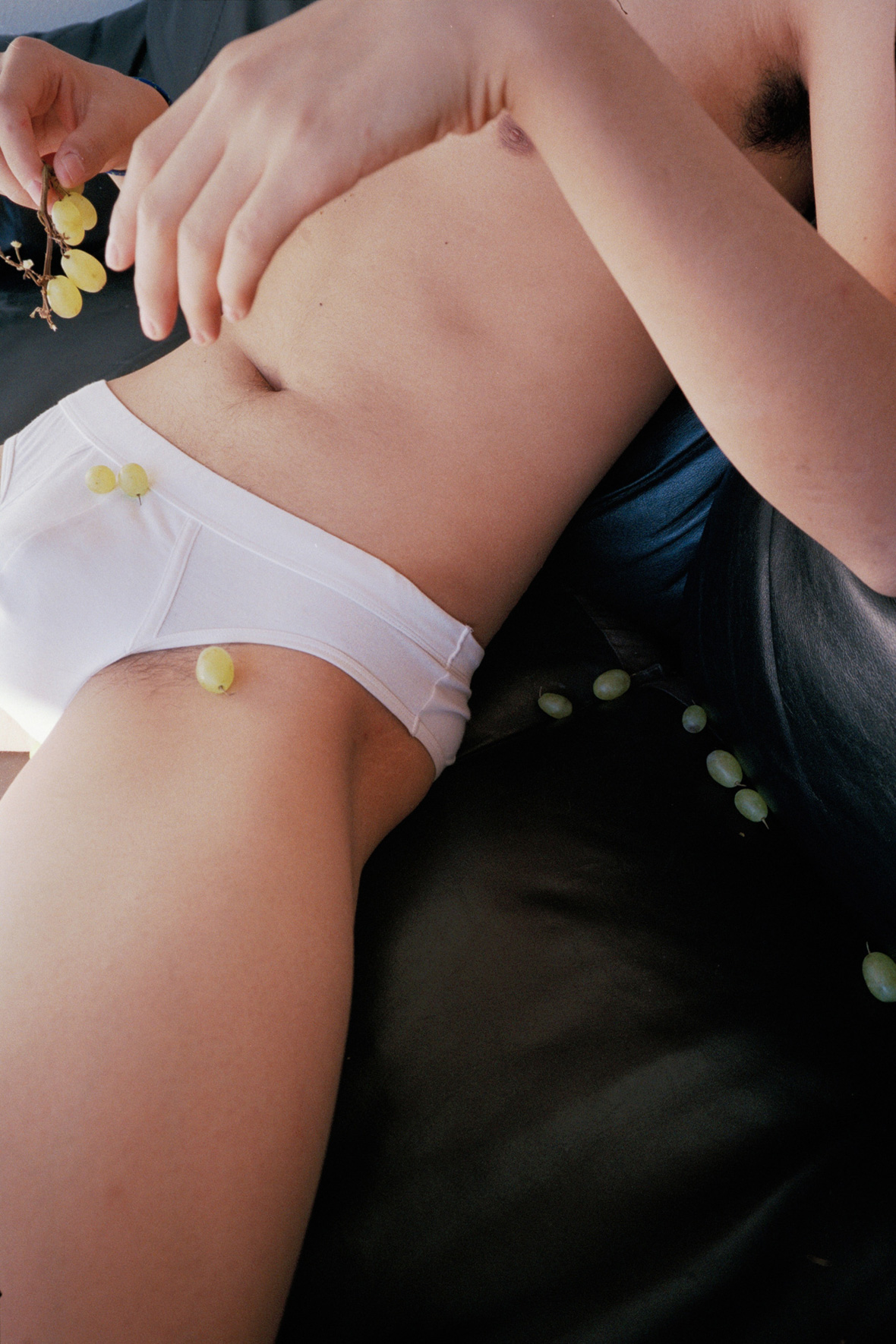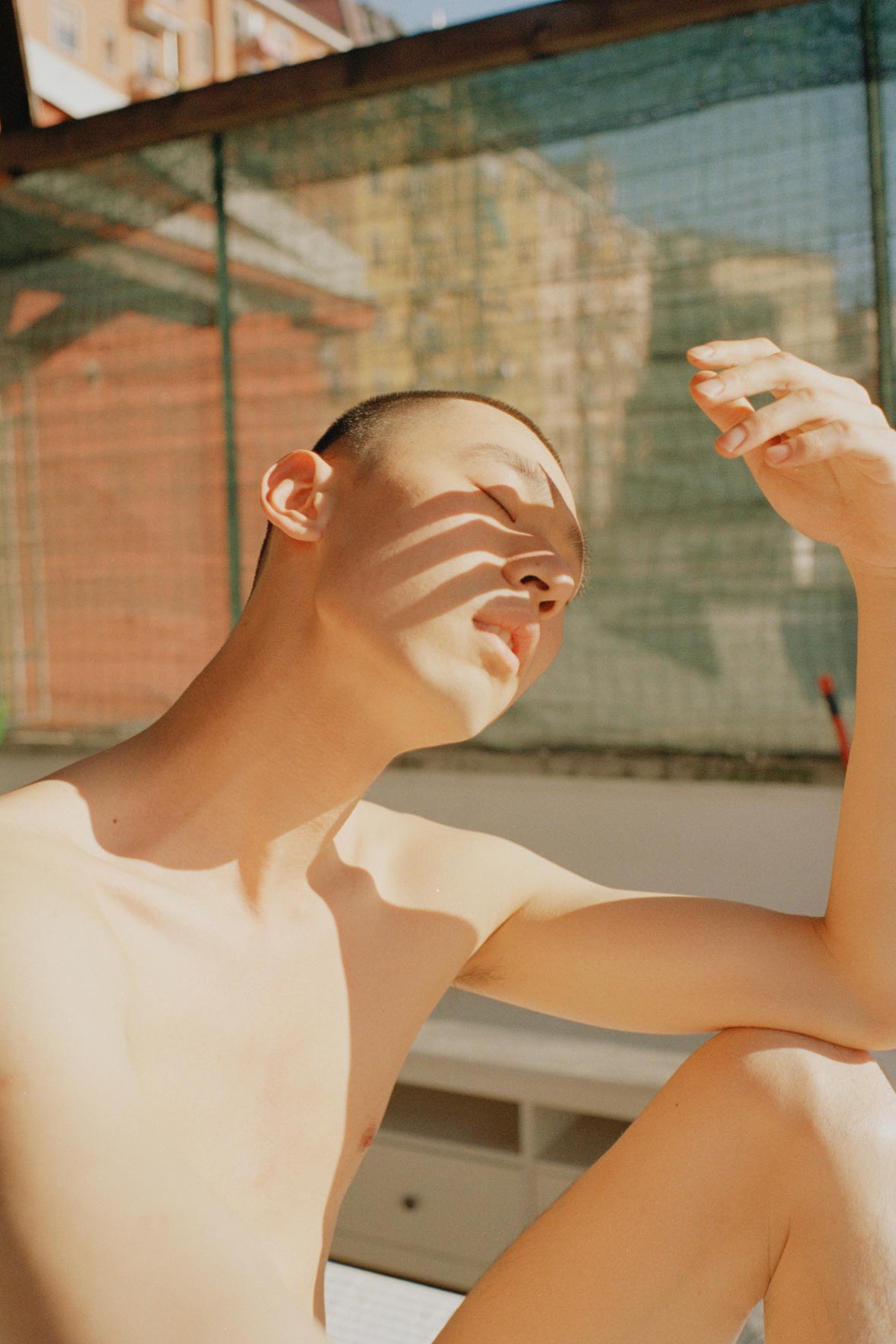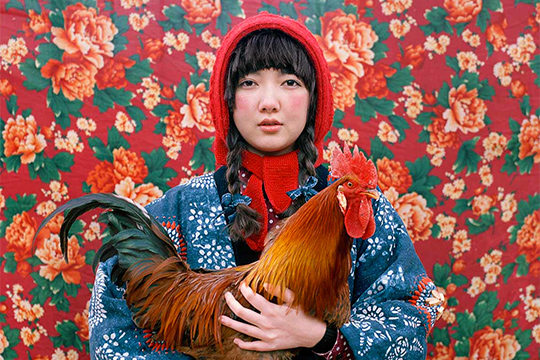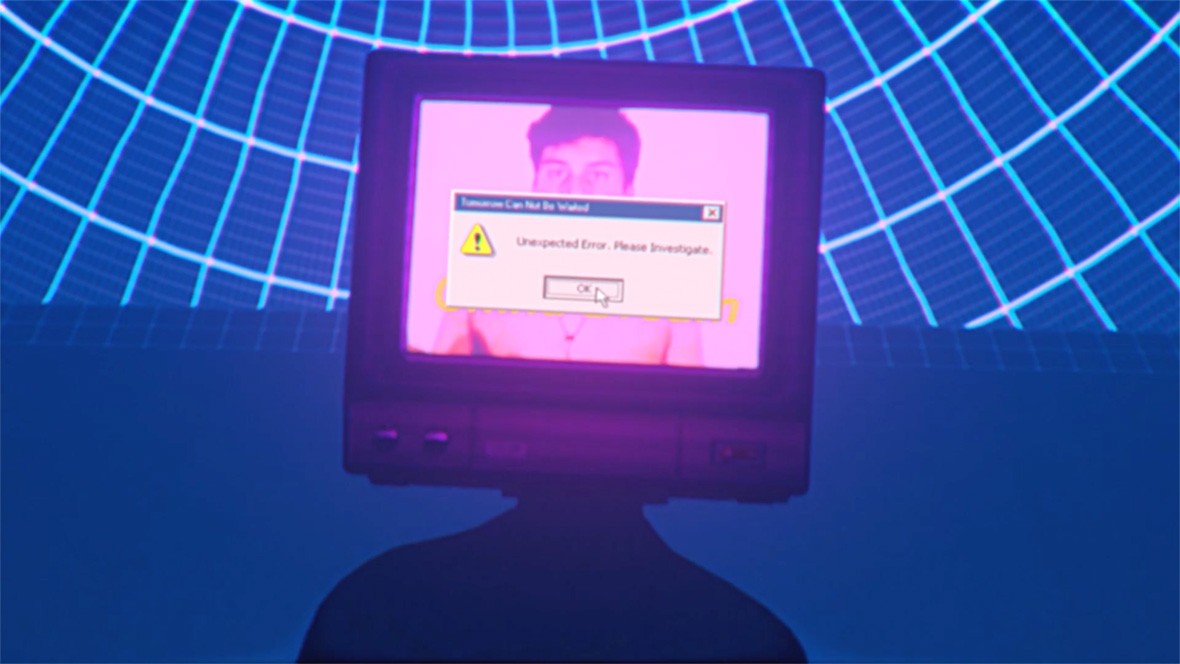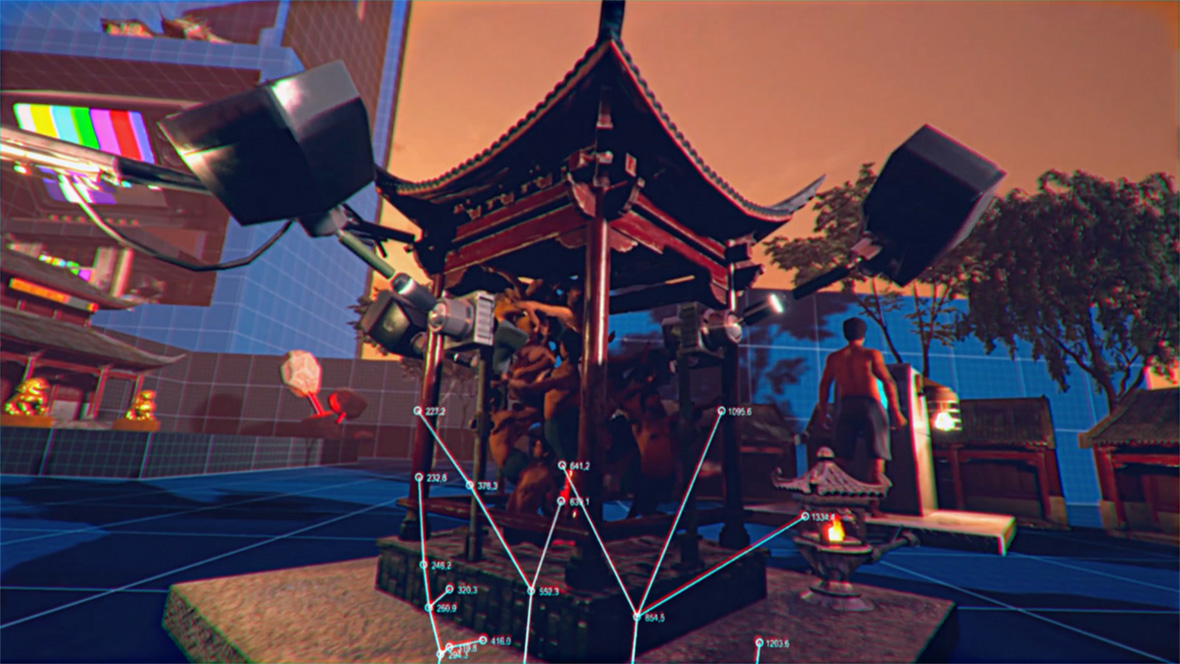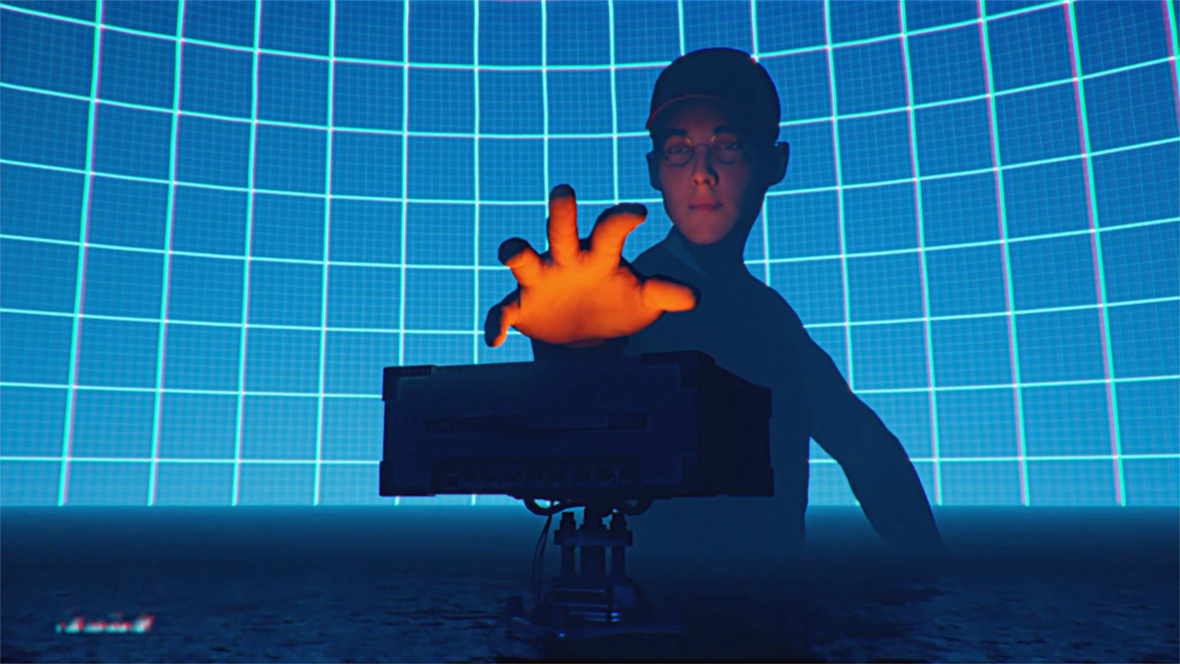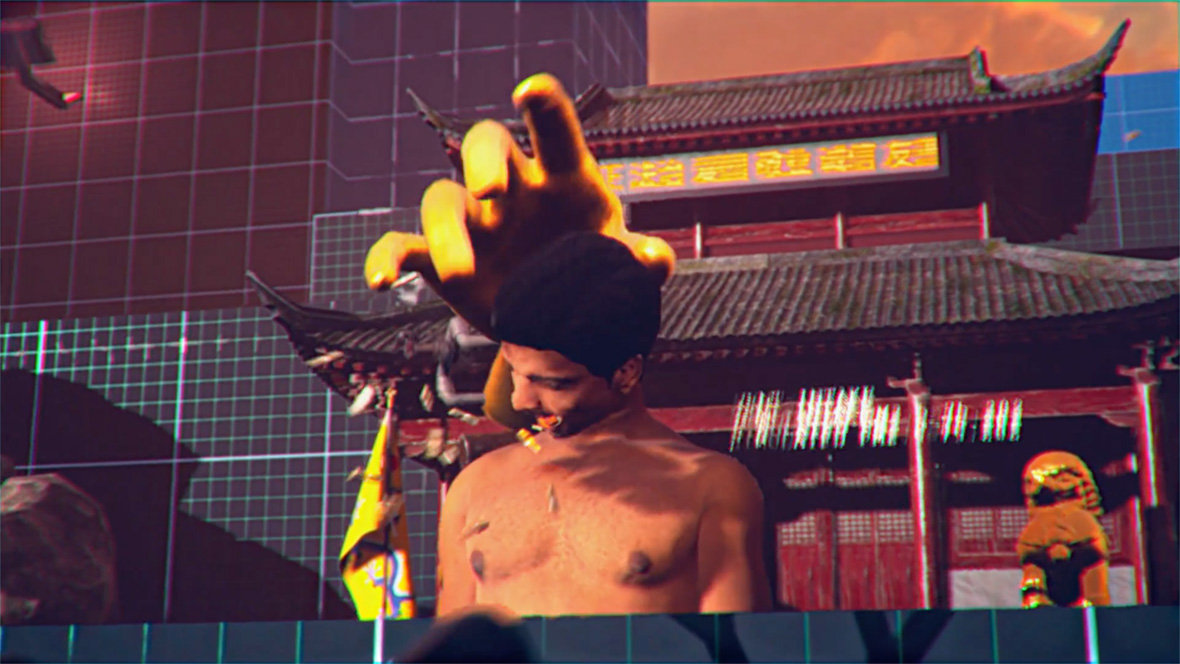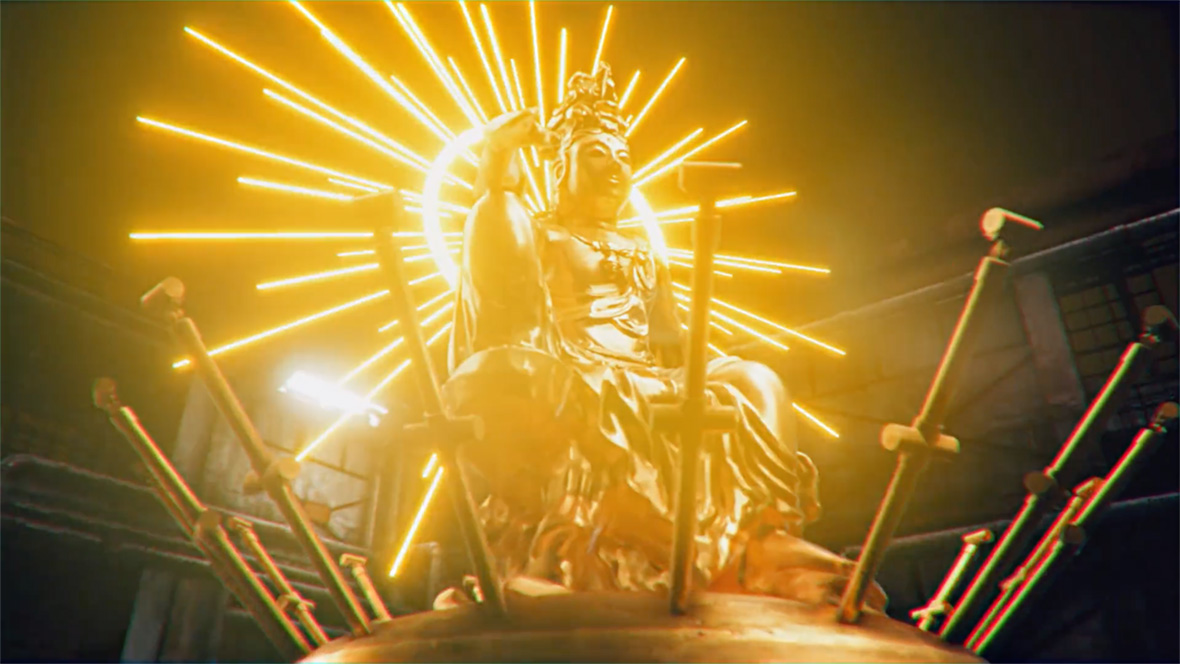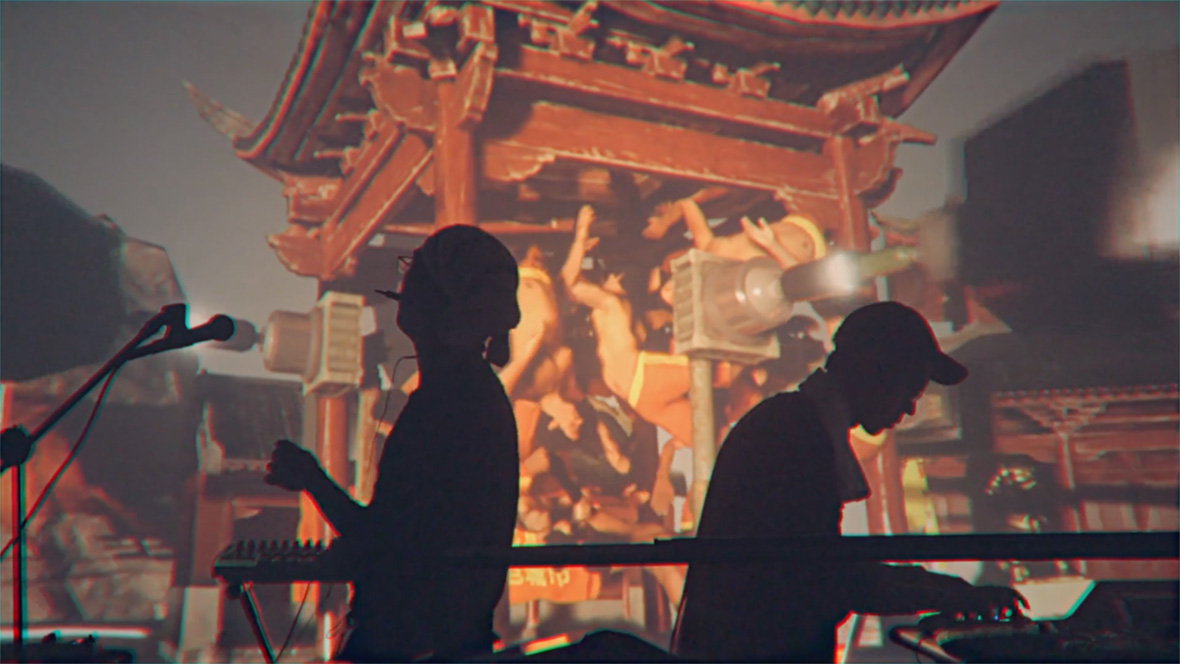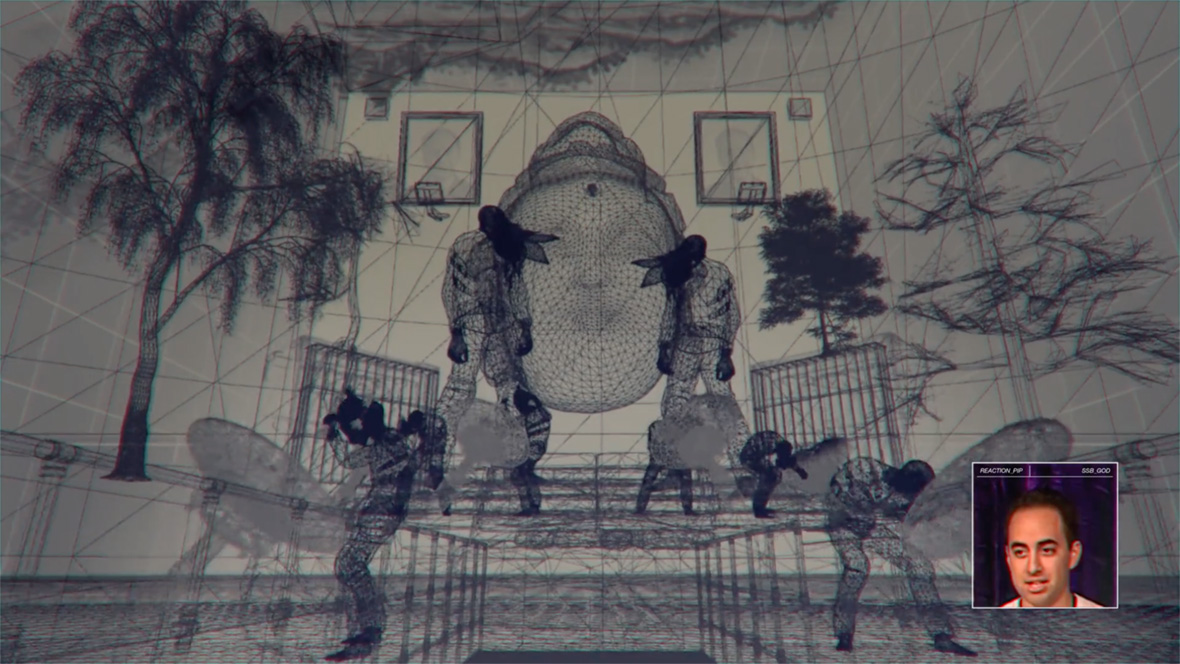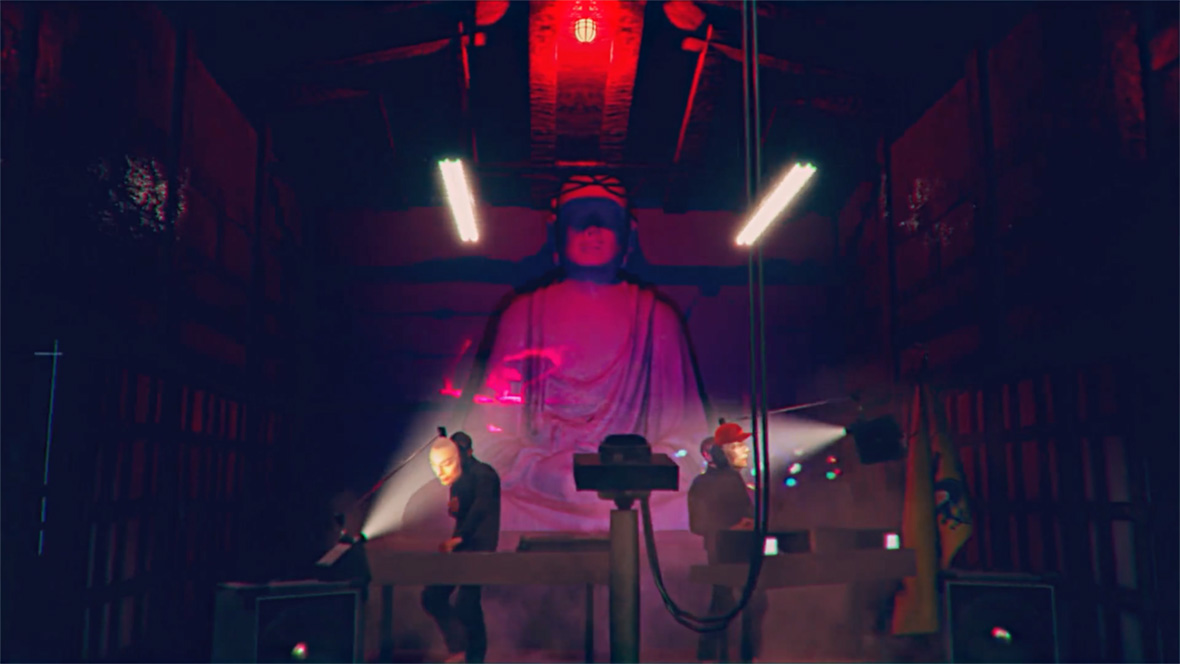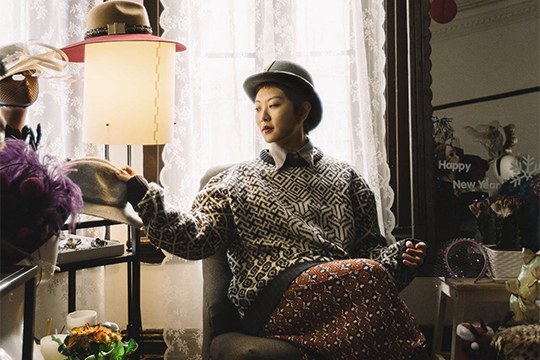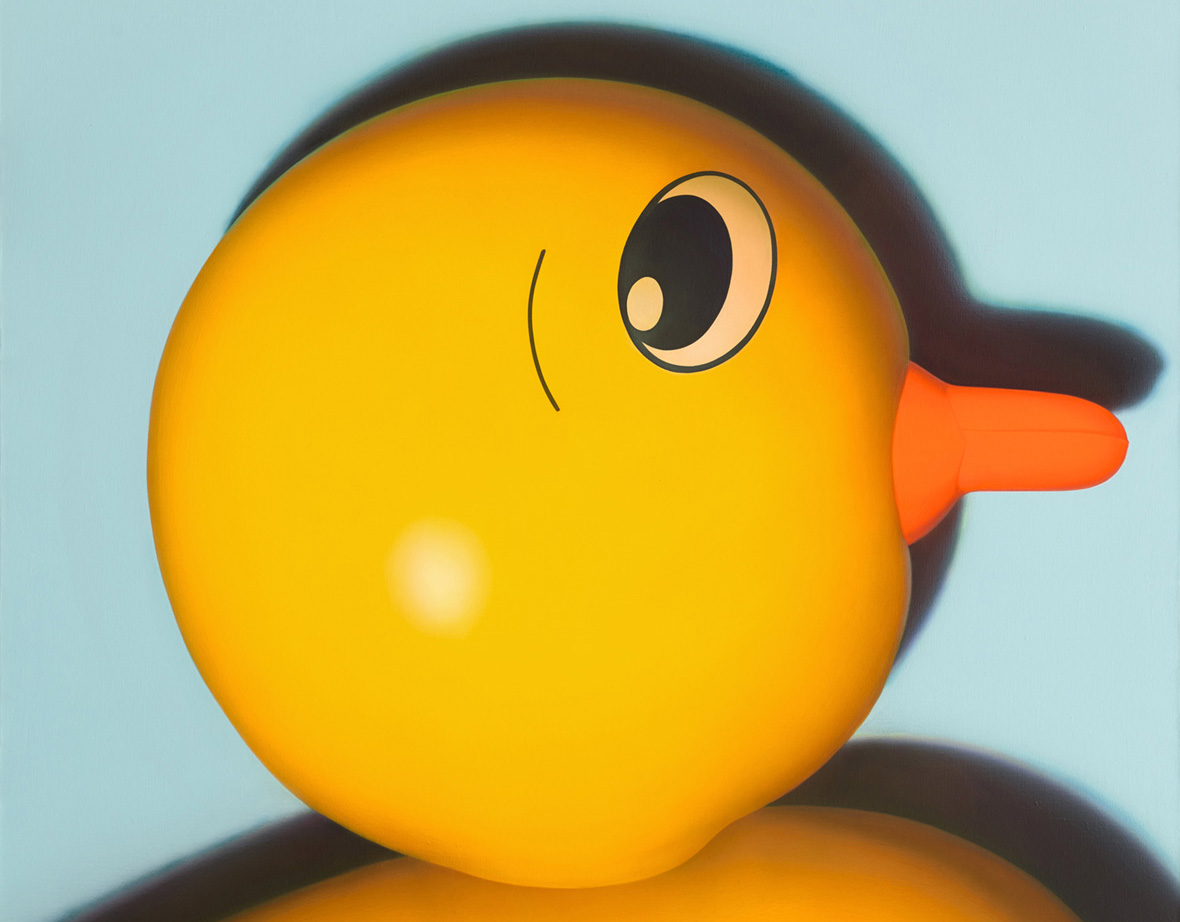
Flexible, accessible, and strong, less a necessity than an object of desire, plastic is as seductive as it is destructive. It’s the perfect symbol for the hazards of materialism, and it’s a source of inspiration for Sun Yitian, one of China’s most intriguing artists under 30. Her paintings range from the abstract to the hyper-realistic, and always bring together the tacky, the humorous, and the ironic.
灵活多变、随手可得又坚韧可耐,虽然不是必需品却让人渴望拥有——塑料,令人着迷的同时也具备有害性,这似乎正是物质主义中欲望与危险的出色映证。但同时,塑料也是孙一钿的作品灵感来源之一。她是目前中国三十周岁以下最炙手可热的艺术家之一。她的创作从抽象到超现实,涉及相当广泛,并总能把附庸风雅、幽默讽刺的主题出色的融合在一起。
Sun grew up as an only child in Wenzhou, a place where you can find anything you can imagine, from luxury goods to lousy knock-offs. Consumer products gave her lively imagination something to play with, as did busy streets, flashy billboards, and loud TV shows.
Her artistic epiphany came at a young age. “When I was five, I drew a princess on my handbook,” she remembers. “I left a star-shaped space on her skirt and glued the drawing to the window. The sunlight shone through it, causing a shiny effect on the skirt. My classmates thought it was amazing. That’s when I fell into the trap of art.”
At age 15, Sun moved to Beijing to study at the high school affiliated with the Central Academy of Fine Arts. “I felt like a shrimp going into a vast ocean,” she says. “Everyone was into art, literature, philosophy.” It was this environment that prompted her to cast a critical eye at everything around her, and she began to see human creations as low-quality versions of the natural world. In fact, her subject matter can be understood as the intersection of these two lines: the natural and the artificial. She often depicts elements of nature, but in their most artificial form, playing with loud colors and textures.
孙一钿在温州长大,是家中的独生女。在温州,你能找到任何能想象到的事情,从奢侈品到劣质山寨货,各种商品应有尽有。满目琳琅的货架、繁忙的街道、炫亮的广告牌以及嘈杂的电视节目为她带来了鲜活的想象空间。
小时候的她便对艺术开了窍,“五岁的时候,在本子上画了一位公主。” 她回忆道,“我特意在她的裙子上留下了一个星形的空缺,然后把她粘在窗户上。当阳光照射过来,裙子就会熠熠闪亮。当时同学们都觉得这幅画太棒了。从那时起,我就爱上了艺术。”
15 岁时,孙一钿搬到北京,就读于中央美术学院附属高中。“我感觉自己就像一只小虾,突然闯进了广阔的海洋。”她说,“在那里,所有人都很热爱艺术、文学和哲学。”这种环境促使她学会以持批判的态度看待周围的一切。孙一钿开始将人造物视为劣质版本的自然世界。而她的创作对象可以被理解为自然和人造这两个世界的交汇点。她经常以人造物的形式来描绘大自然的元素,用抢眼的色彩和纹理来进行重新演绎。
In her latest series, A Twinkle, Sun represents a type of man-made reproduction of nature that’s plastic in both the literal and the metaphorical sense: she paints all kinds of blow-up toys, ranging from goofy animals to human figures. Cheap inflatable products like T-rex costumes and flamingo pool floats are often treasured ironically by millennials. Her paintings are a nod both to contemporary attitudes and to older traditions of pop art and photorealism.
在她的最新系列作品《一钿》(A Twinkle)中,孙一钿用人工的手法重新打造了一个从表面到喻意上都是塑料的自然世界。她画了几种充气玩具,包括蠢萌的动物和人物形象。充气玩具其实造价低廉,也没有实际用途,但令人感到讽刺的是,在社交媒体的大环境下,霸王龙和火烈鸟套装常常是千禧一代在互联网上追捧的物件。而这一系列的画作正展现了当今时代的观念,同时致敬流行艺术和照片写实主义的绘法。
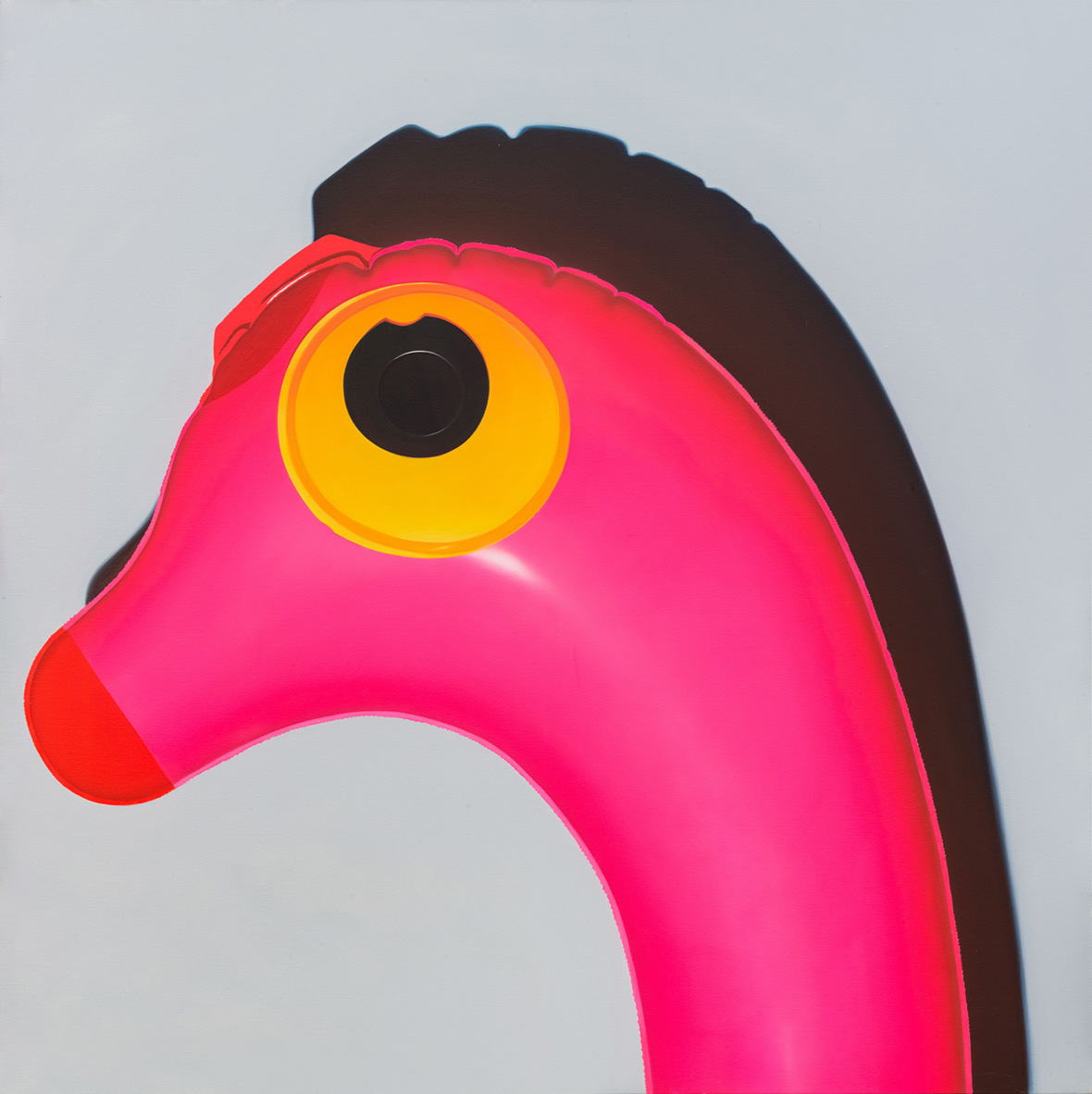
One of the most remarkable pieces is the large portrait Pink Dinosaur with Blue Wings, which combines colors to striking effect. The pink hue violently dominates the canvas, dissolving from bright ruby to pastel and shaping the object according to light’s reflection. The dinosaur’s nose and horn are simply marked by an abrupt color change to red. Sun gives the animal a perfectly rounded eye, depriving it of any realistic expression.
其中最引人注目的作品之一是巨幅的《有蓝色翅膀的粉色恐龙》,通过色彩打造醒目的视觉效果。强烈的粉红色调占据画布,从明亮的红宝石色逐渐过渡到柔和的粉红色,根据光线反射勾勒出充气玩具的轮廓,用突兀的红色来表现恐龙的鼻子和角的部分。孙一钿给恐龙画了一双圆润的眼睛,避免了任何写实的表达。

Another notable painting is Spikes, a close-up on the spiky parts of two different inflatable toys, one pink and one yellow. What’s fascinating about this piece is the way Sun explores the qualities of the material she’s depicting, giving the viewer a tactile sensation of the opaque, smooth surface of the toy. You almost think you can squeeze it to feel how fully it’s inflated.
In all her pieces, the wrinkles and seams on the plastic surface are visible, as are the little imperfections typical of mass-production. The objects have shiny surfaces and deep shadows behind them, details which add a hyper-realistic touch. Only upon close examination does the viewer realize that they are in fact acrylic paintings. To achieve this result, Sun buys the inflatable toys on Taobao, sets up a proper studio and photographs them from multiple angles. Based on these pictures she starts the long painting process.
另一件瞩目的画作是《尖峰》(Spikes),两款充气玩具分别用粉色和黄色对突出的尖刺进行特写。这件作品令人着迷之处在于孙一钿对所描绘的材料的探索,成功让观众感受到这种不透明、光滑的材料的表面触感,似乎可以用手挤它,来感受其中的充气乐趣。
在所有作品中,塑料表面的皱褶和接缝清晰可见,就连批量生产过程中的那些常见的小缺陷也表现了出来。所有物体都有着亮泽的表面,在背后投下深色的阴影。这些细节增添了超现实感,只有走近仔细察看,观众才可能发现画中的丙烯原料。为了达到这种效果,孙一钿先是从淘宝上购买充气玩具,搭一个合适的摄影棚,再从多个角度拍摄,最后根据照片,开始漫长的绘画过程。
The paintings indeed look like works of photorealism, but Sun maintains that they’re merely the product of her detached perspective: “I don’t think my works are in the realm of photo-realism. I just want to observe things objectively and from a higher ground,” she says.
The same series complements these representational works with an array of abstract compositions—geometrical shapes or simple color gradings, studies in the manipulation of light and form. That manipulation is the basis of her technique.
这些作品看上去像是用多种媒介打造的写实绘品,然而孙一钿坚持认为,它们只是她超然而客观的个人视角:“我不认为我的作品属于照片写实主义绘画的范畴。我只是想从更高的角度,客观地观察事物。”
作为这些具象作品的补充,孙一钿在同一系列中又加入了多幅抽象作品。一系列几何形状和单一颜色渐变,对光和形式的操纵研究构成了她创作技巧的根基。
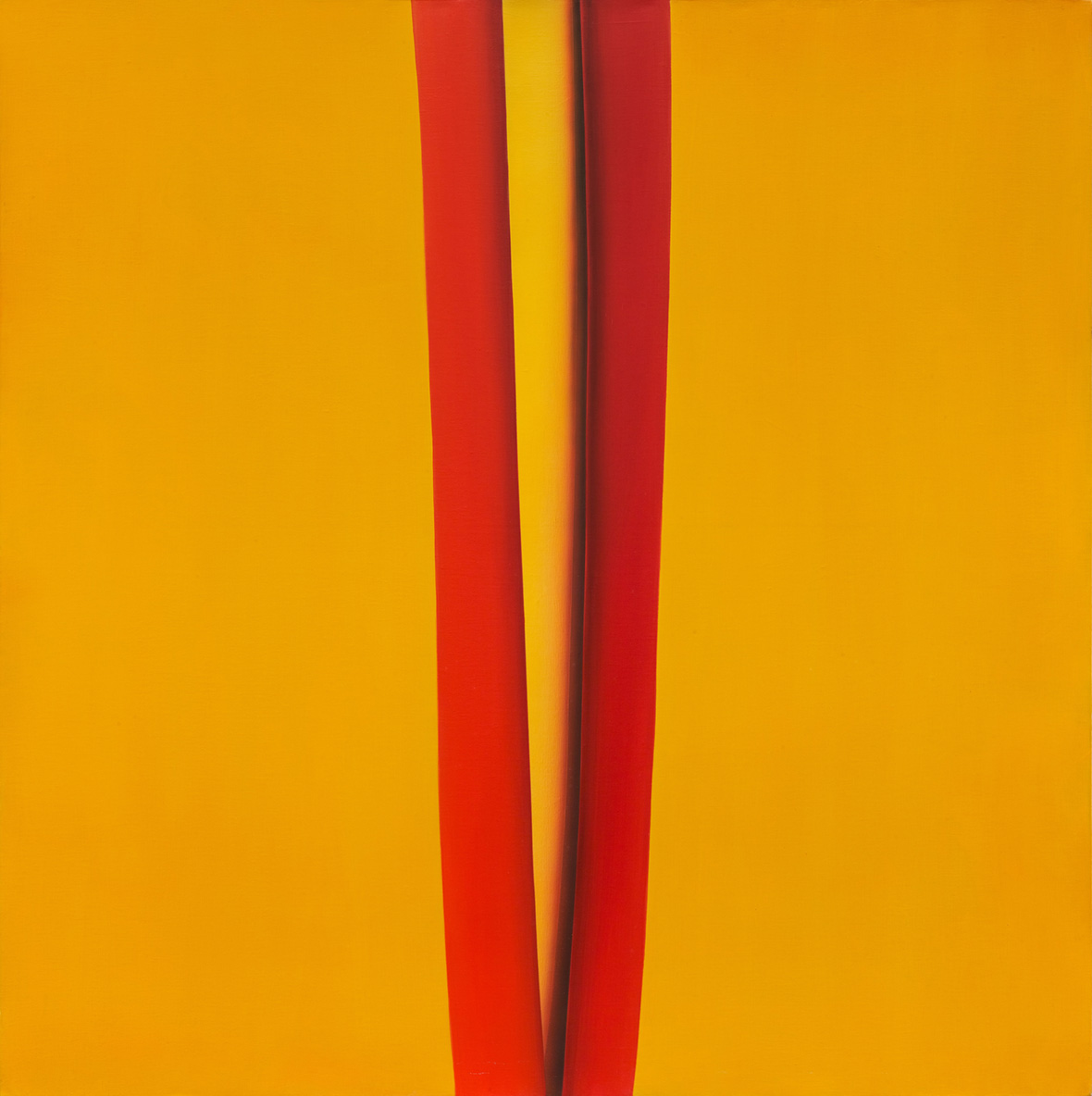
Despite her youth, Sun’s works show a remarkable confidence, and her paintings have been exhibited extensively both nationally and internationally. A Twinkle was a breakthrough for the artist, as the series connects twentieth-century trends to contemporary cultural contexts. In her precise hands, these cheerfully disposable toys take on a haunting permanence.
尽管年纪尚轻,但孙一钿的作品展现出非凡的自信力,频繁并广泛地在国内外进行展出。《一钿》是她的一次突破:整个系列将二十世纪的艺术元素与当代文化背景联系了起来。在她精准的画笔下,这些有趣的 “一次性” 玩具令人过目难忘。
Like our stories? Follow us on Facebook and Instagram.
Contributor: Tomás Pinheiro
Chinese Translation: Olivia Li
Images Courtesy of Bank Gallery / Mab Society

